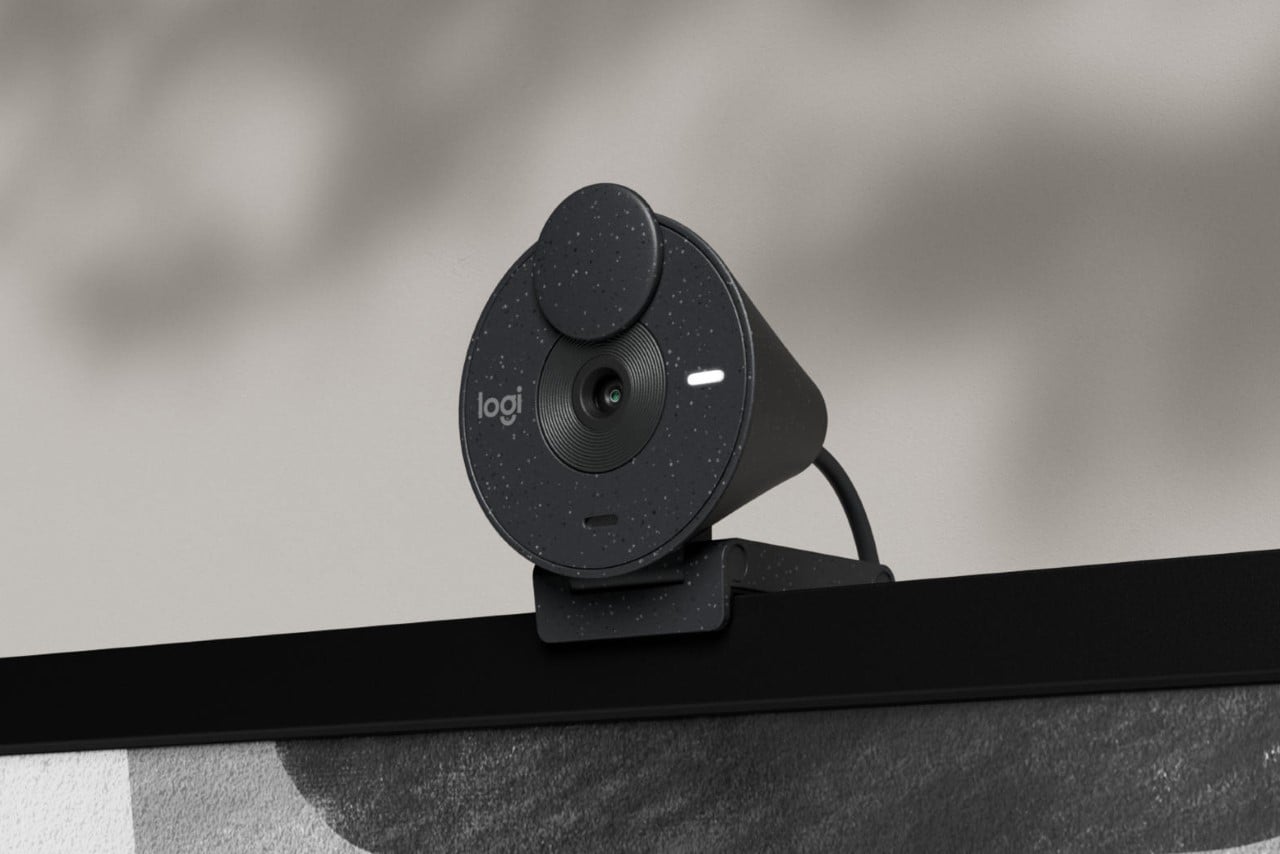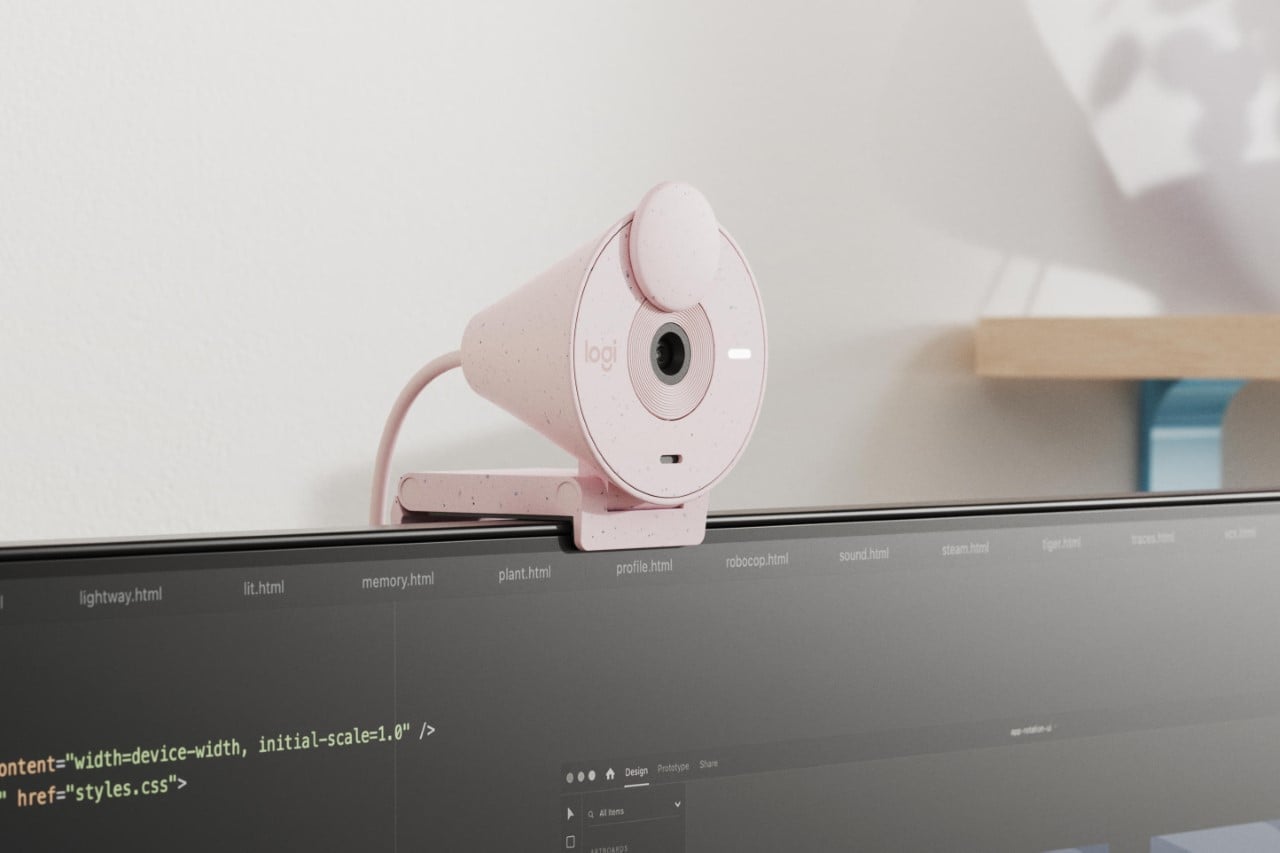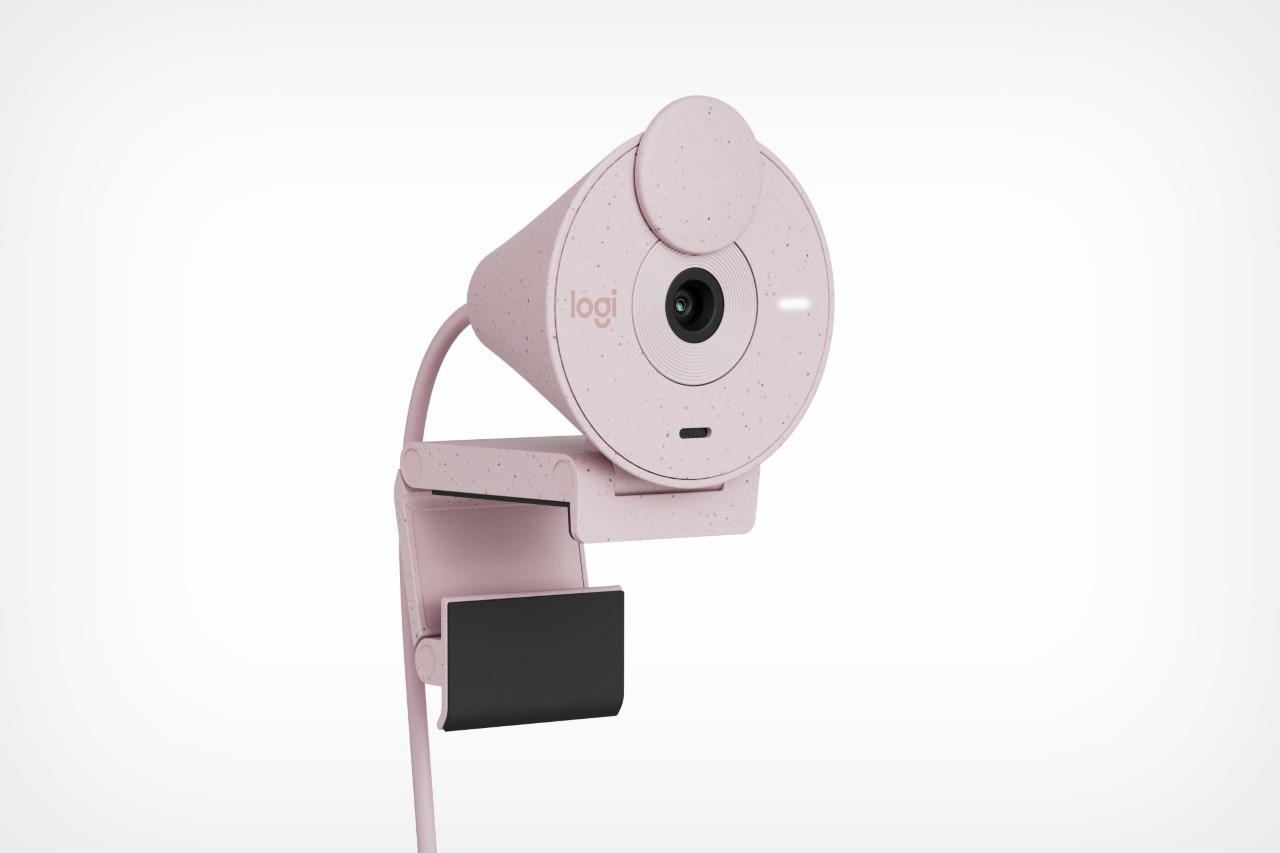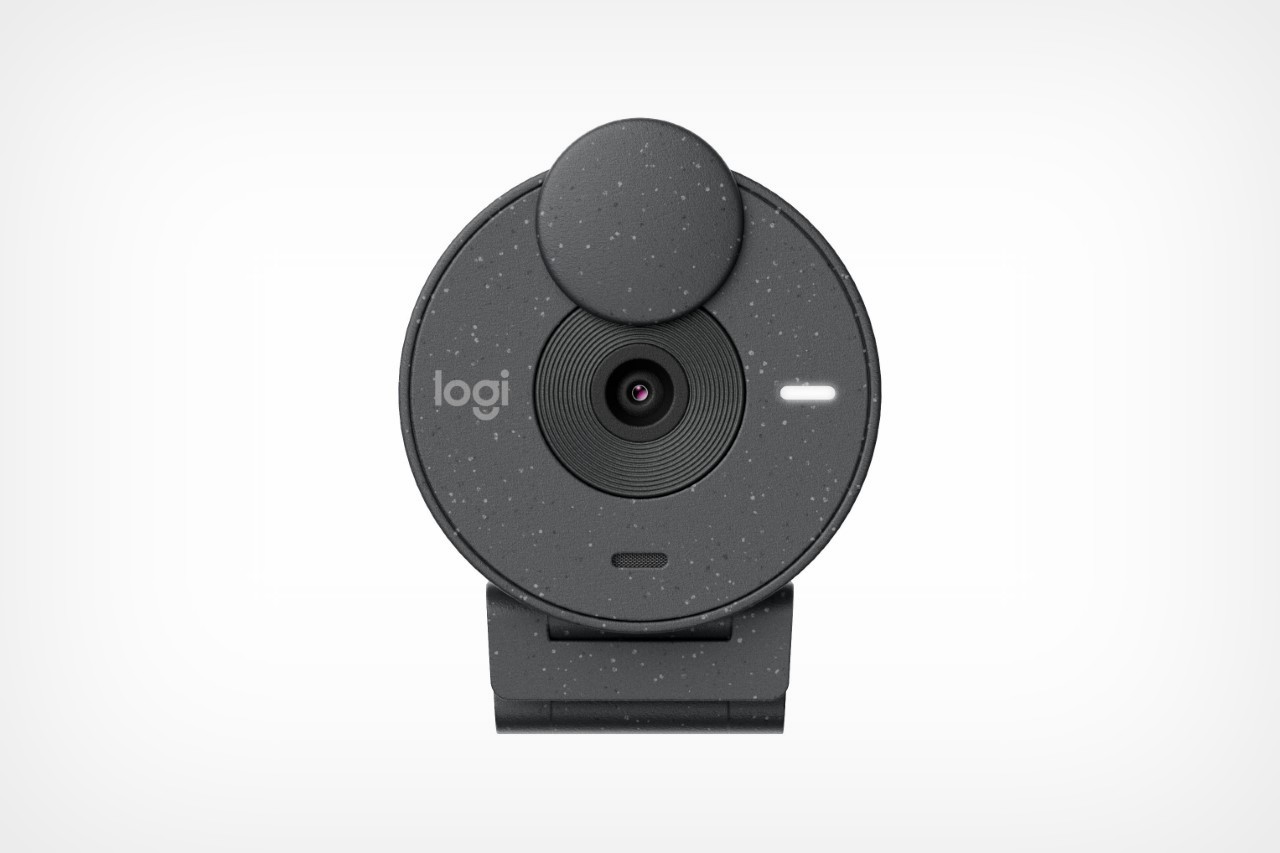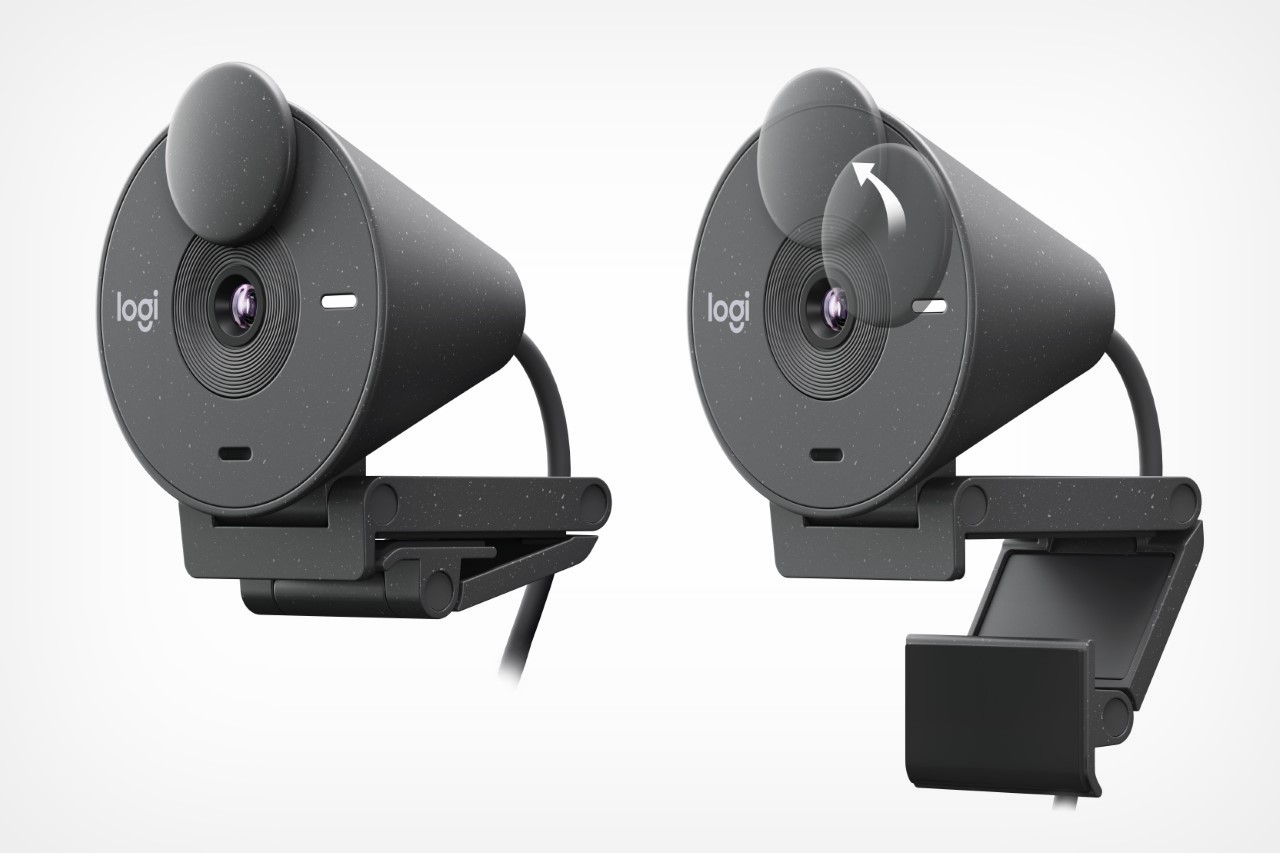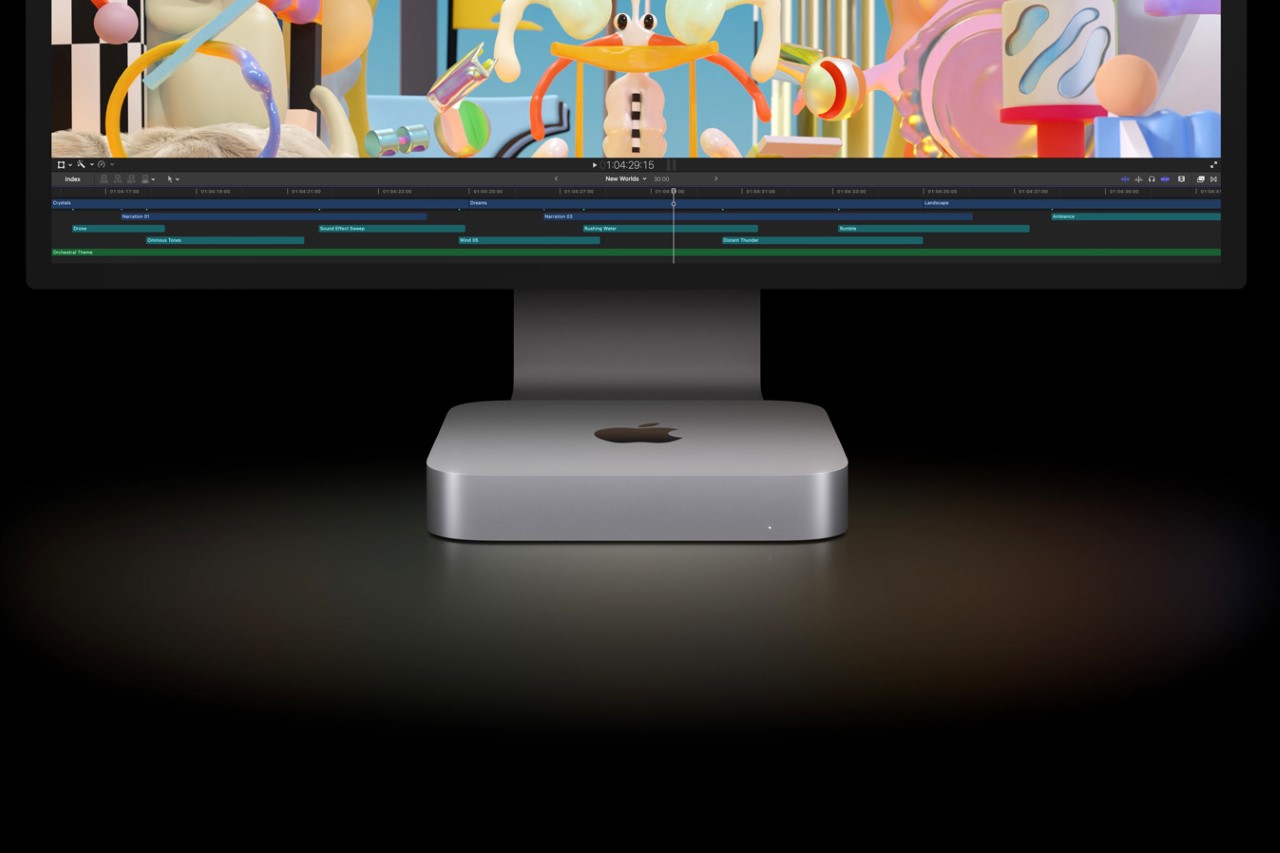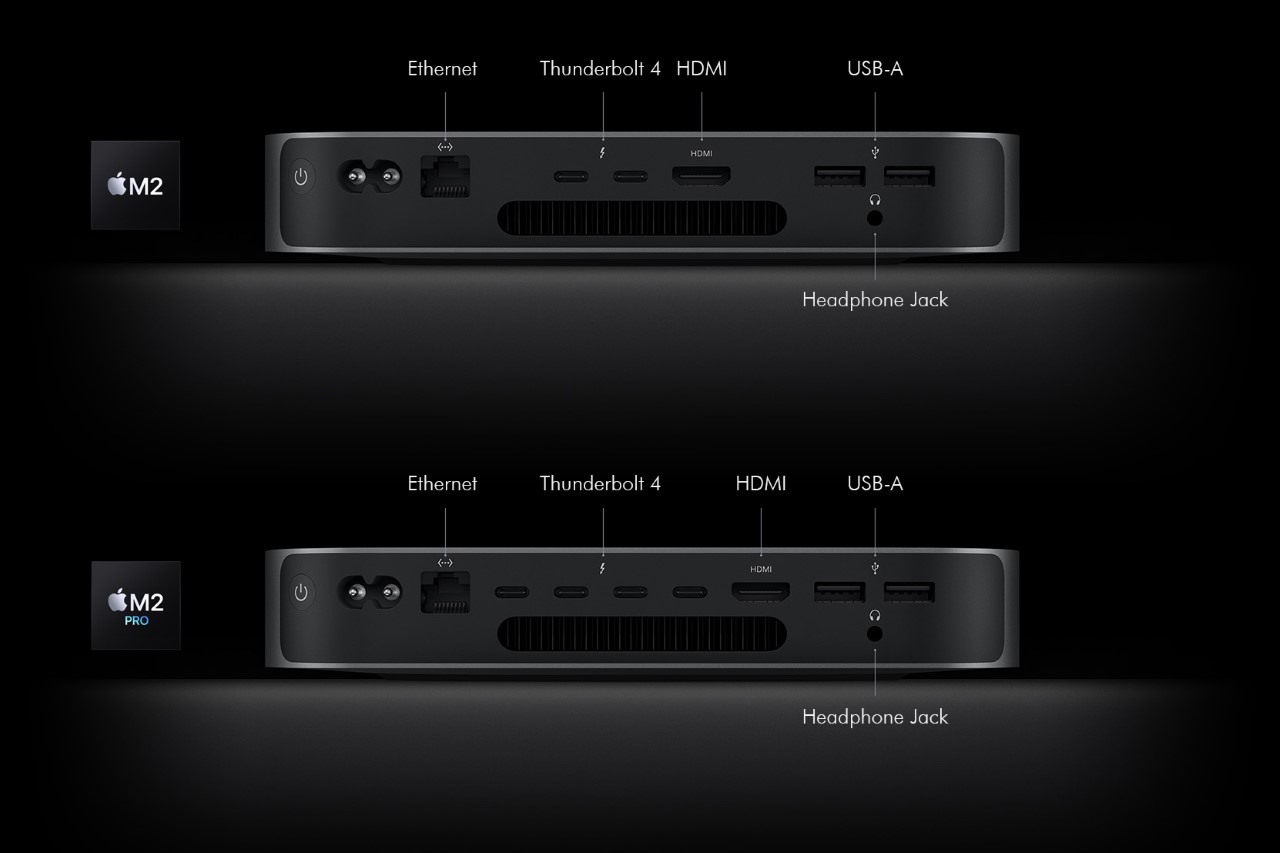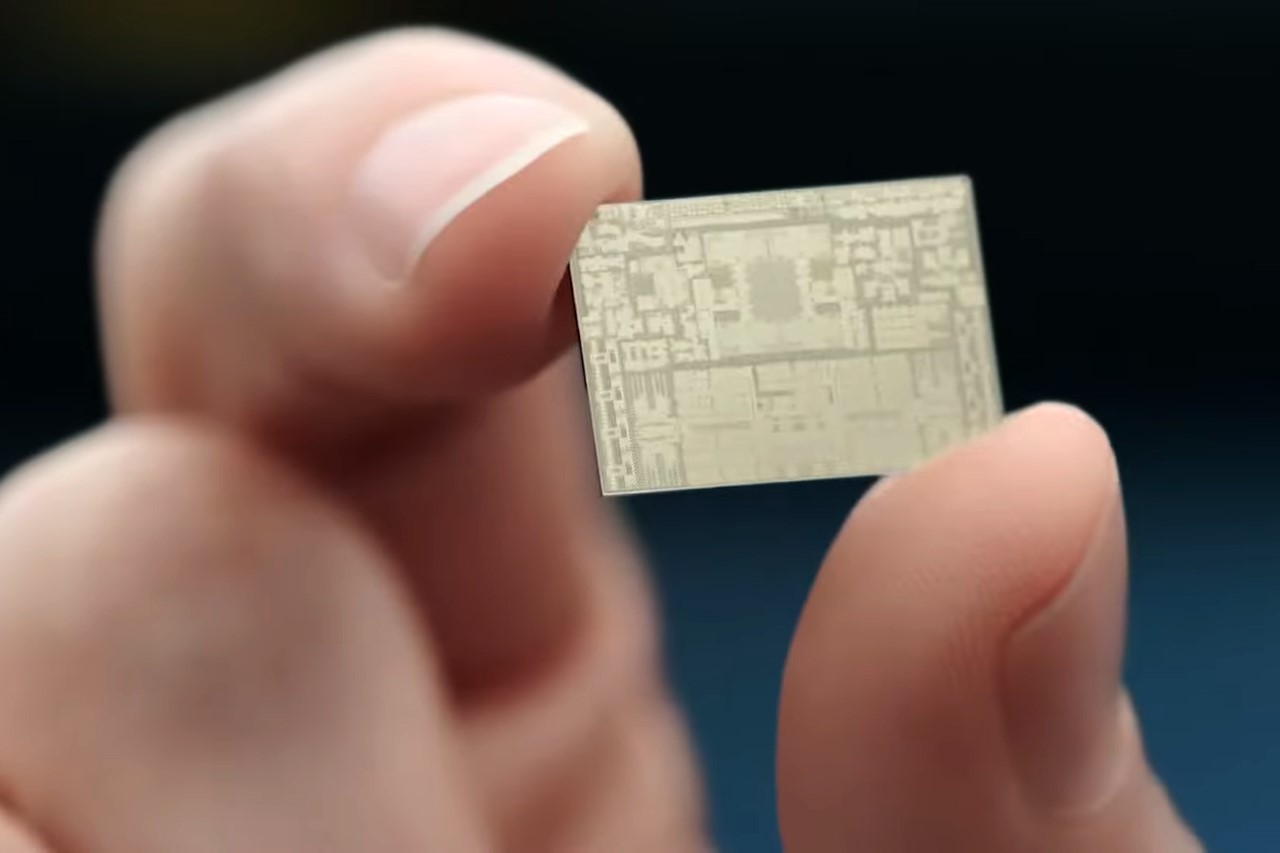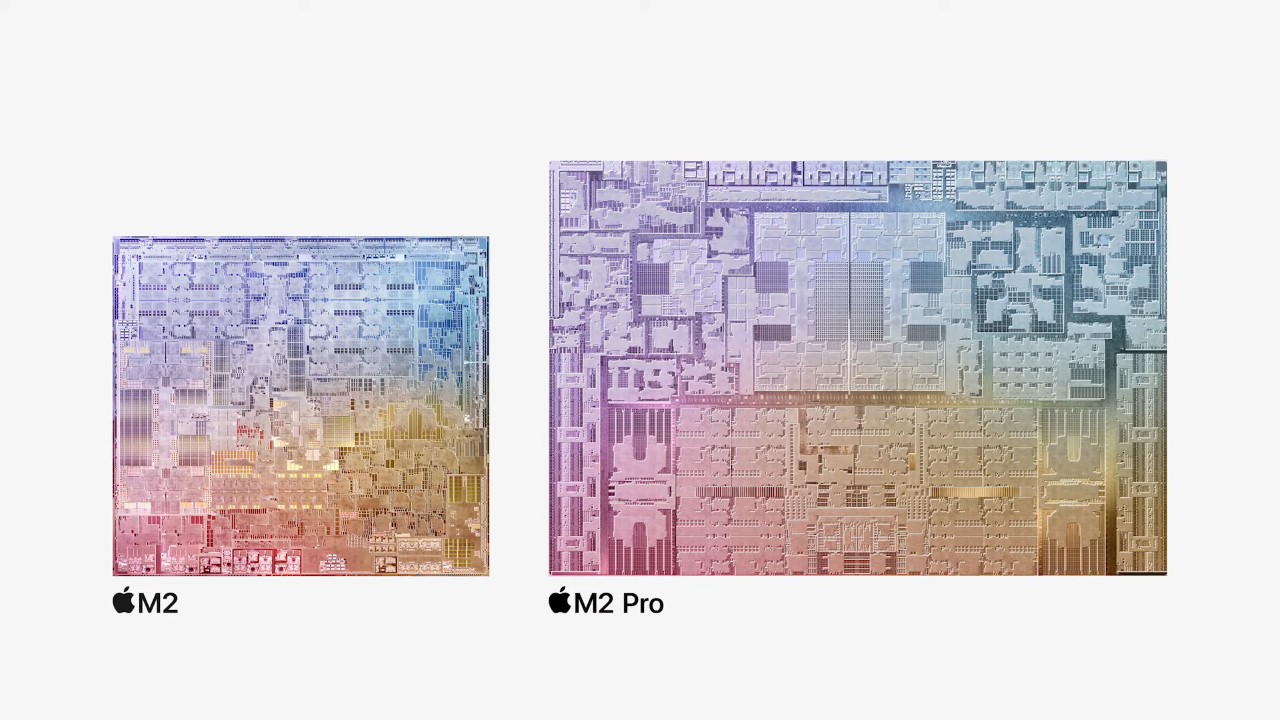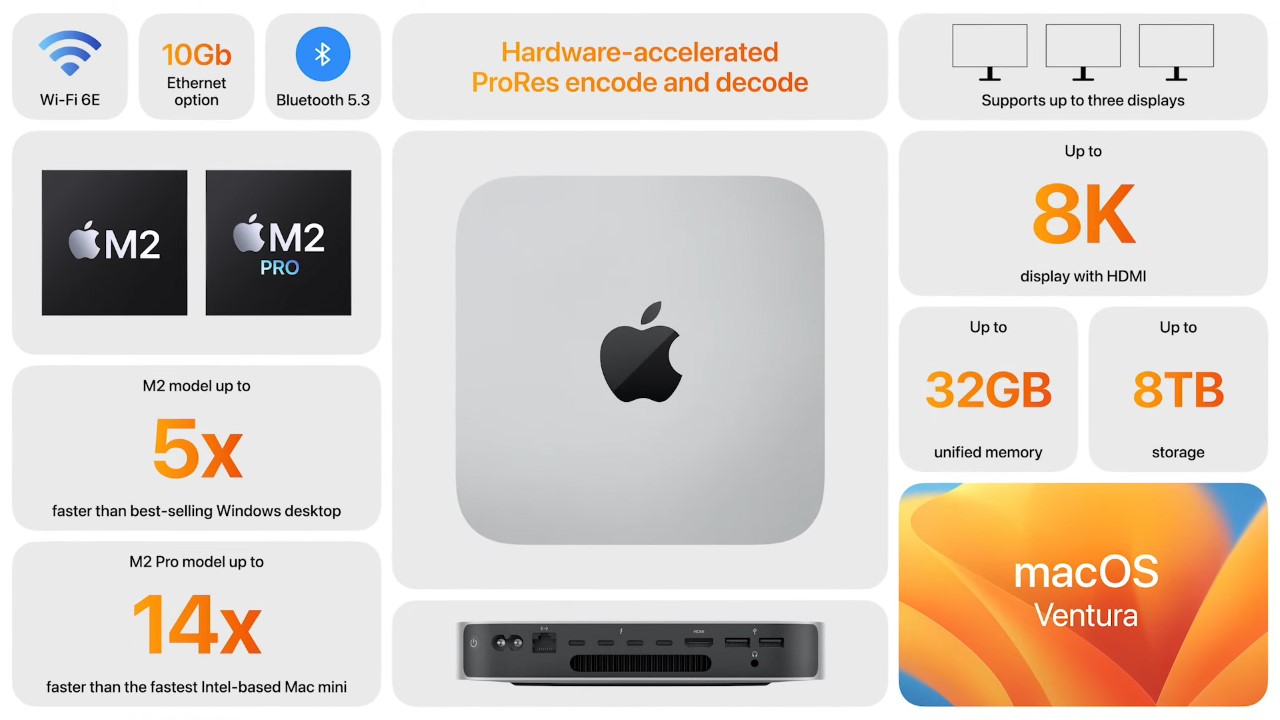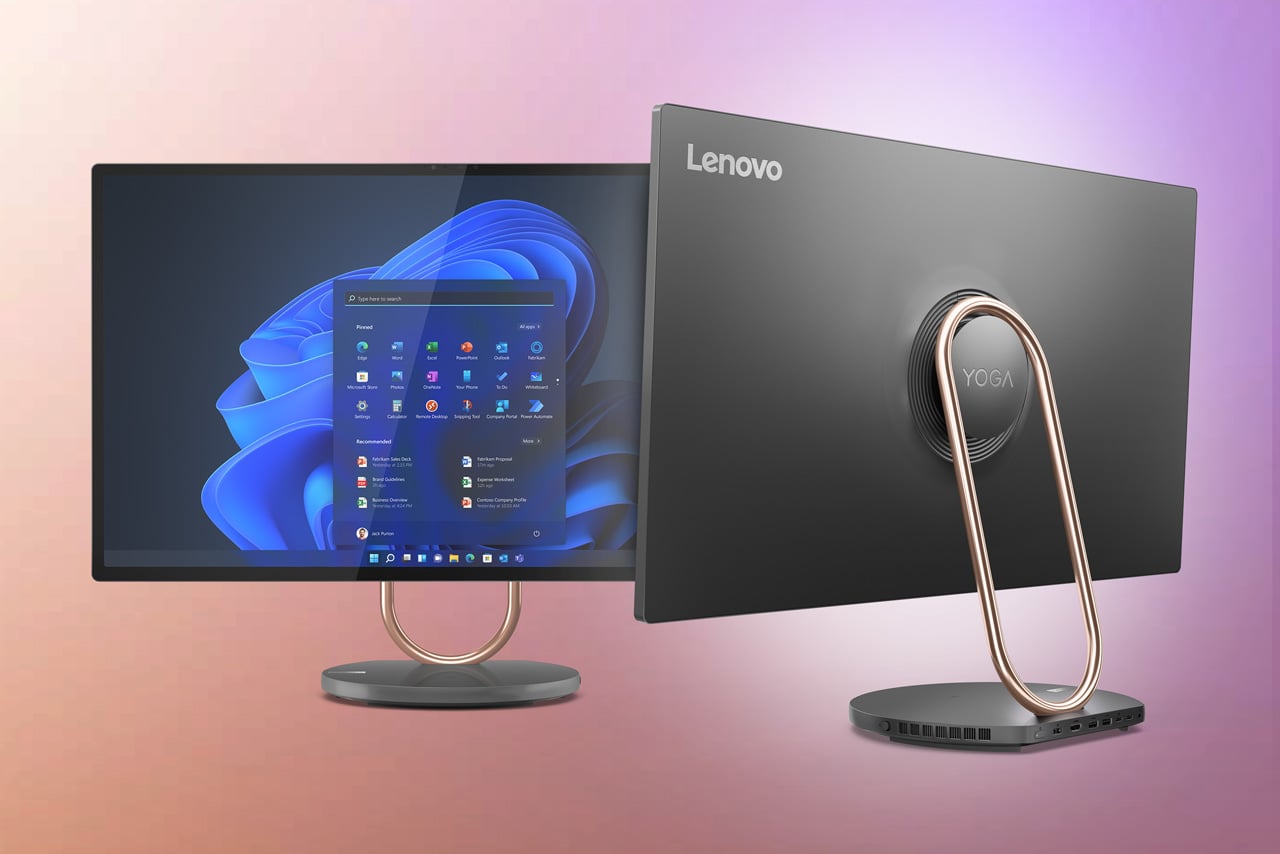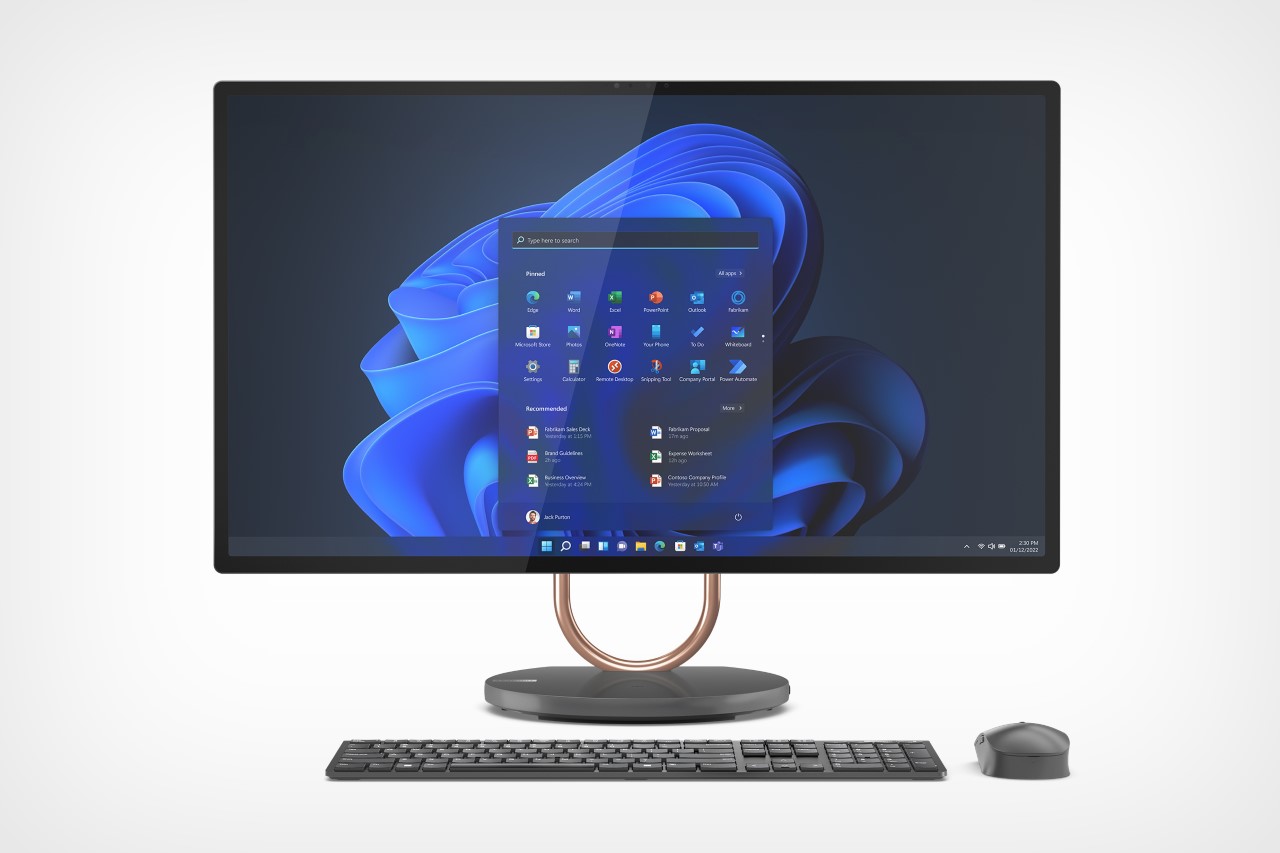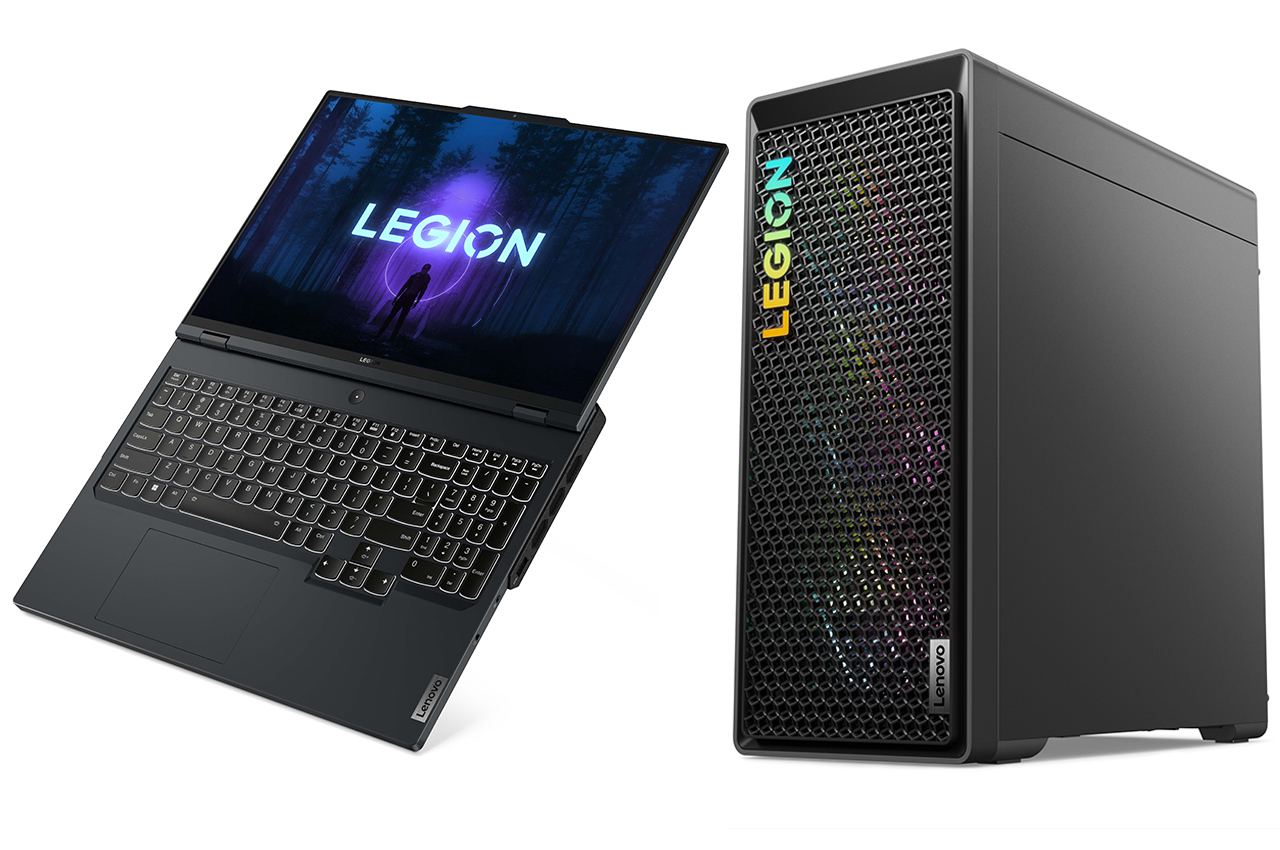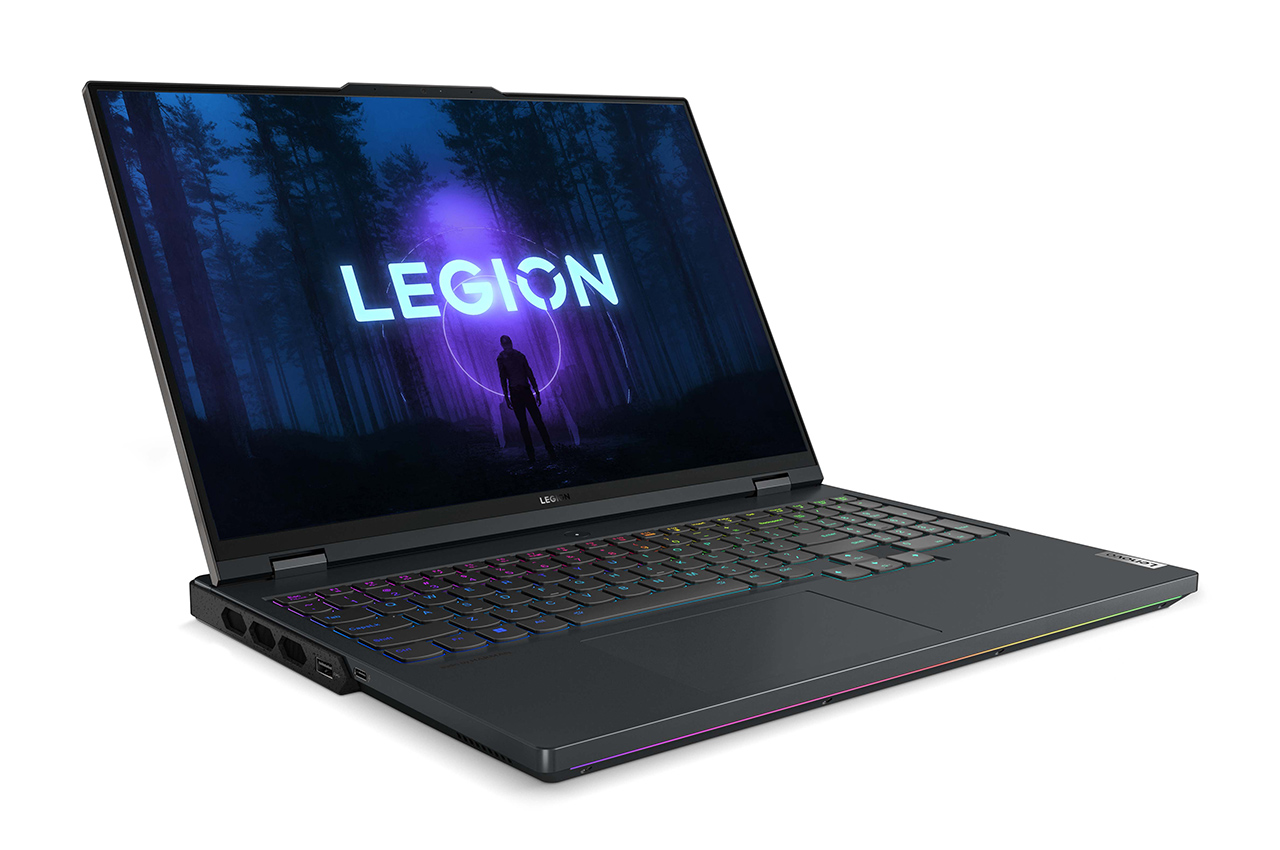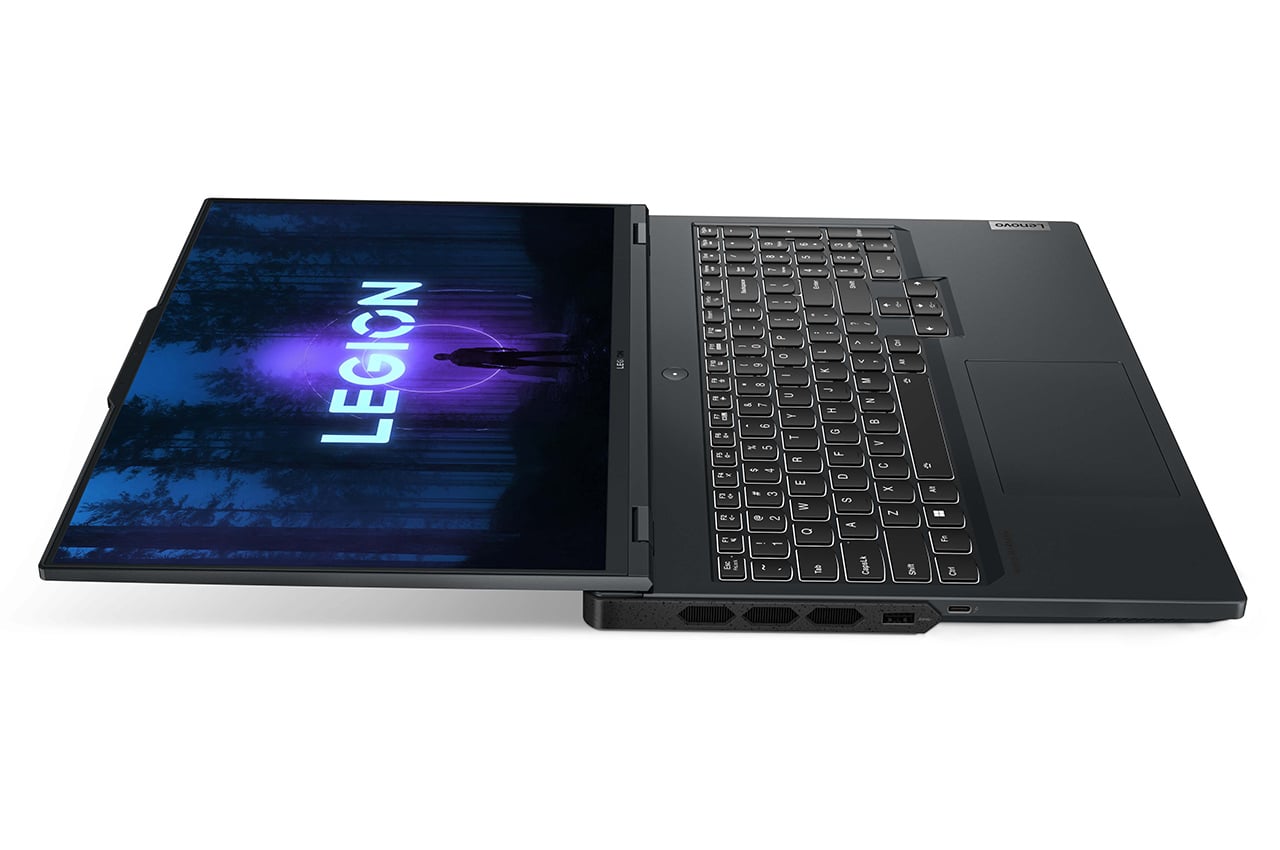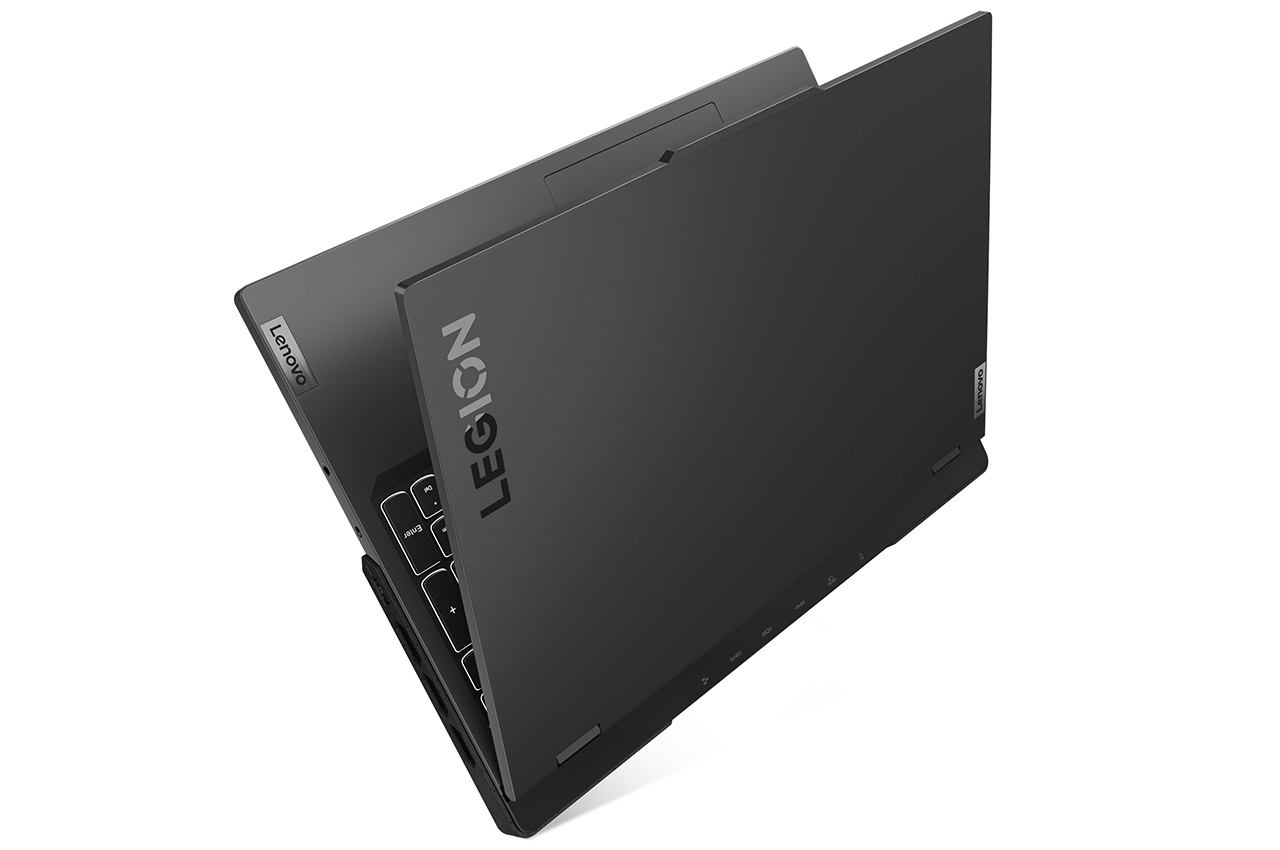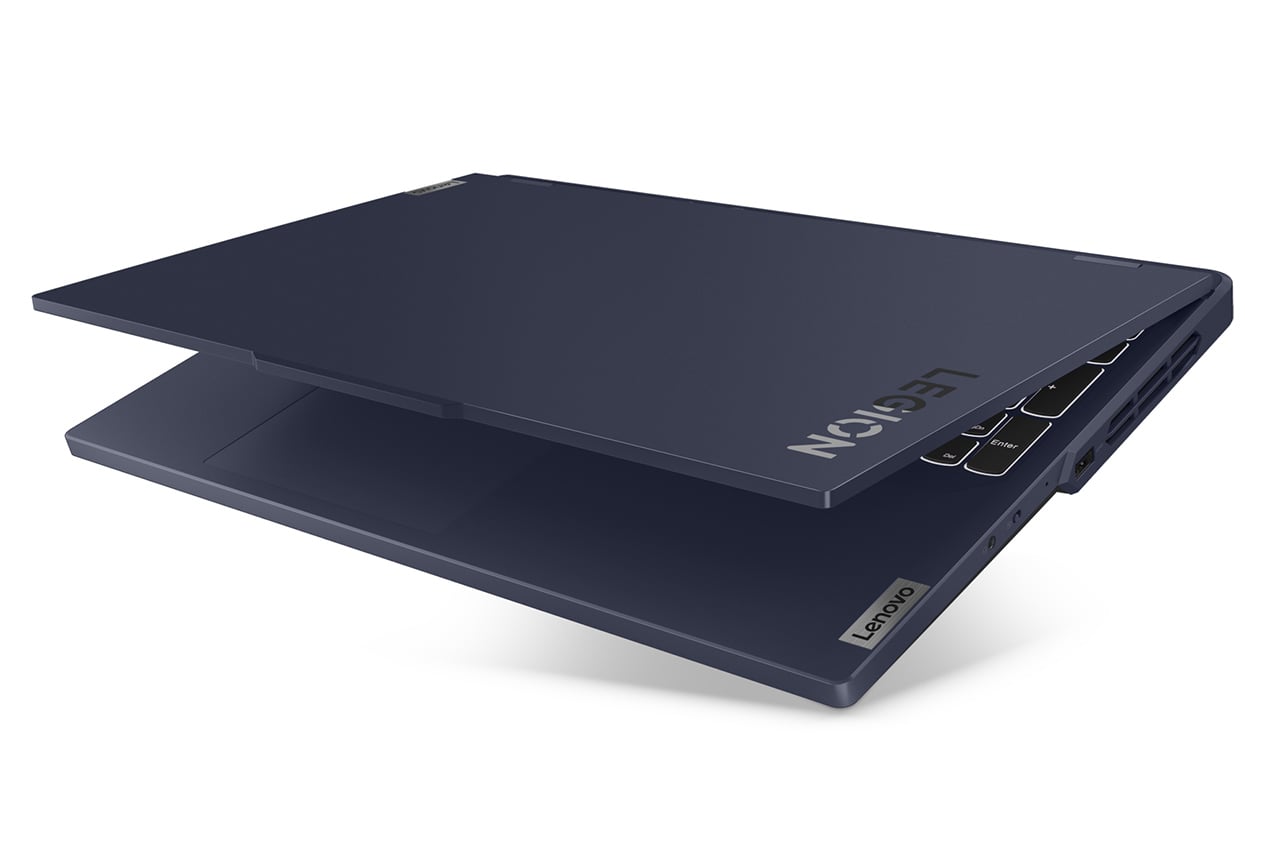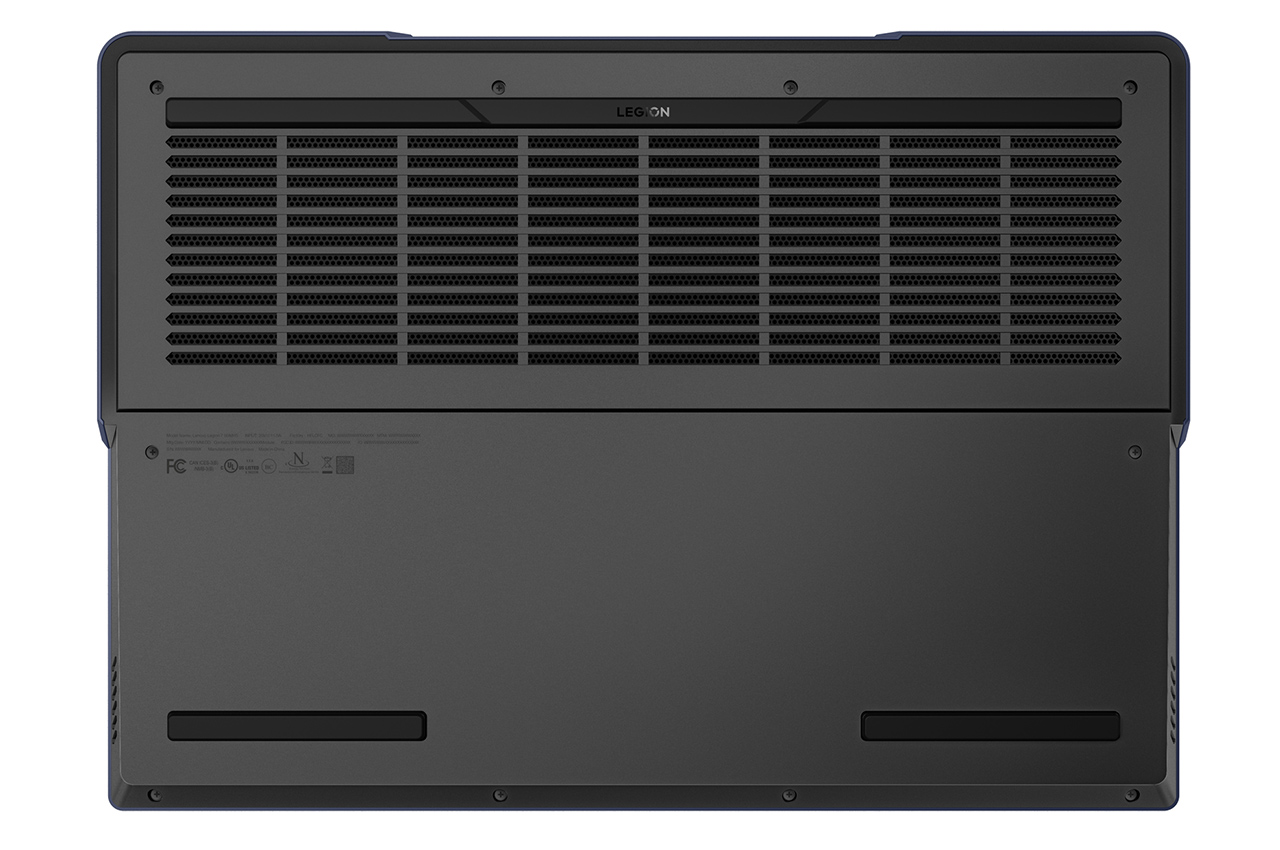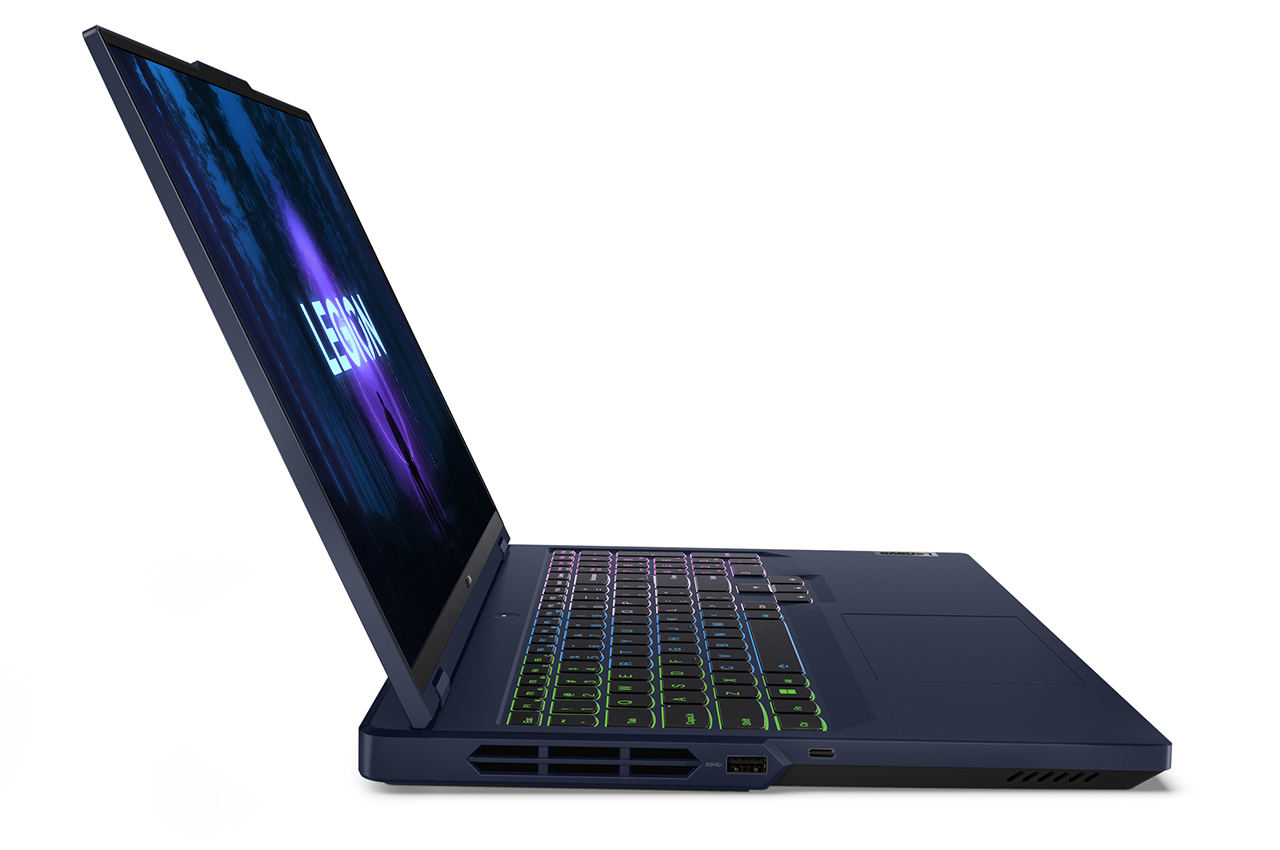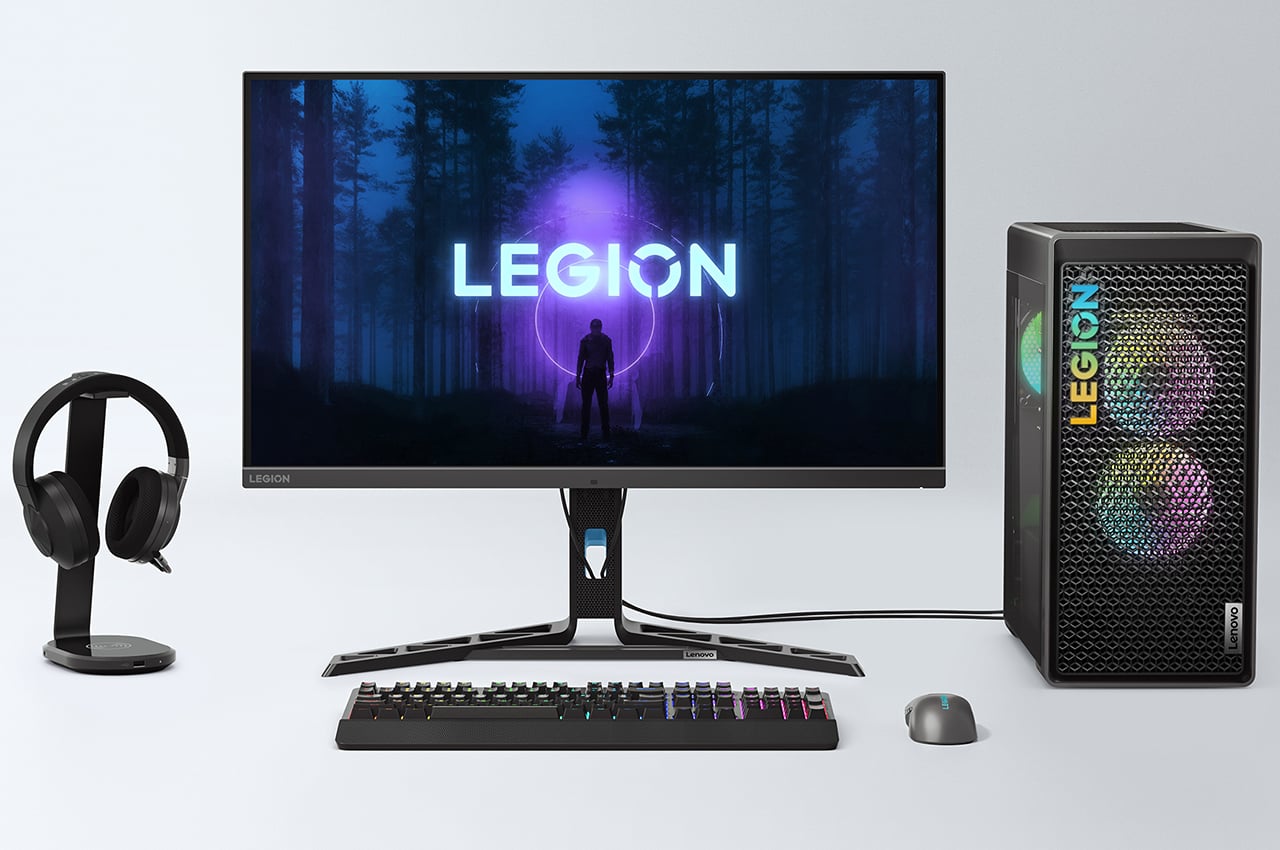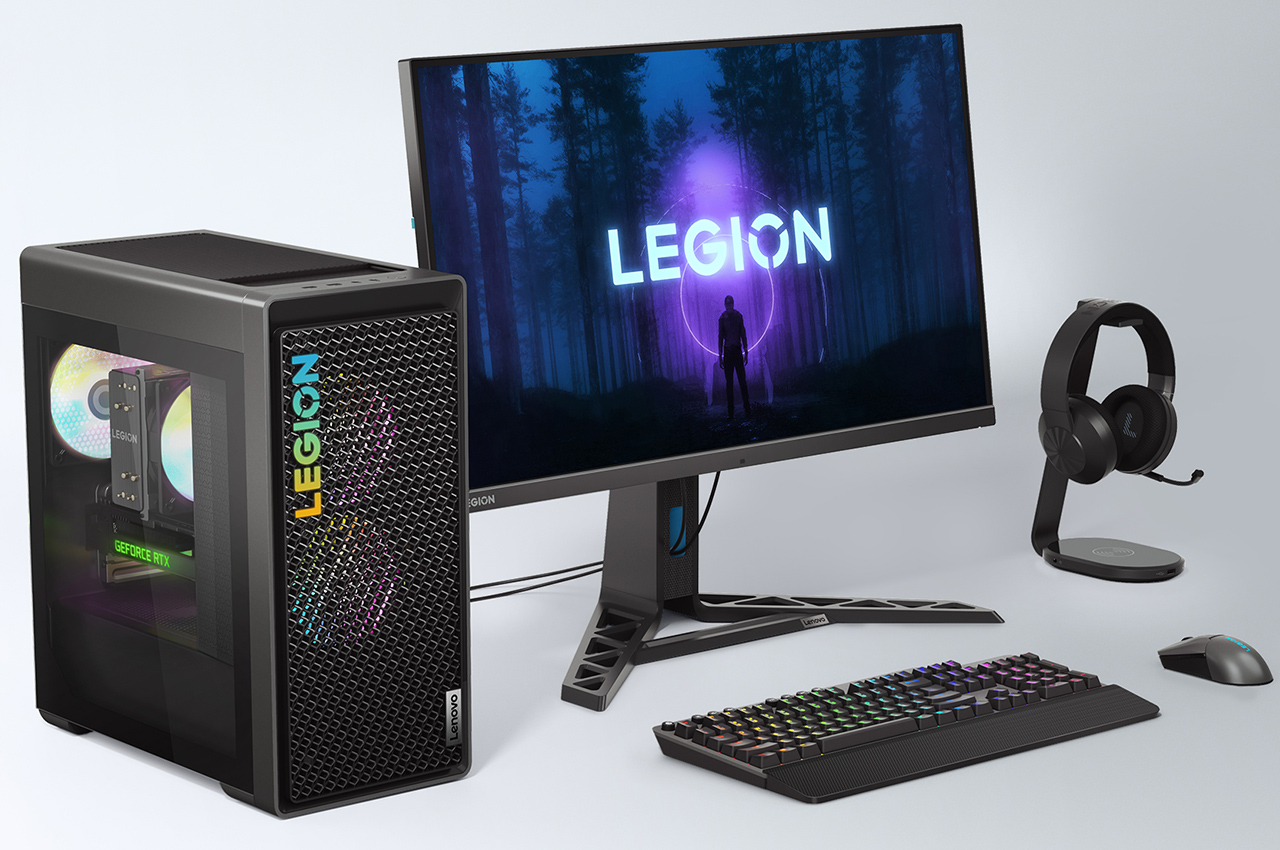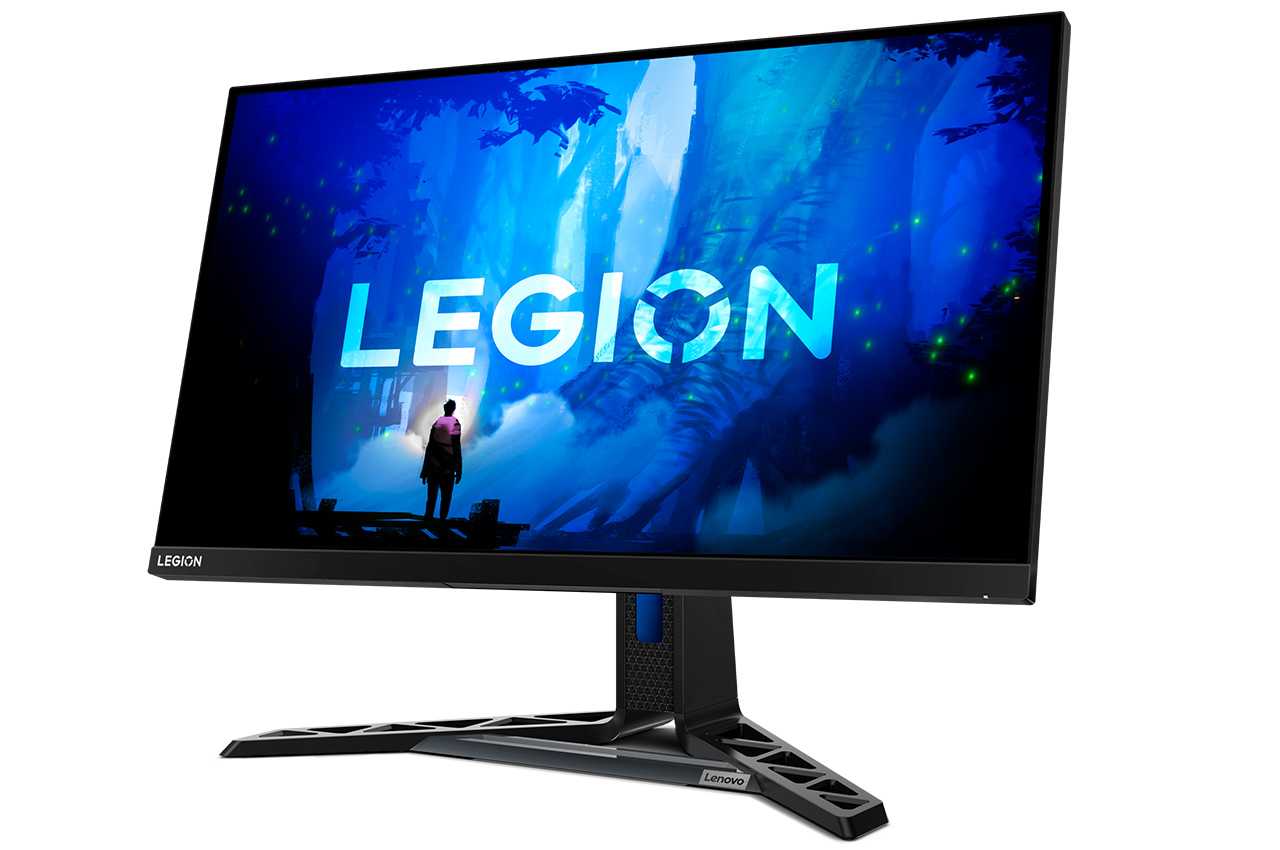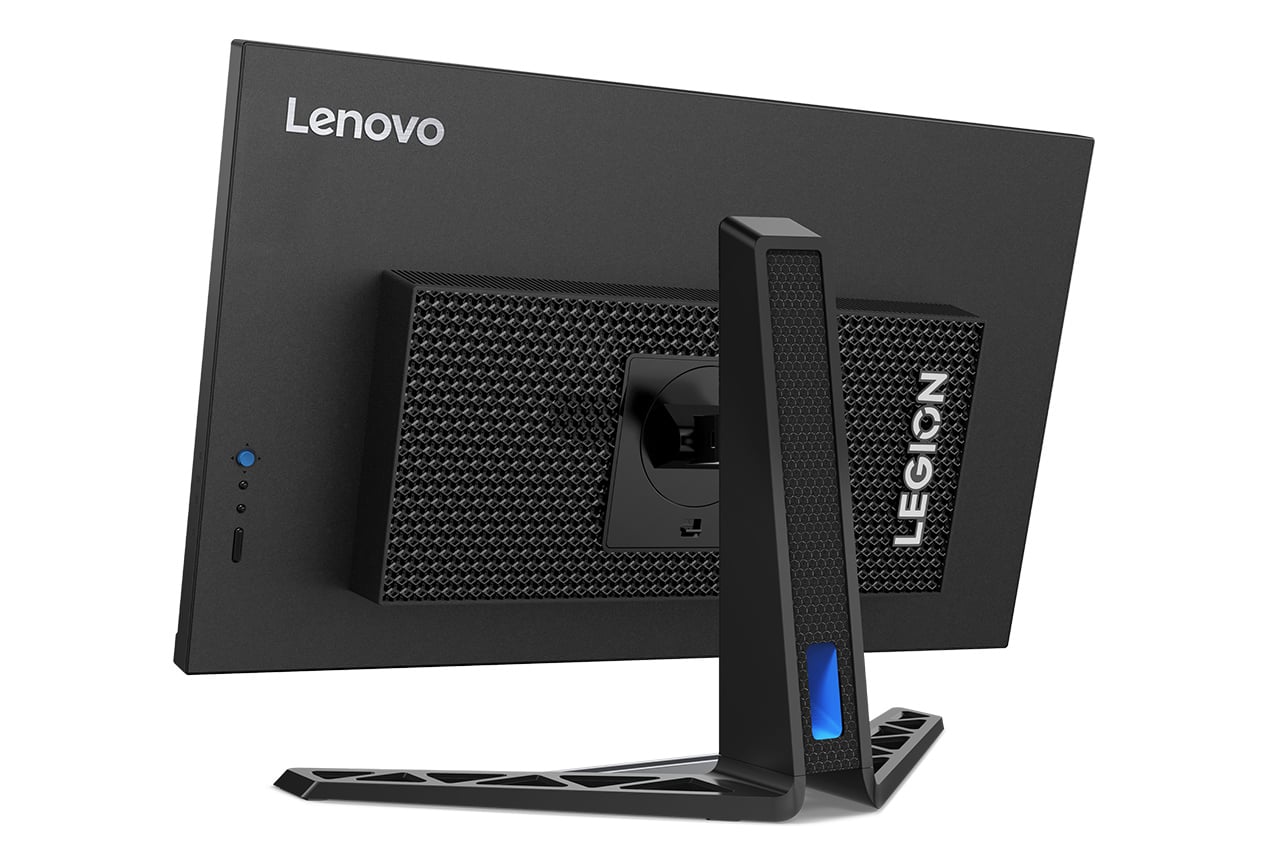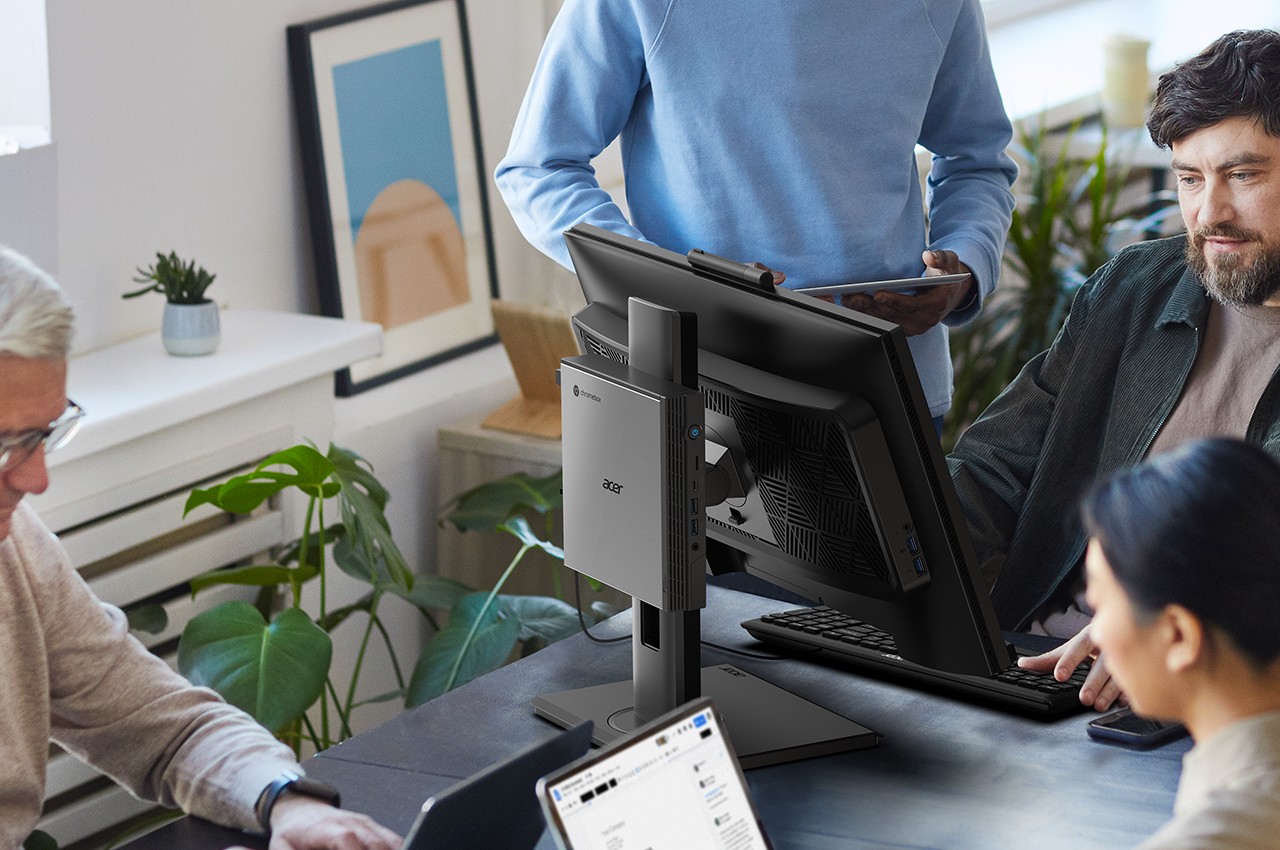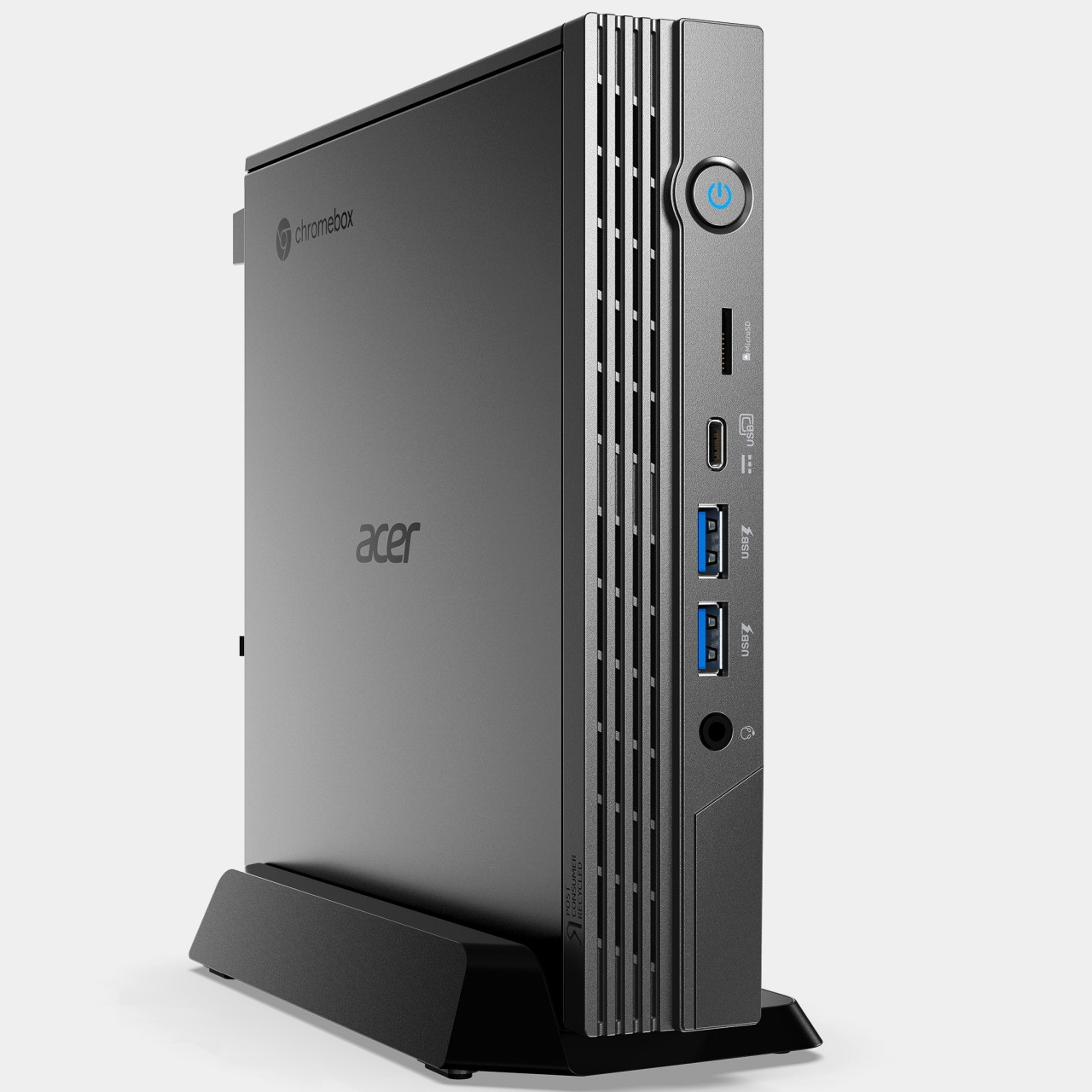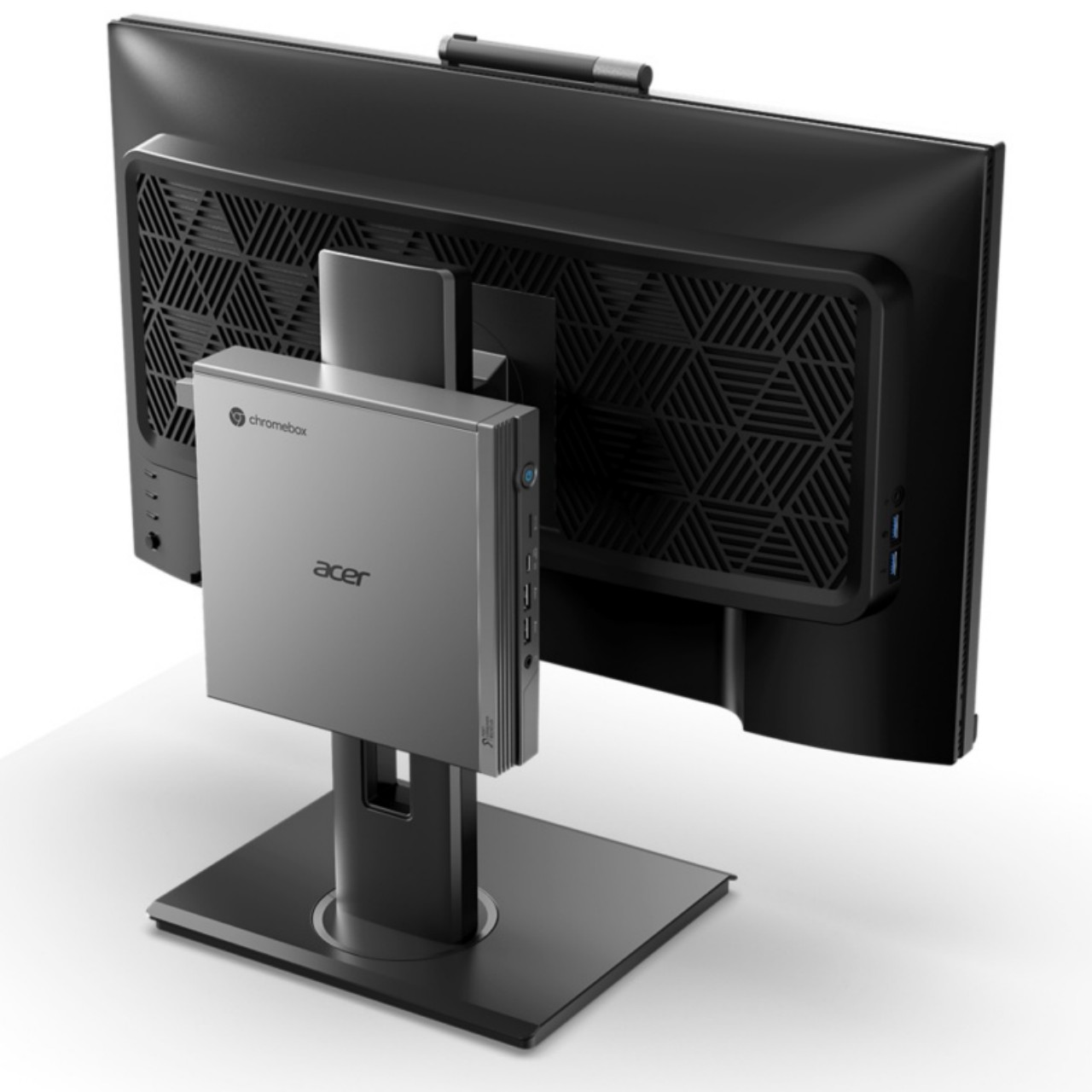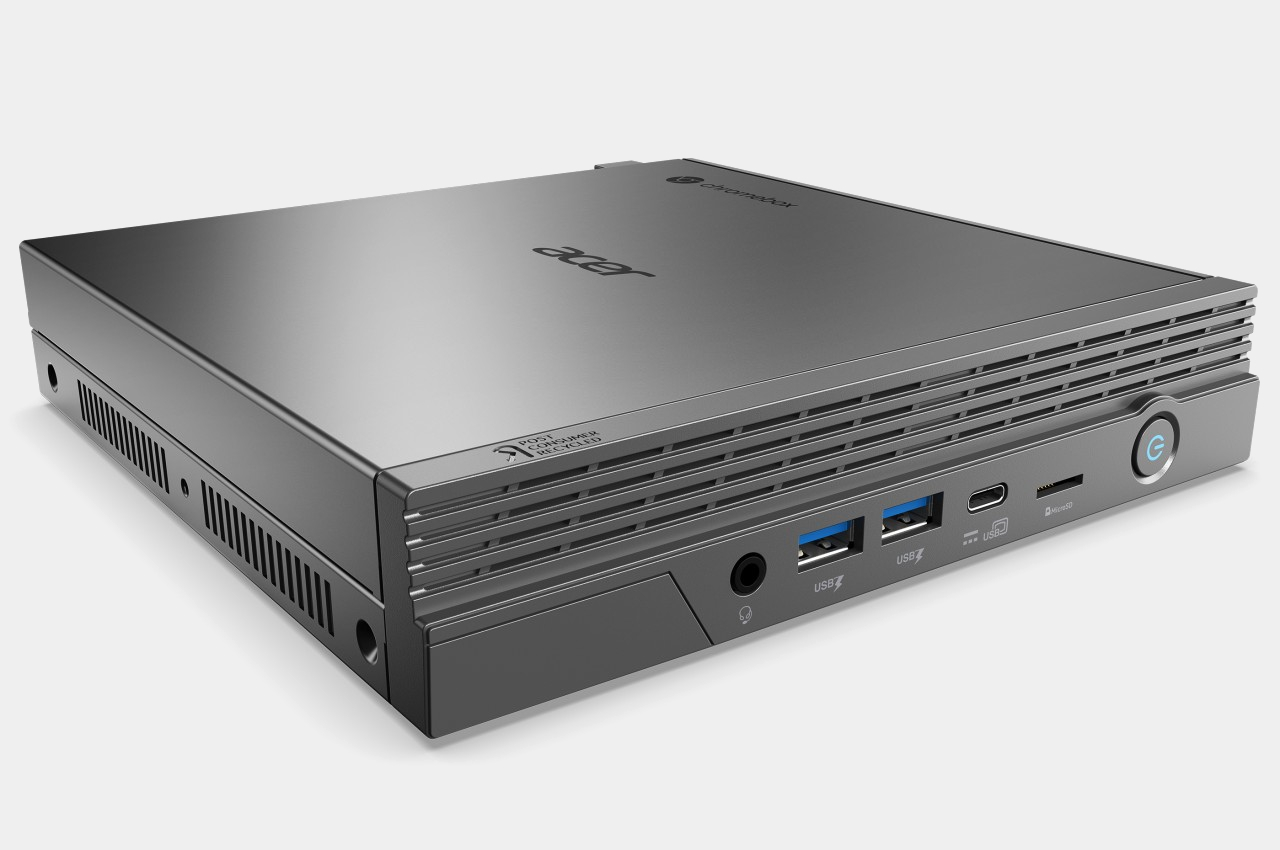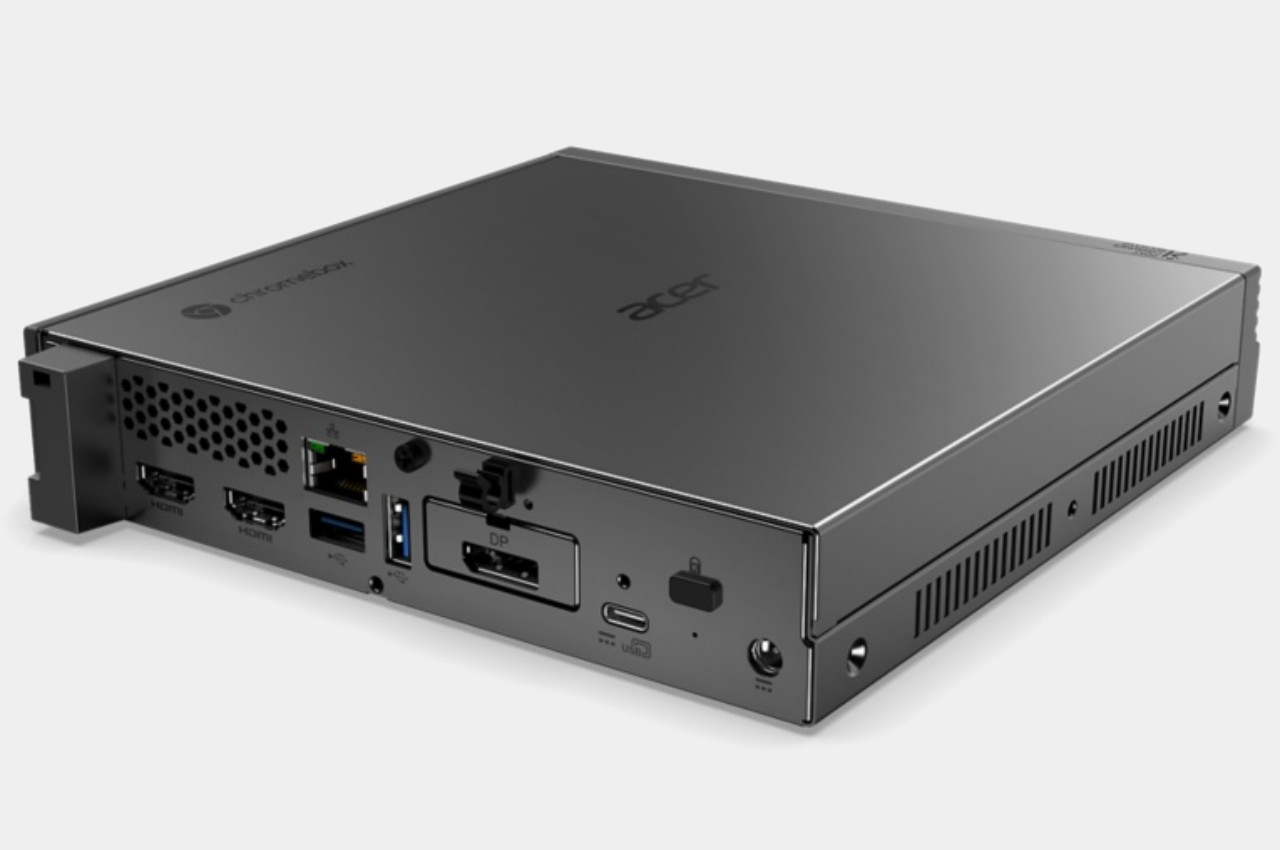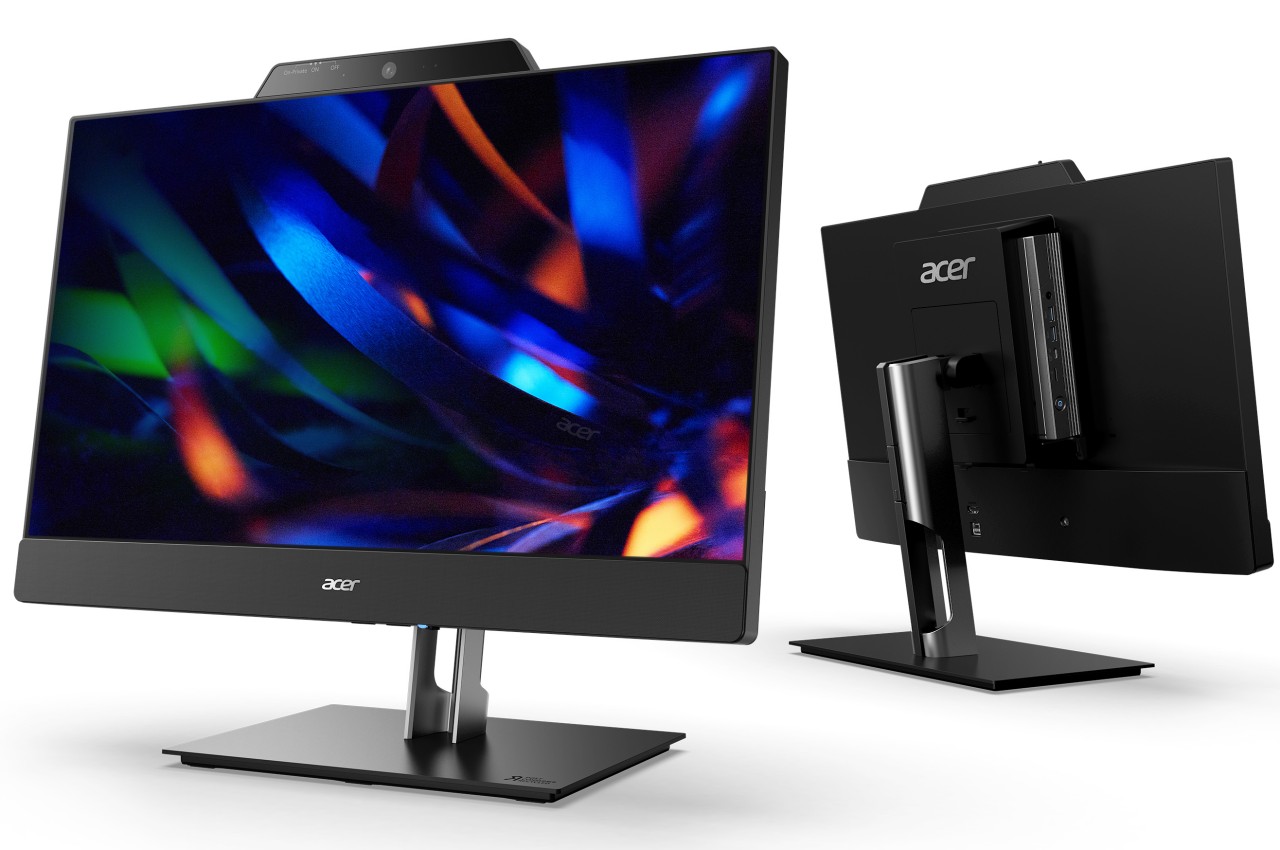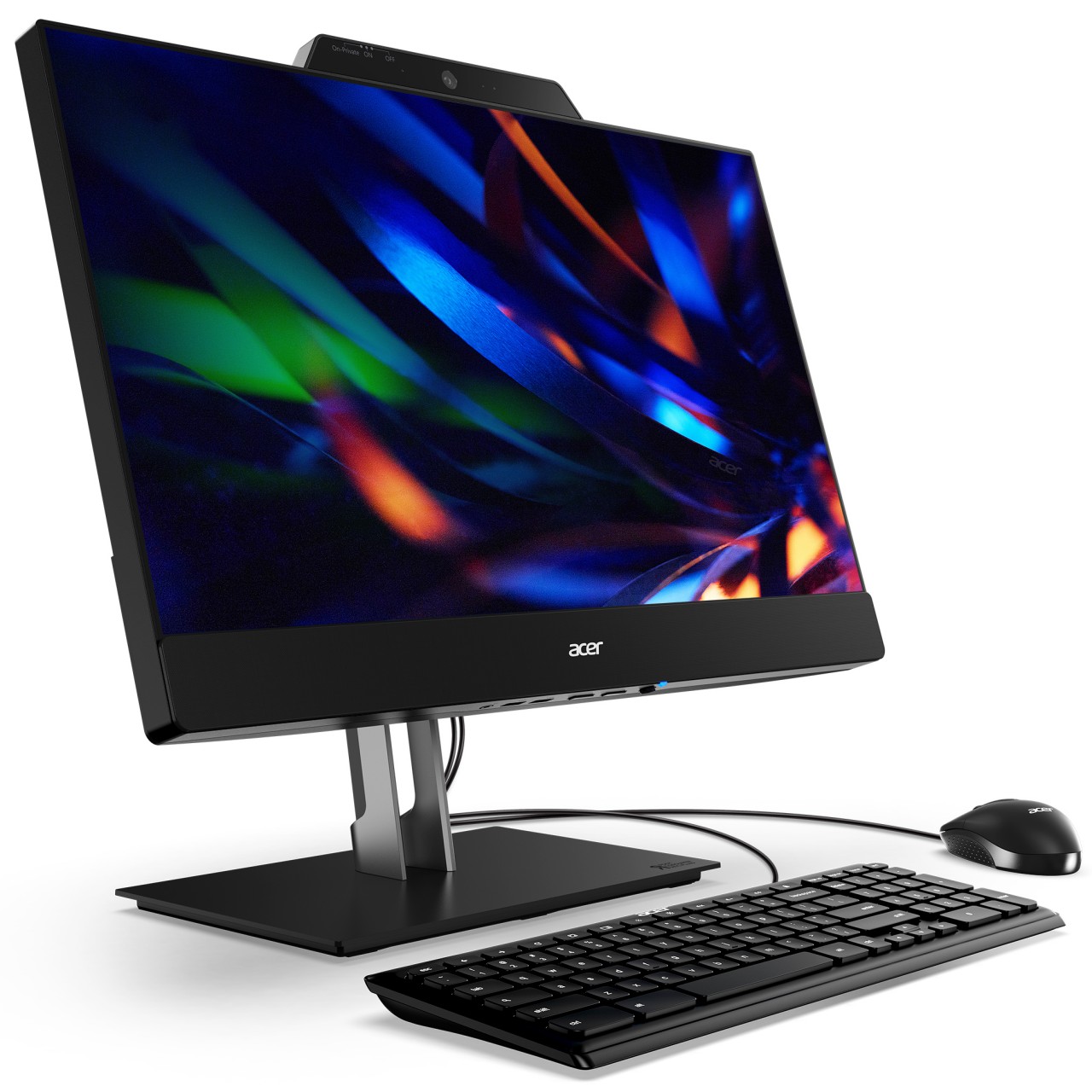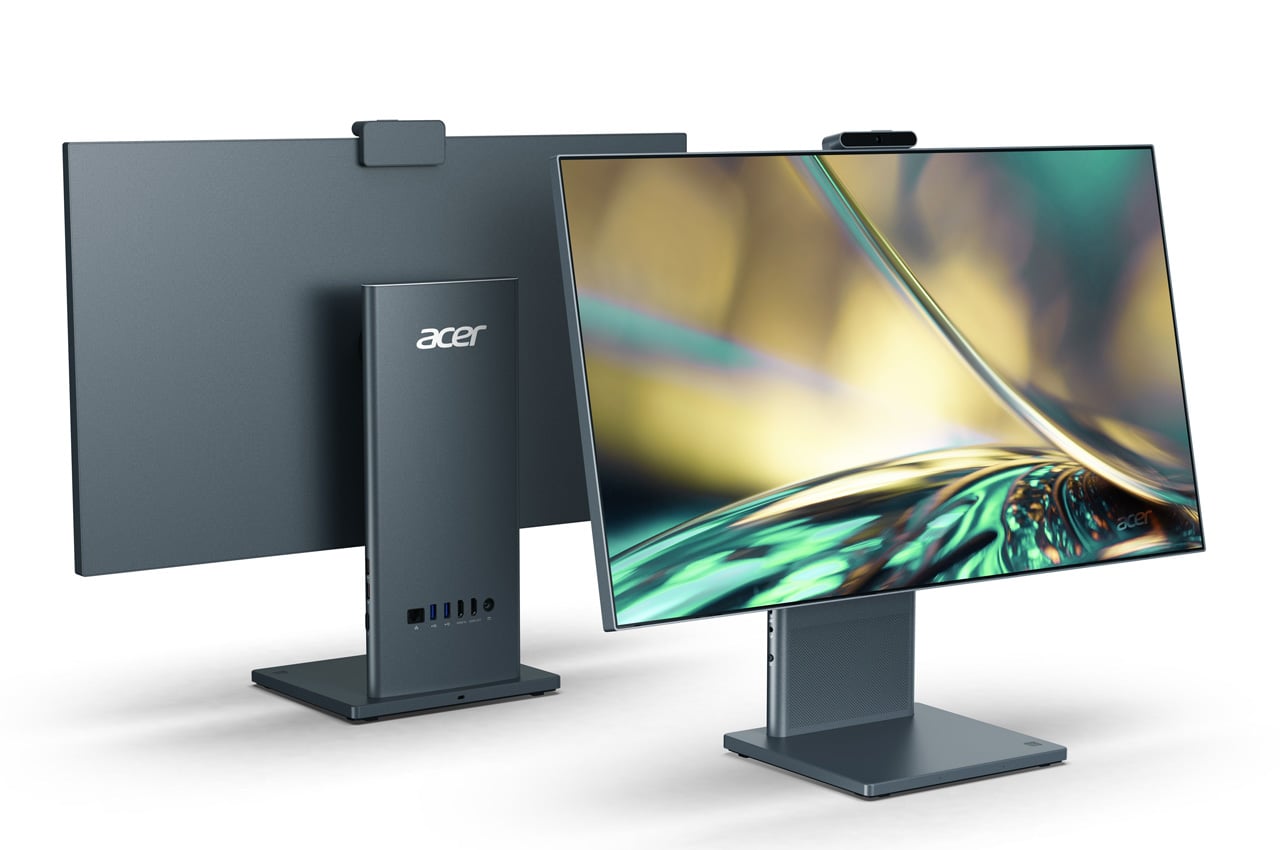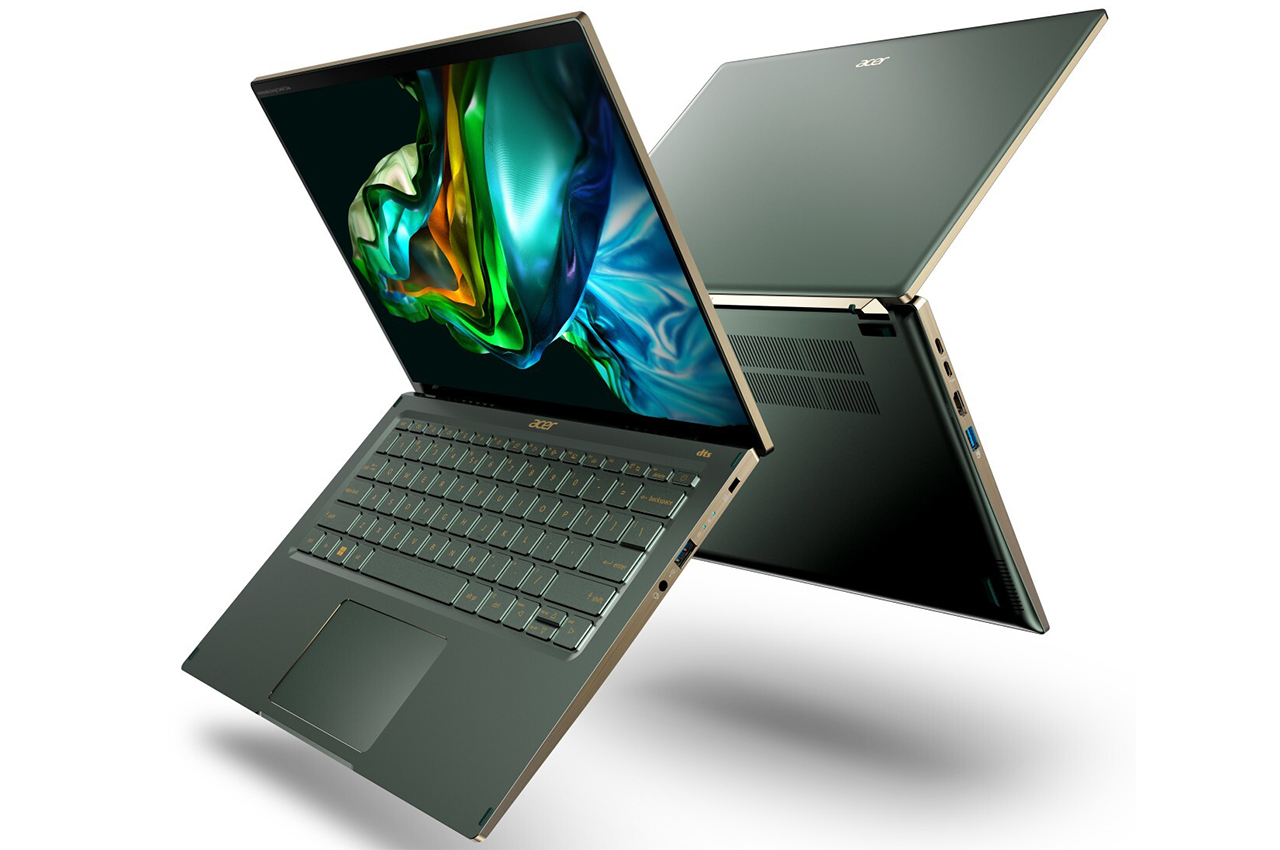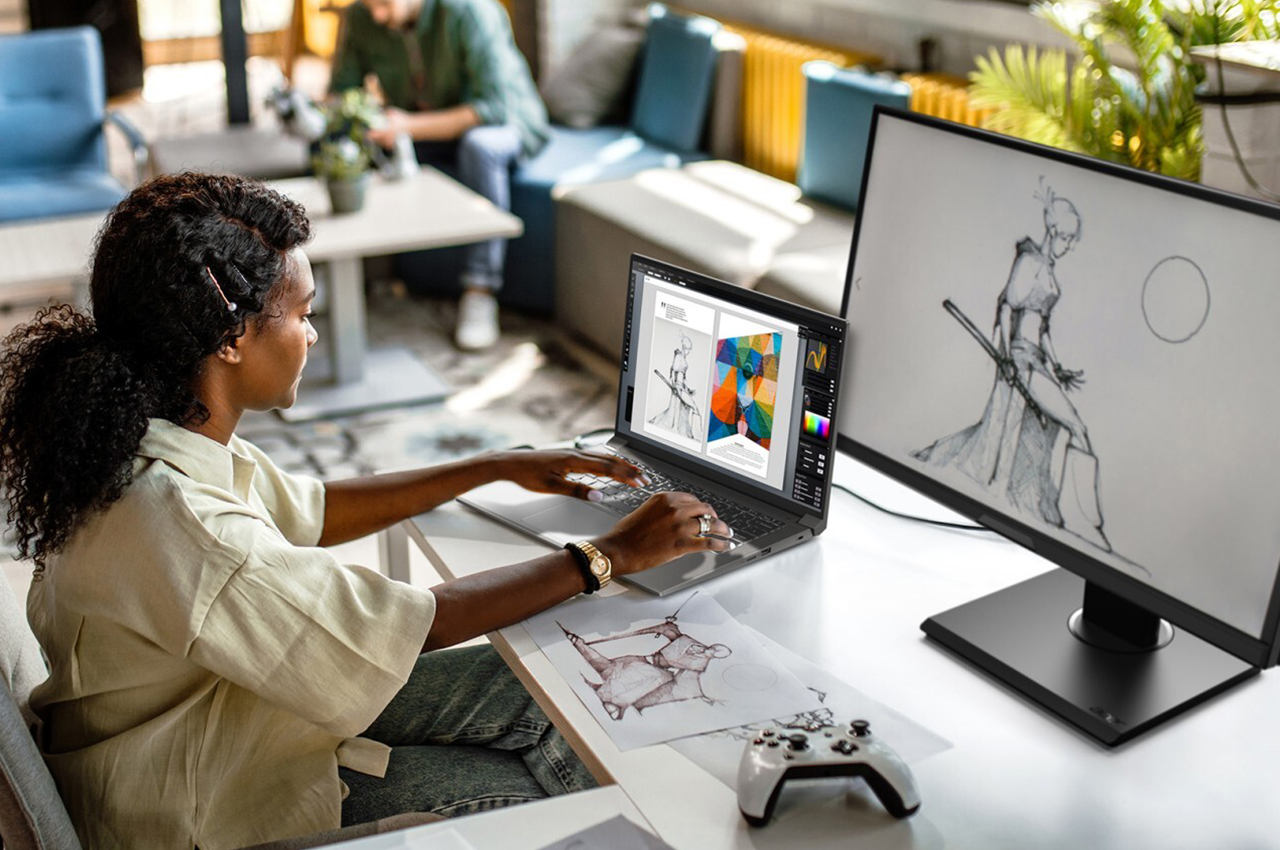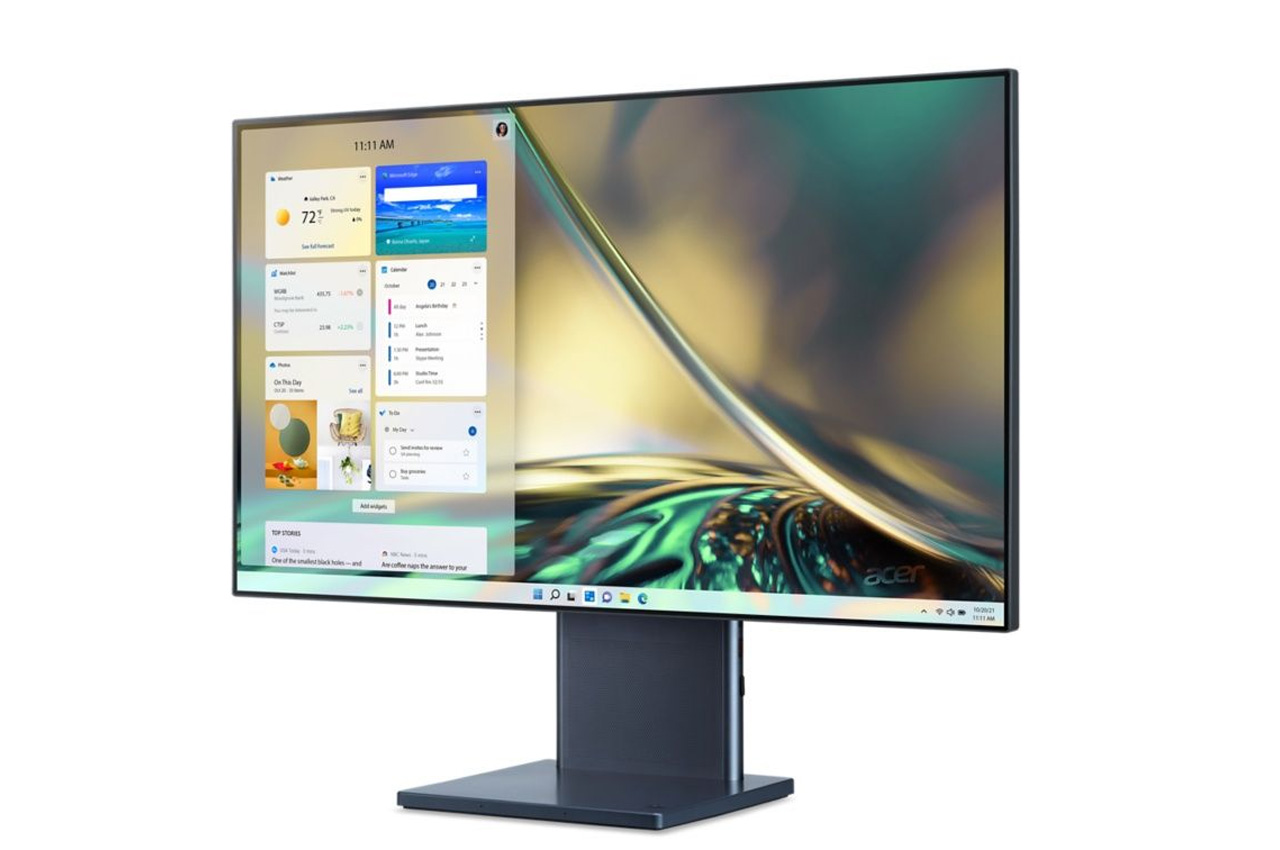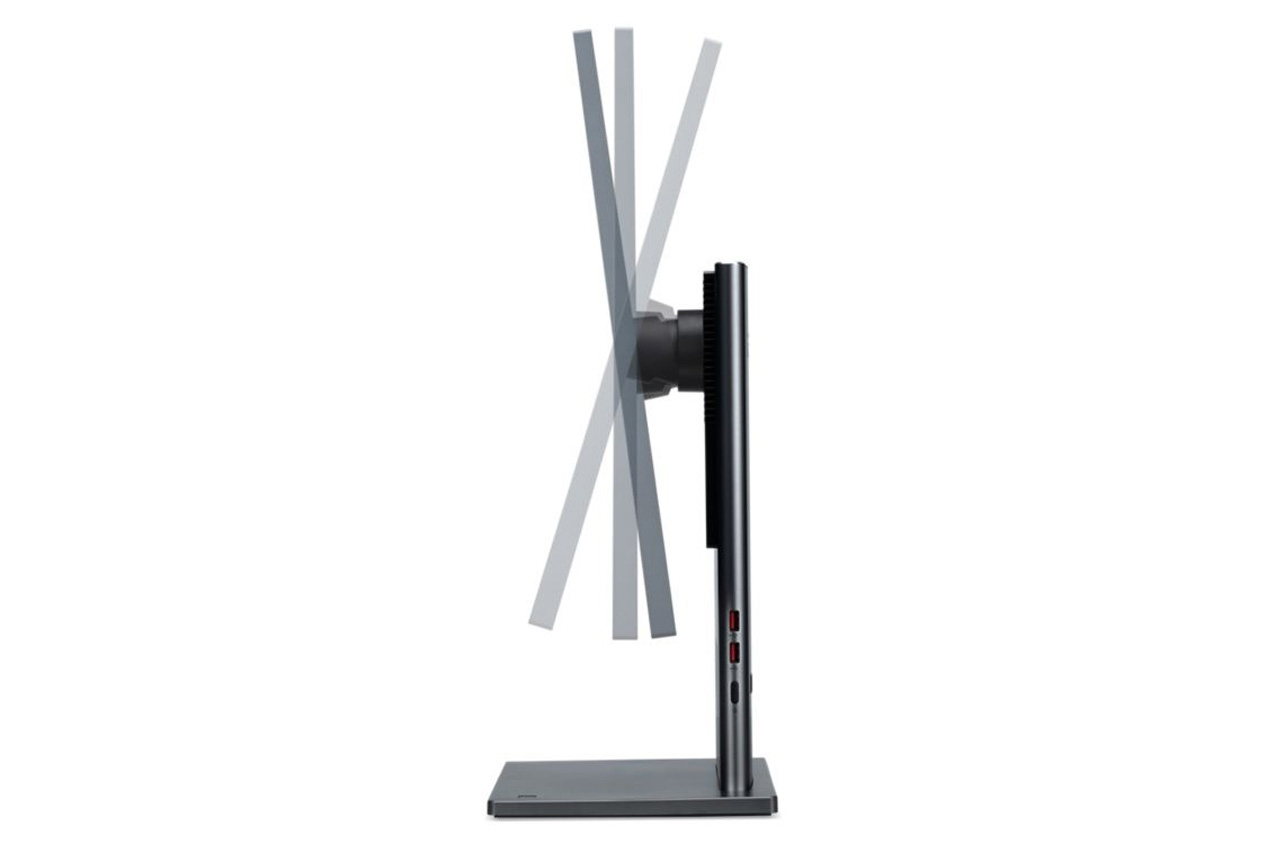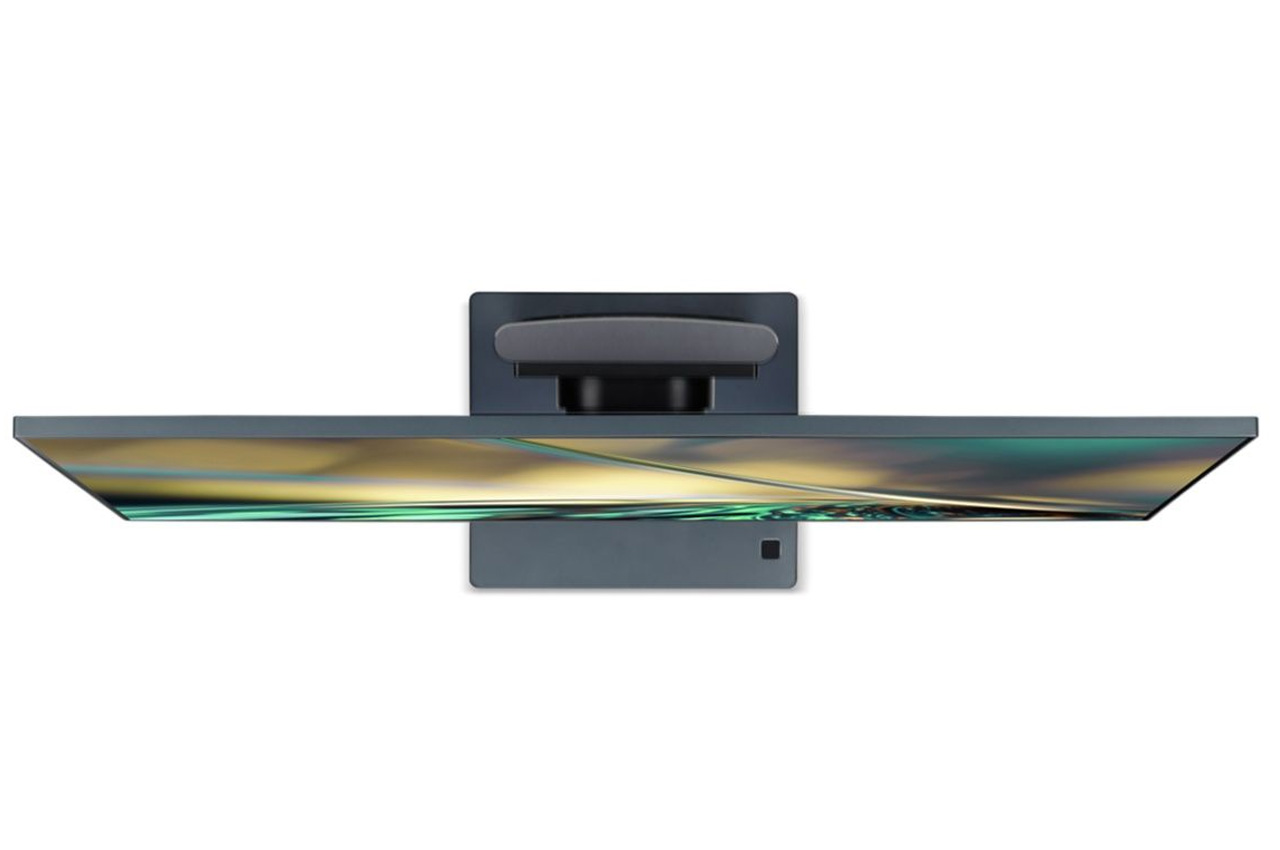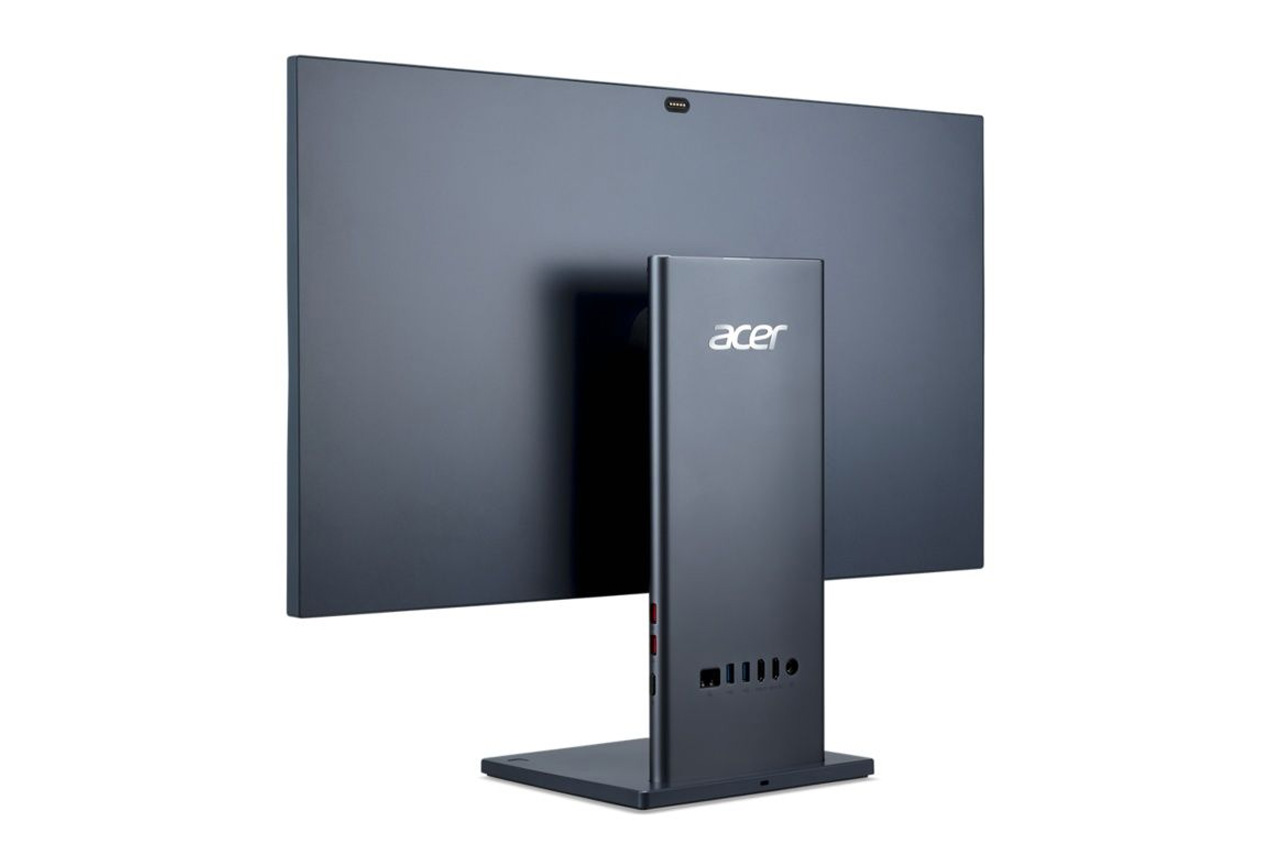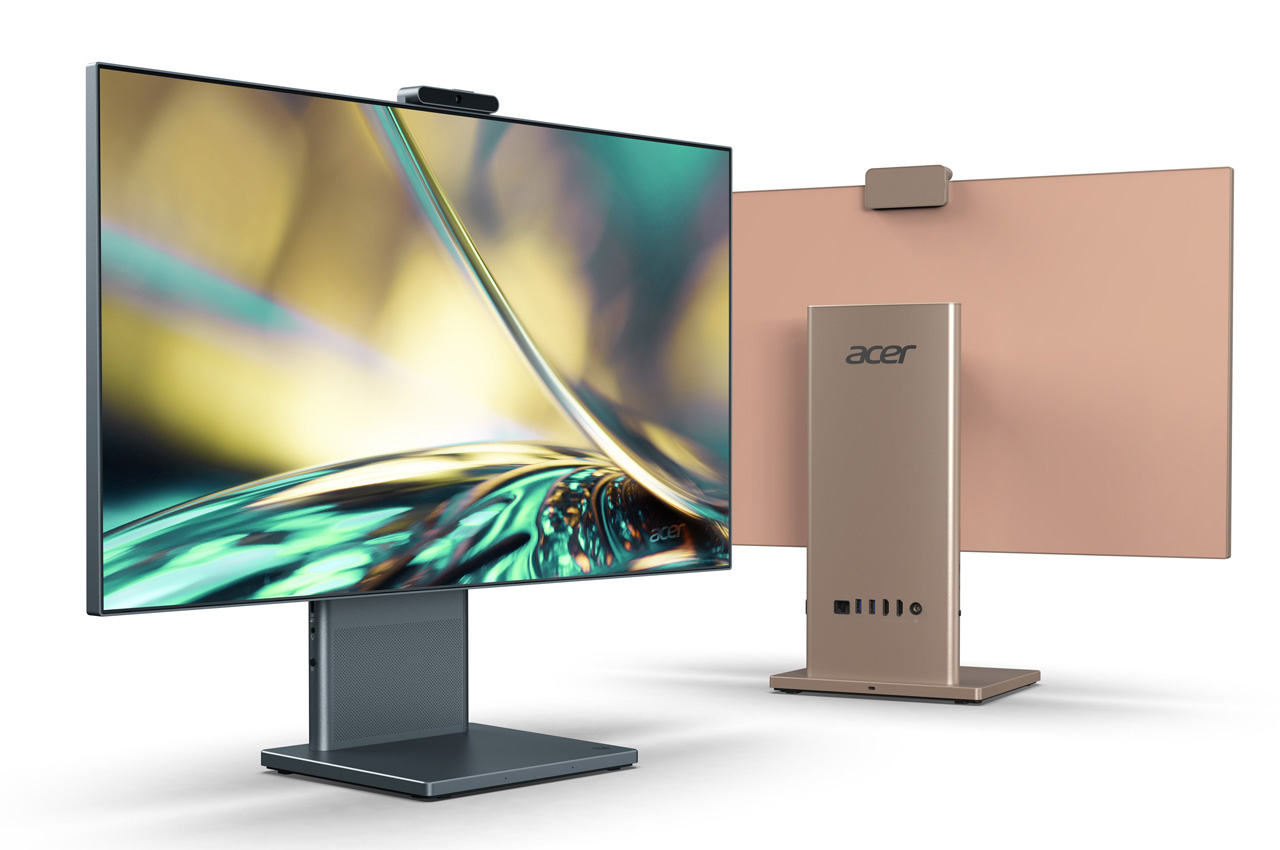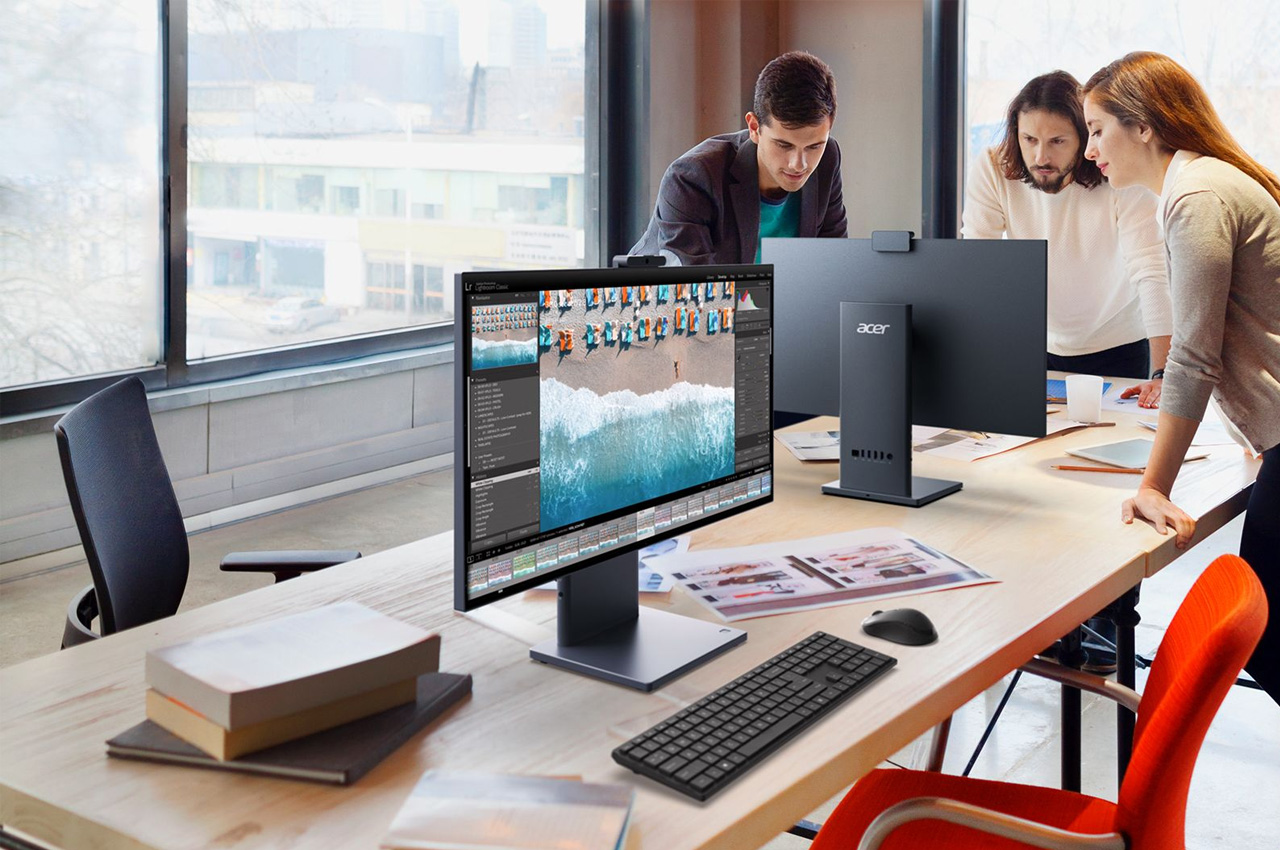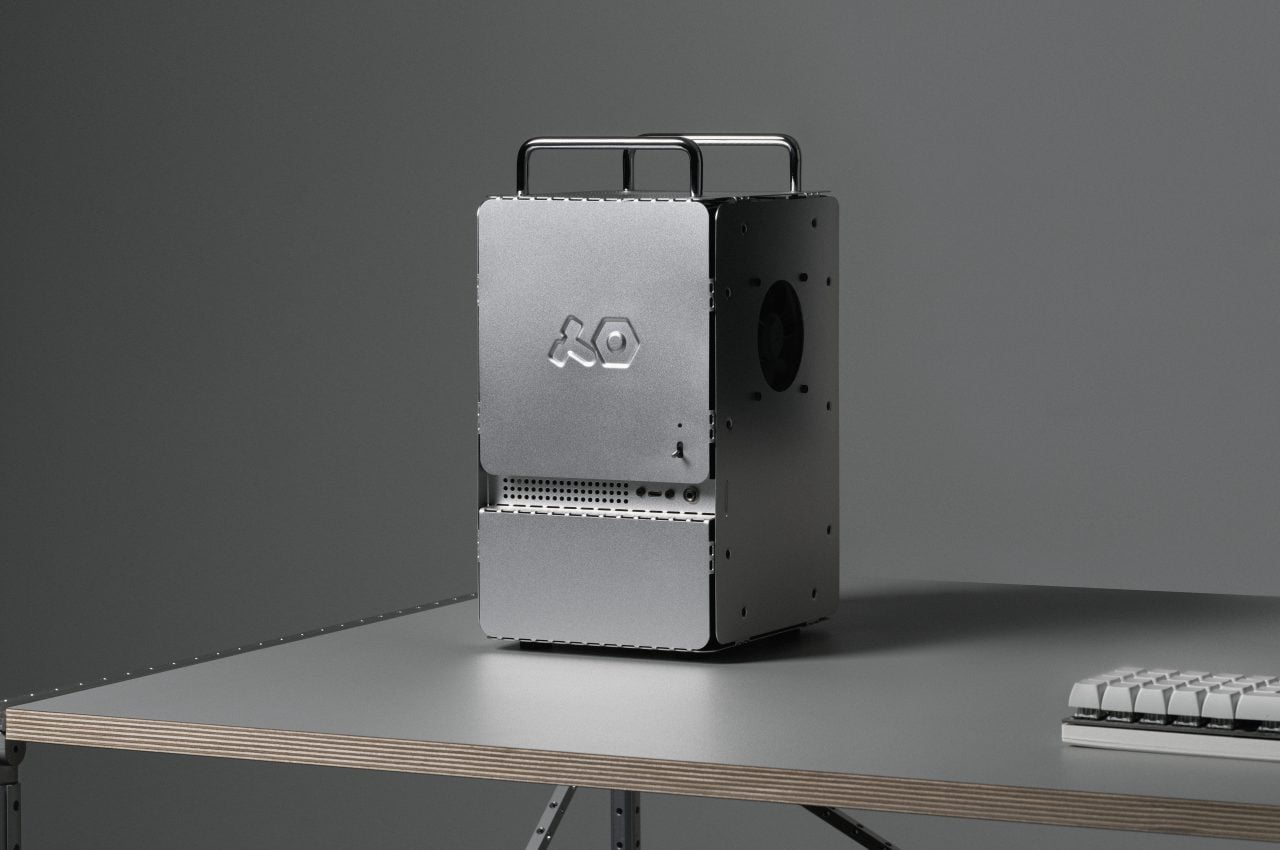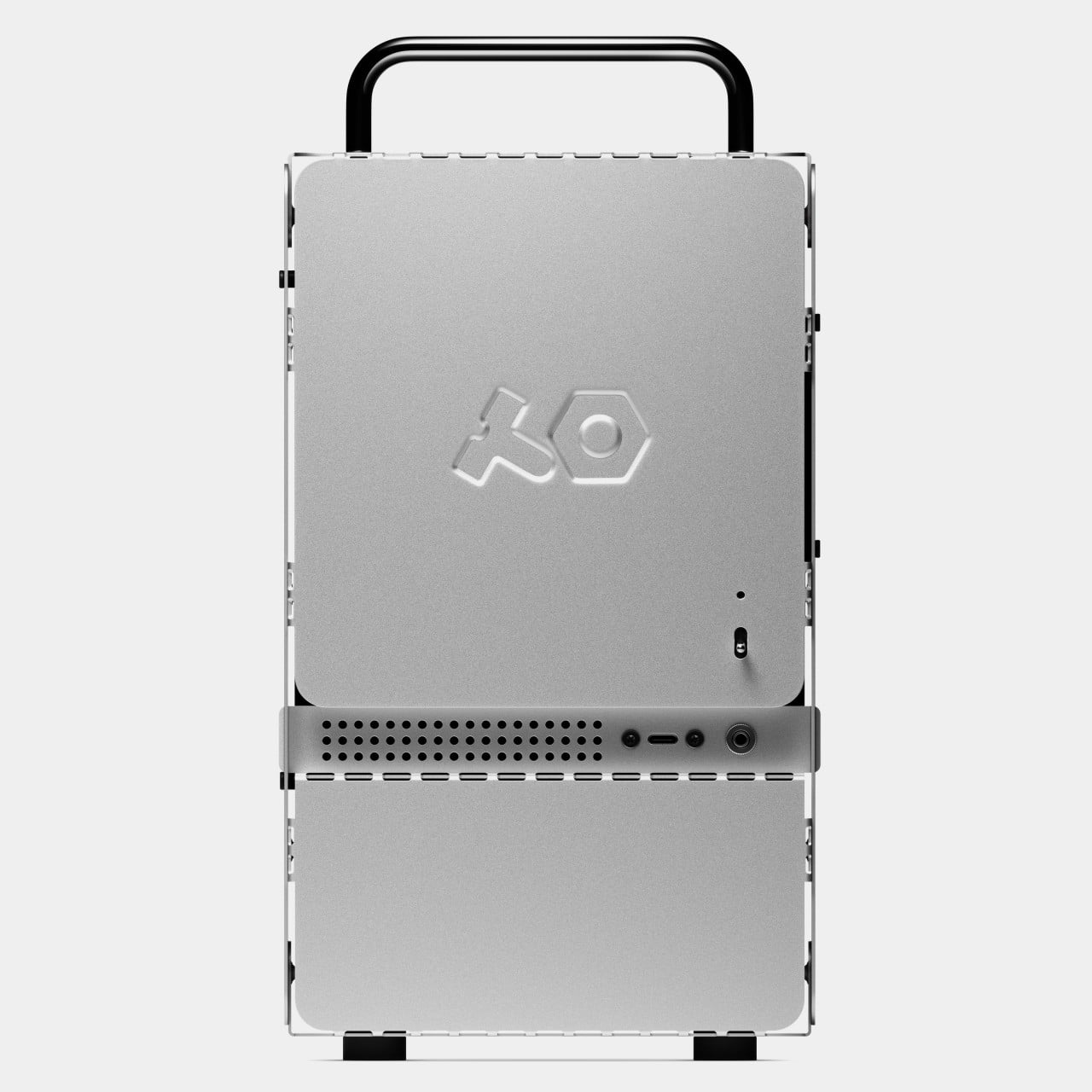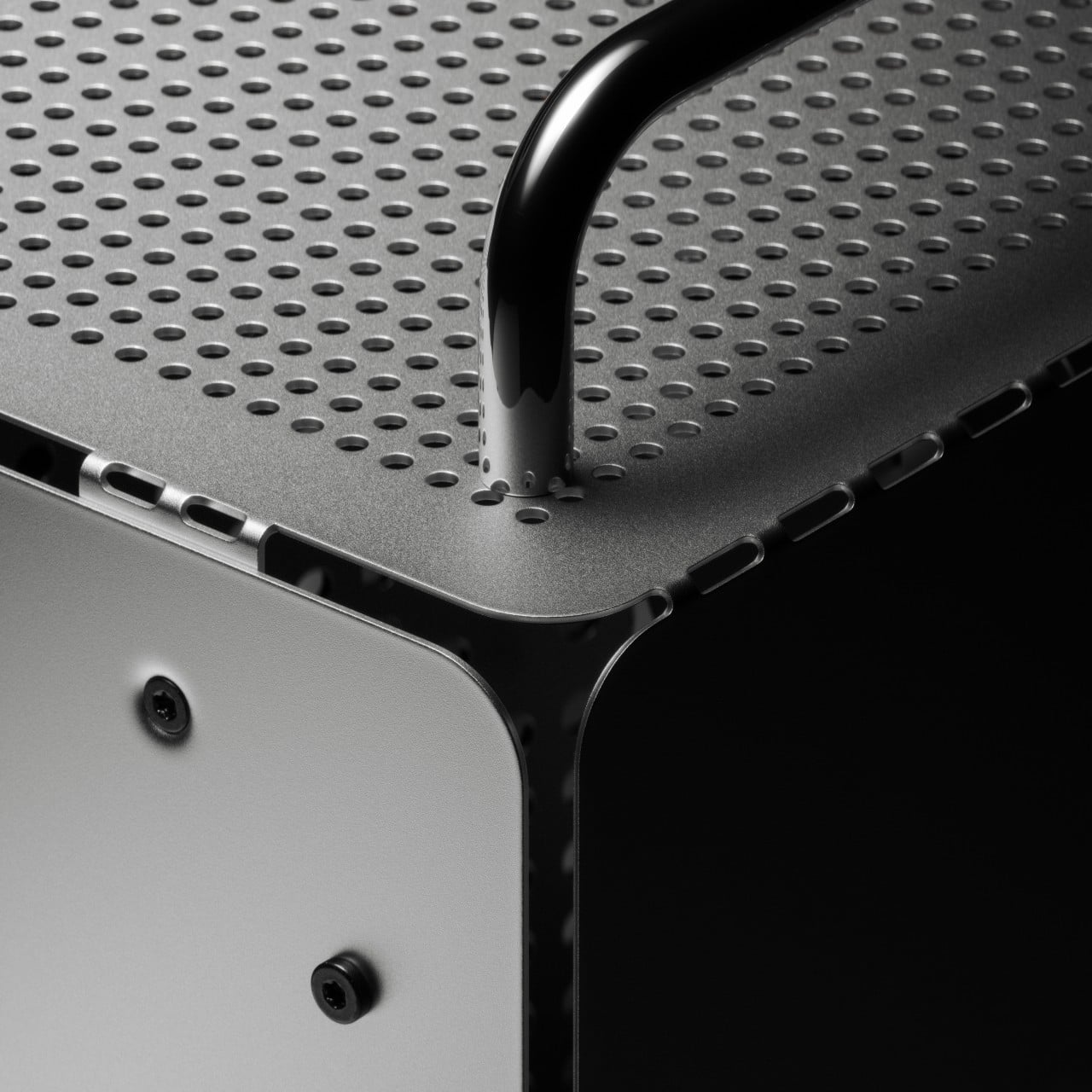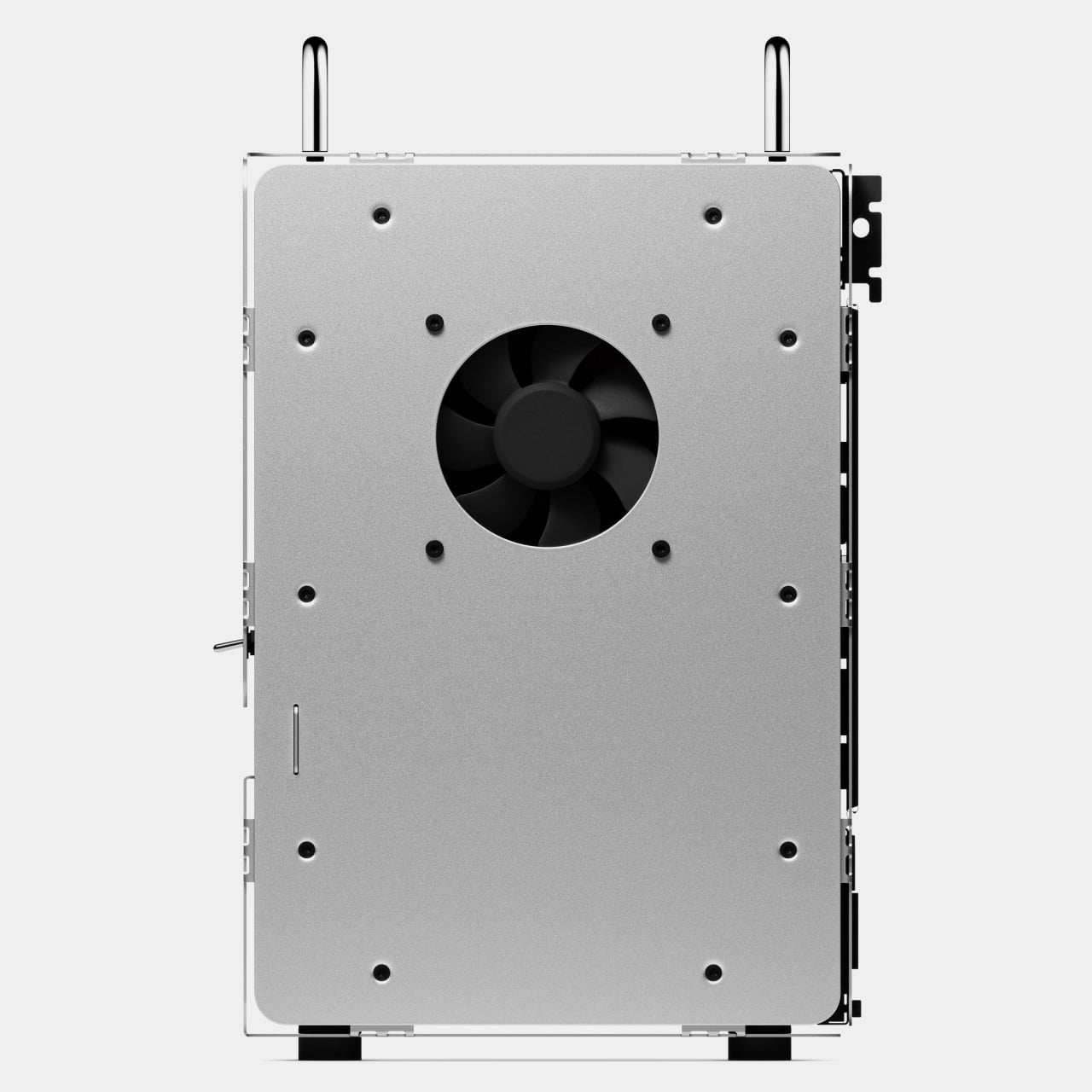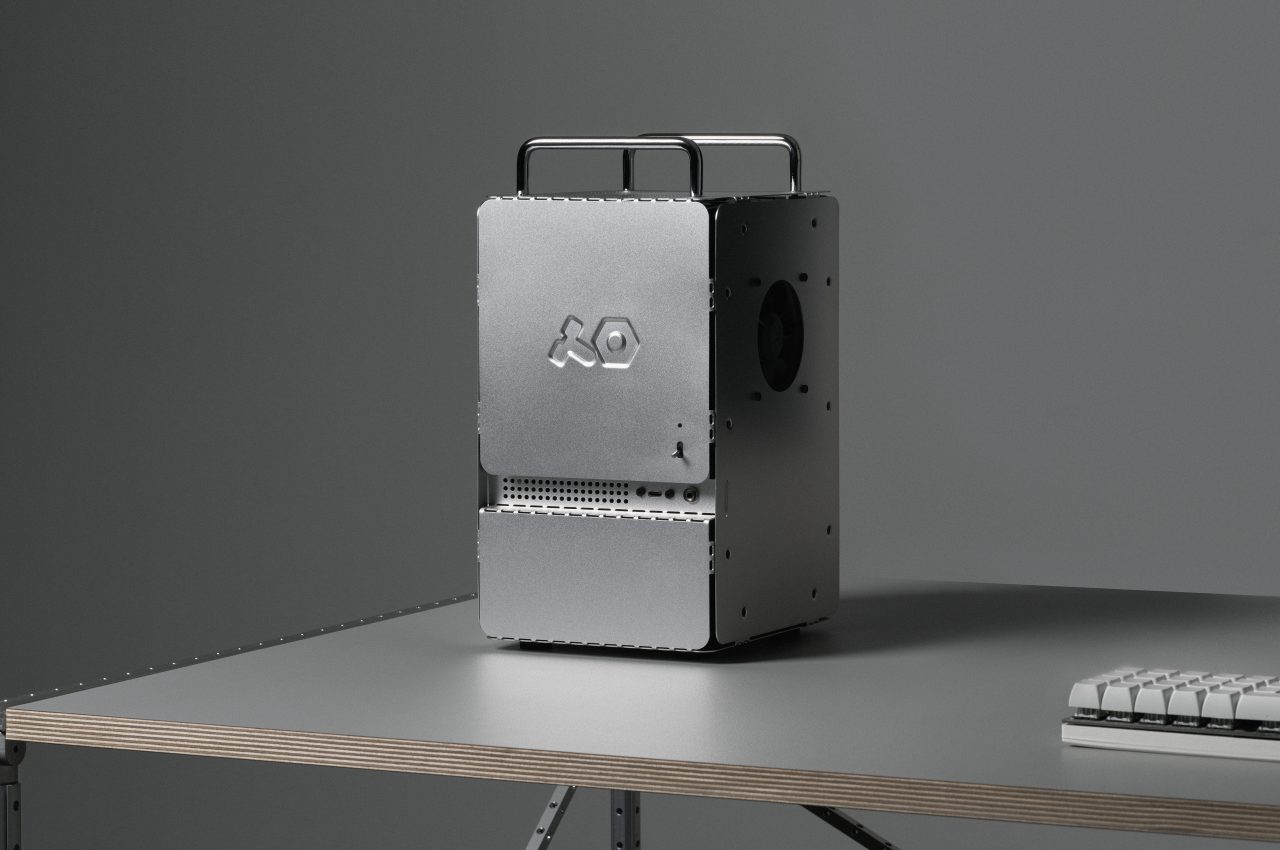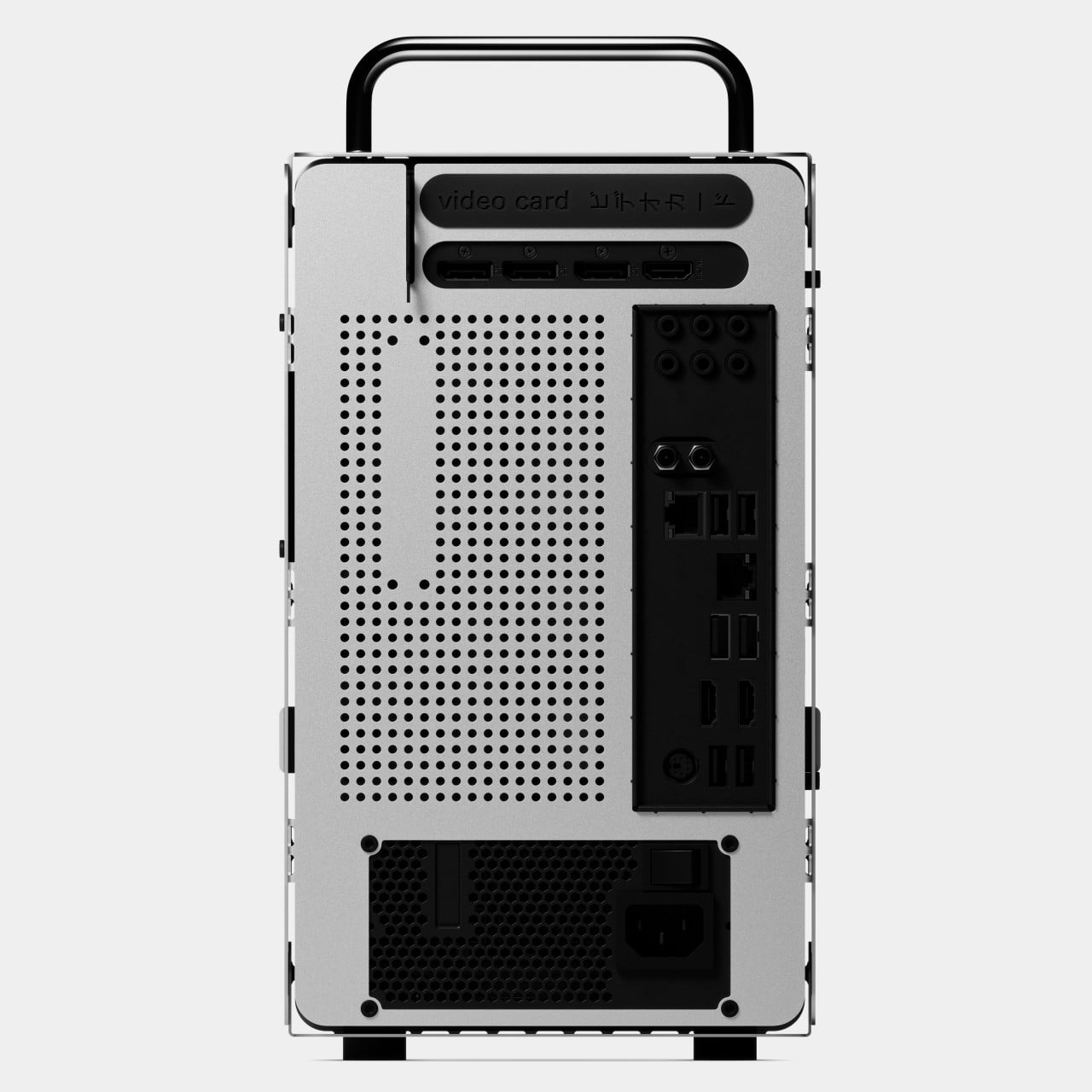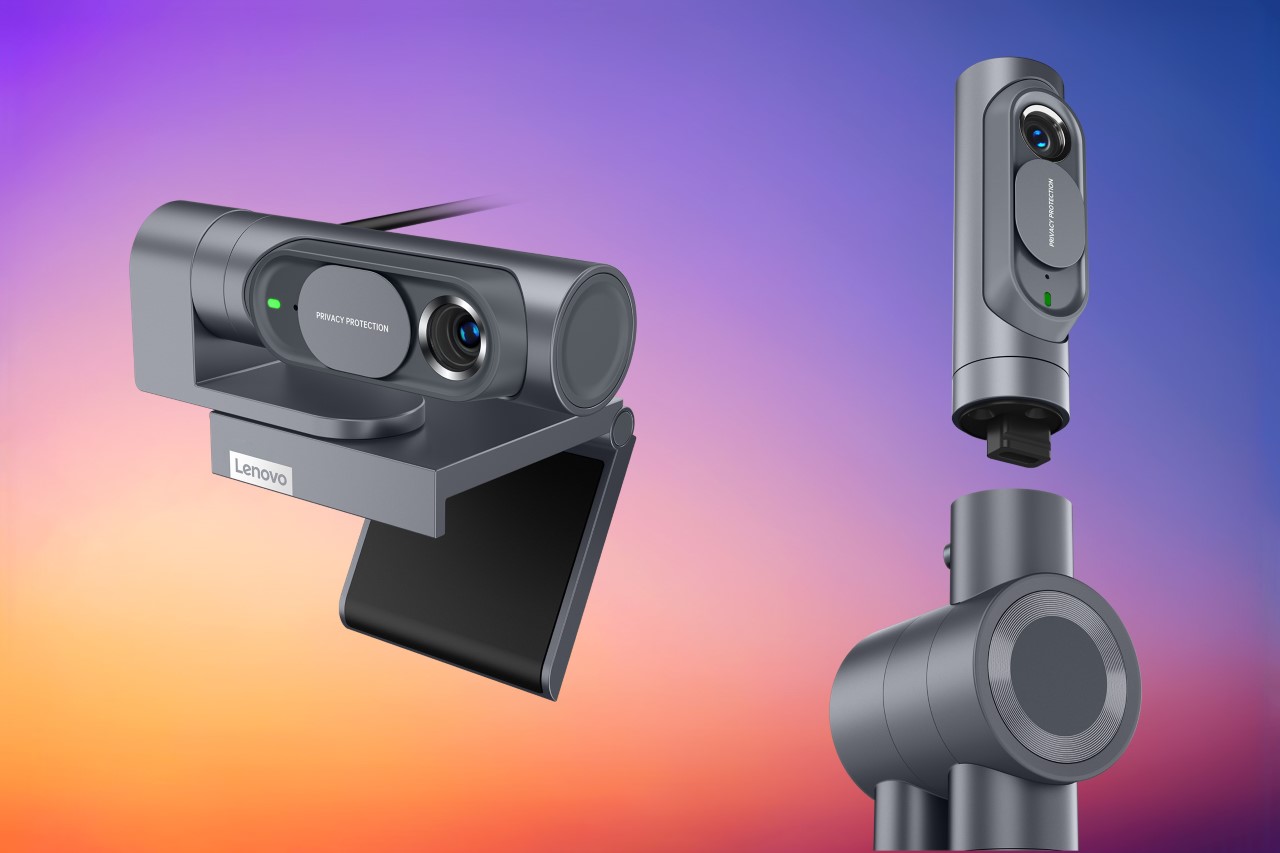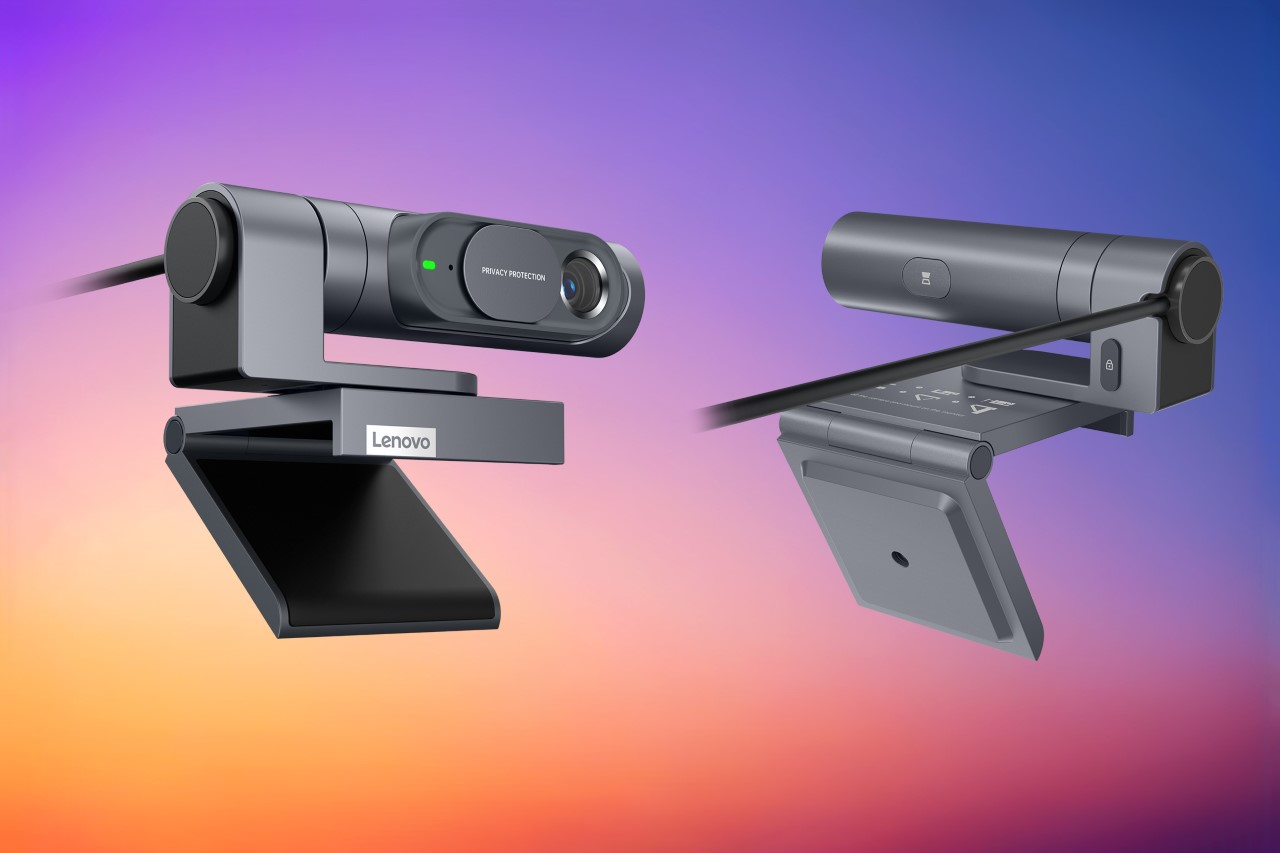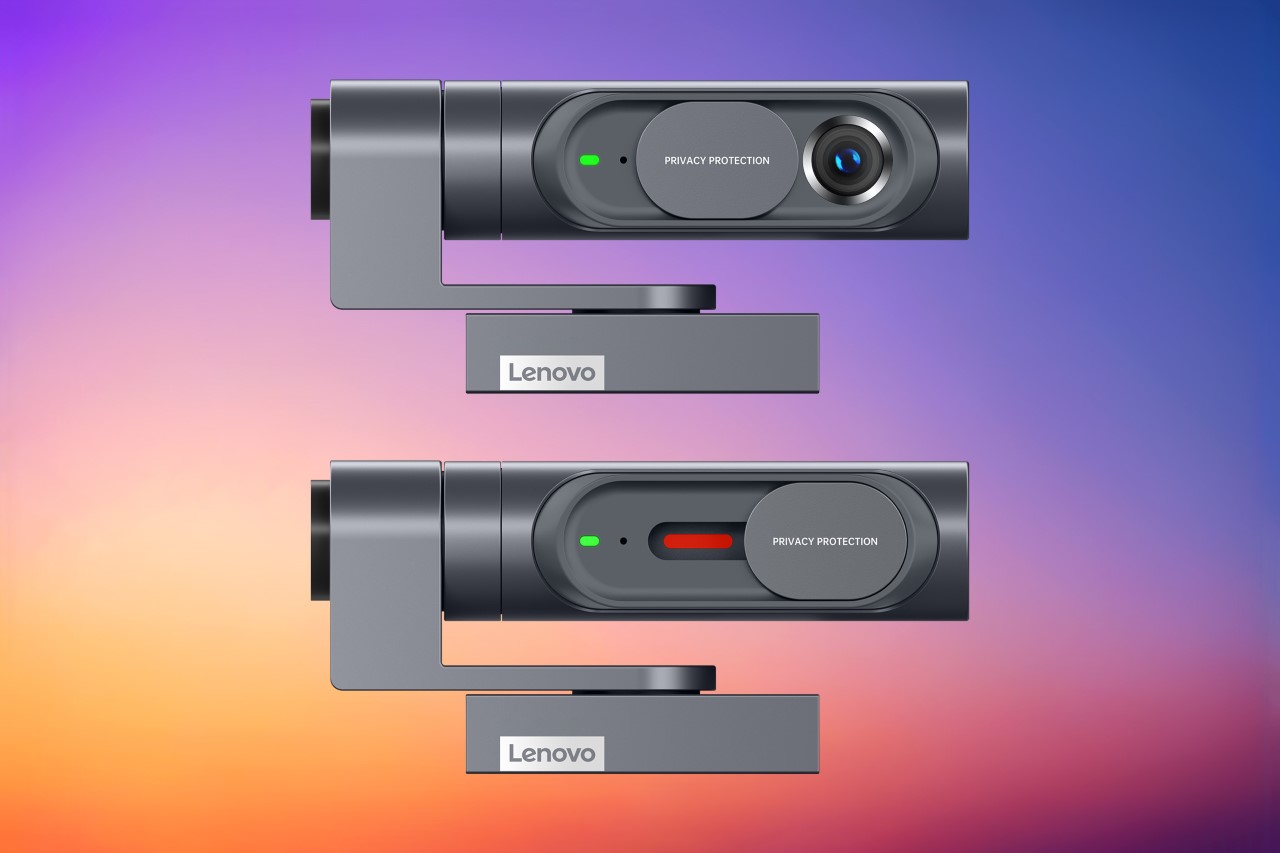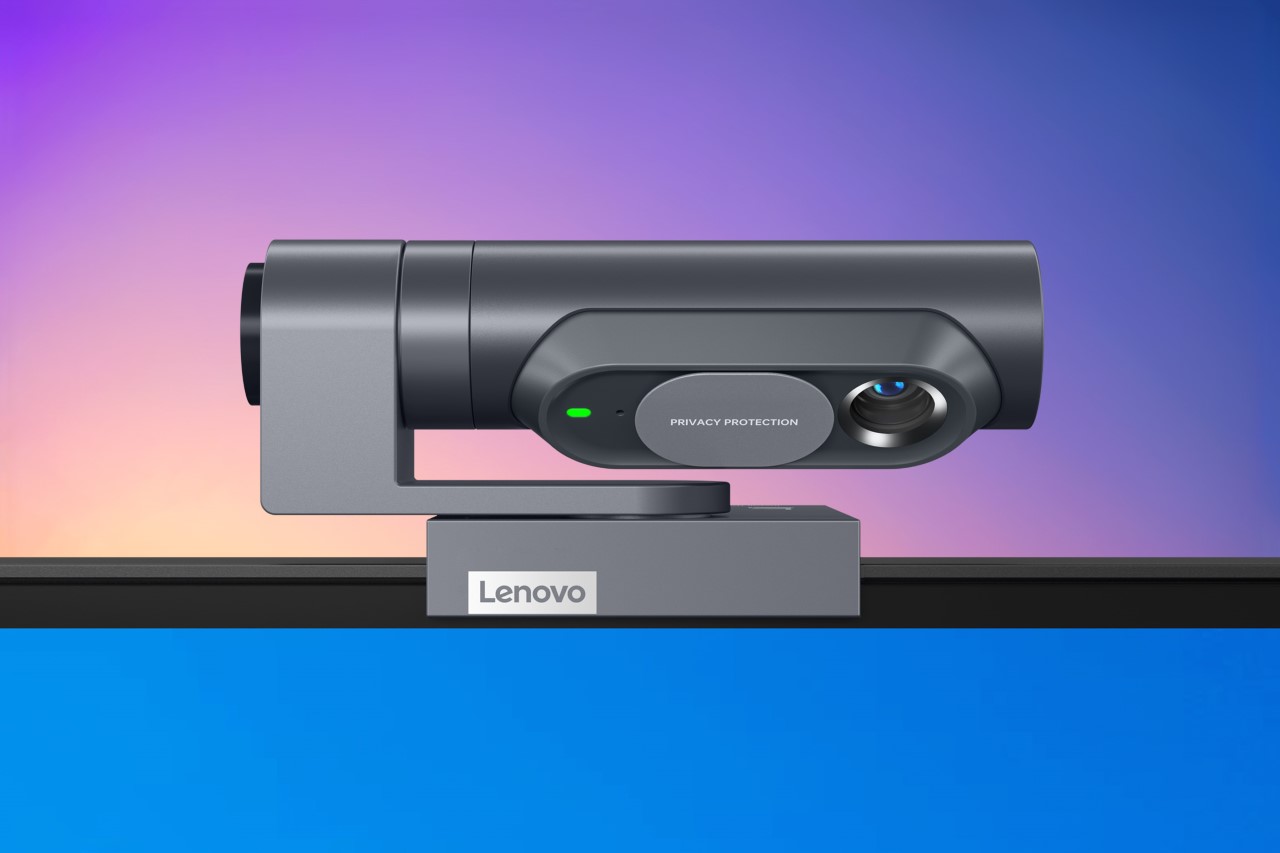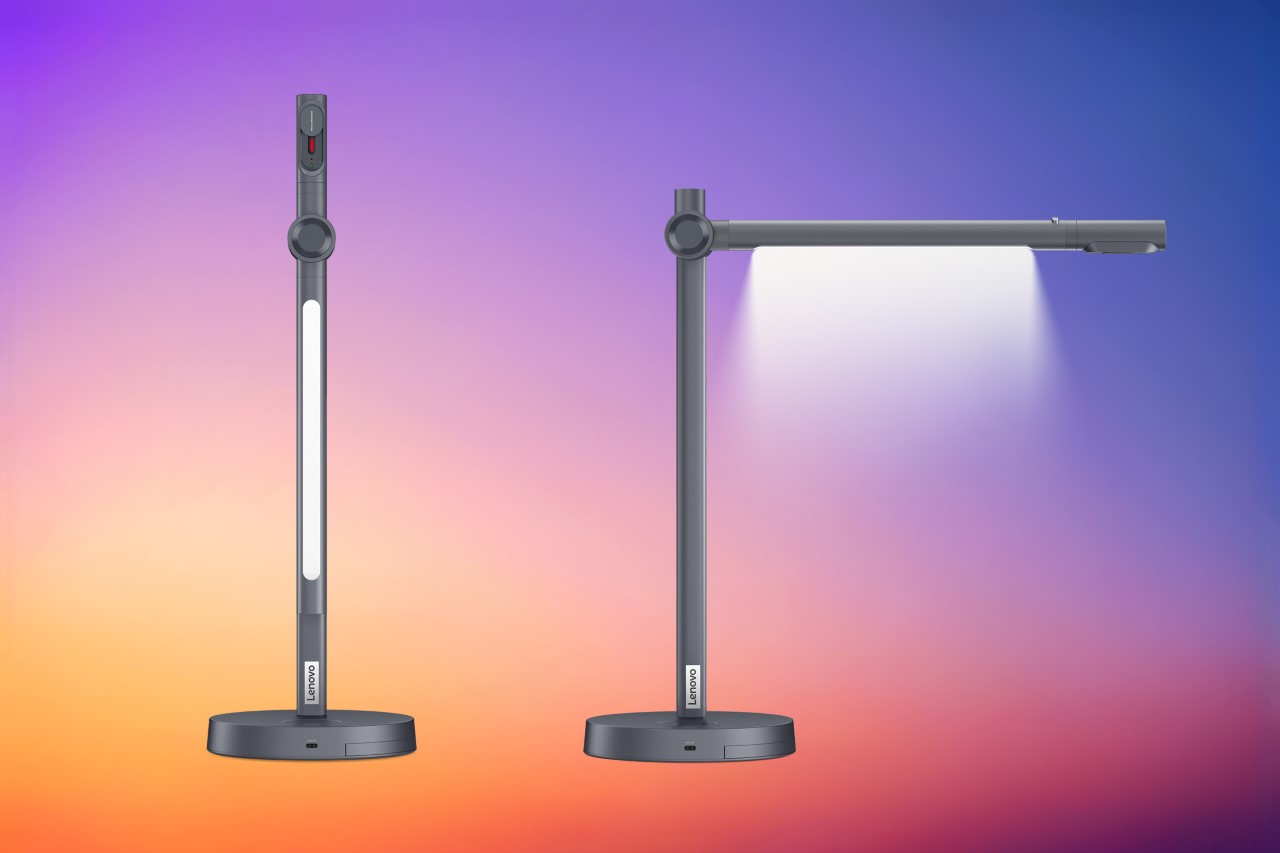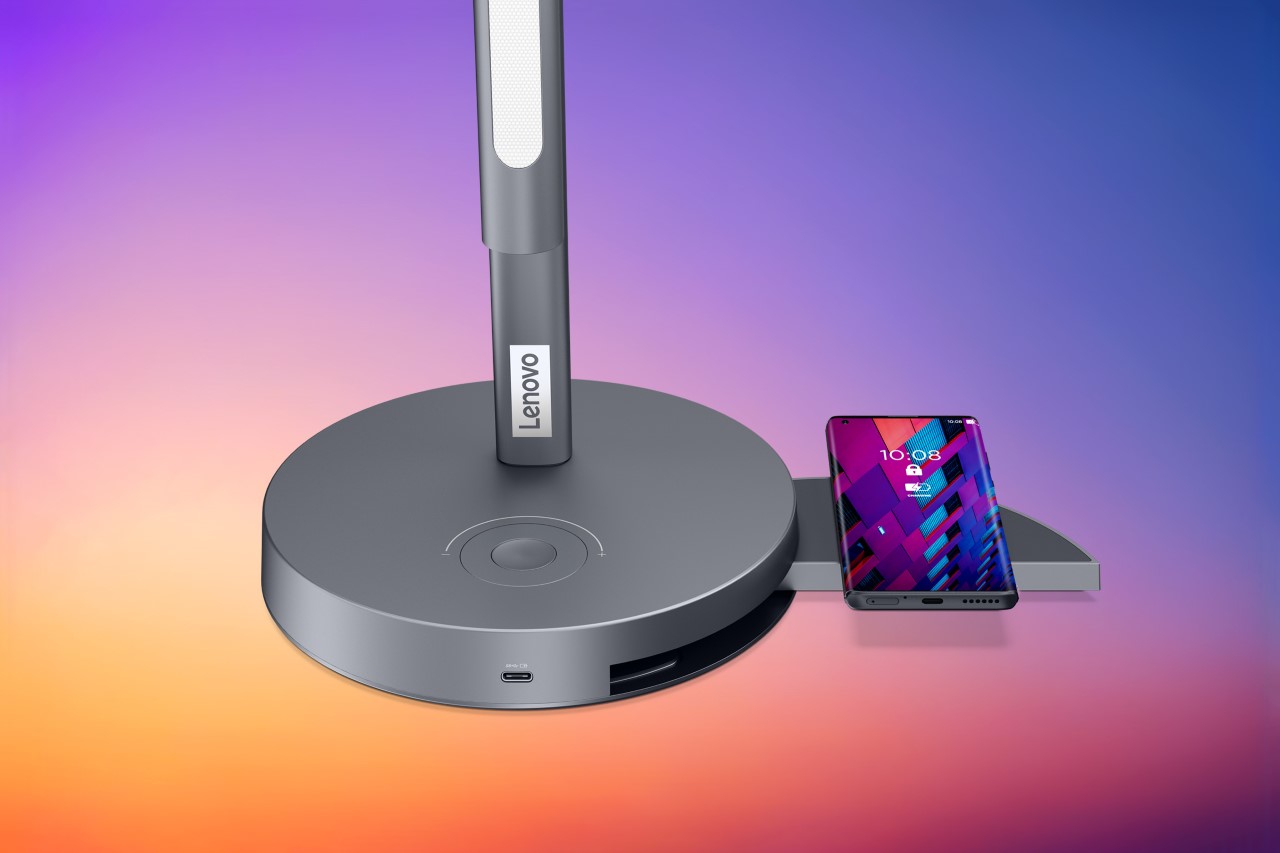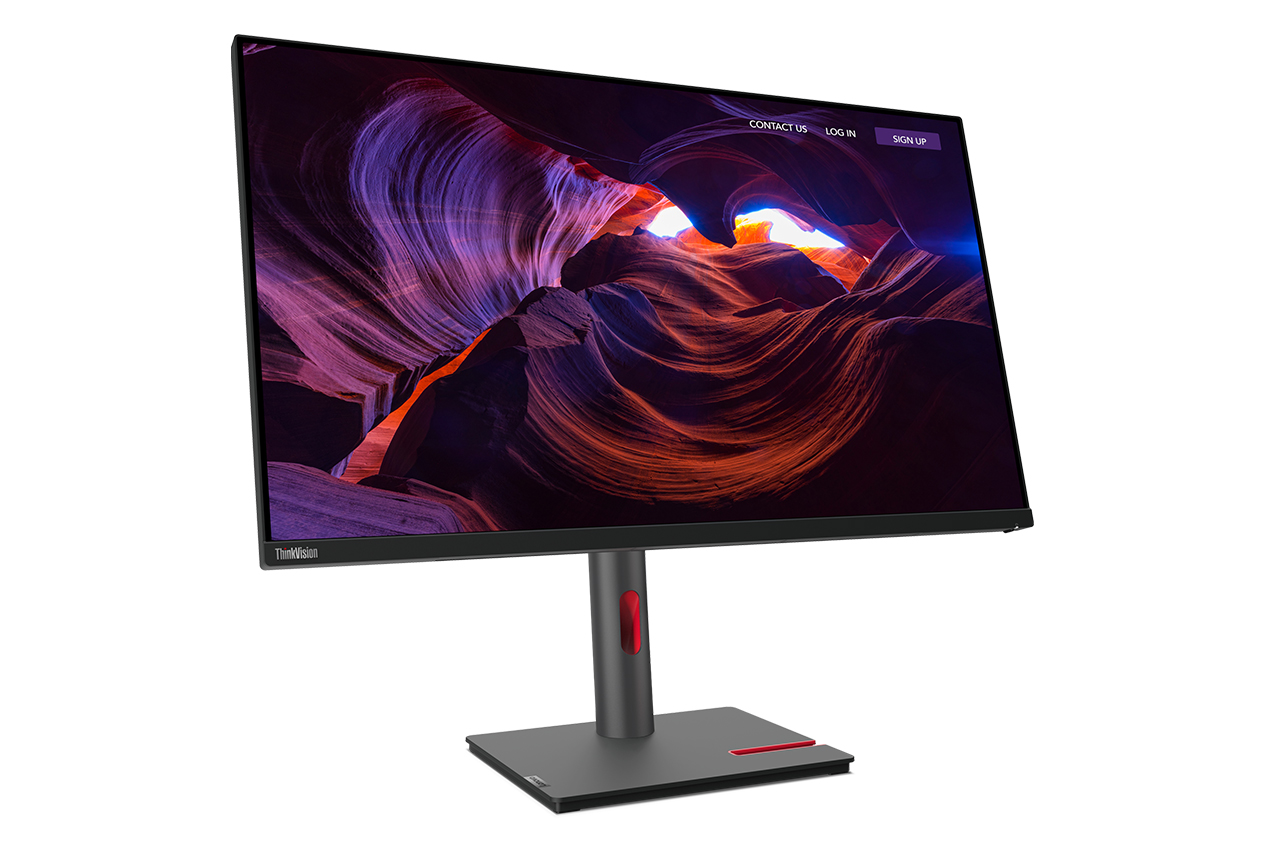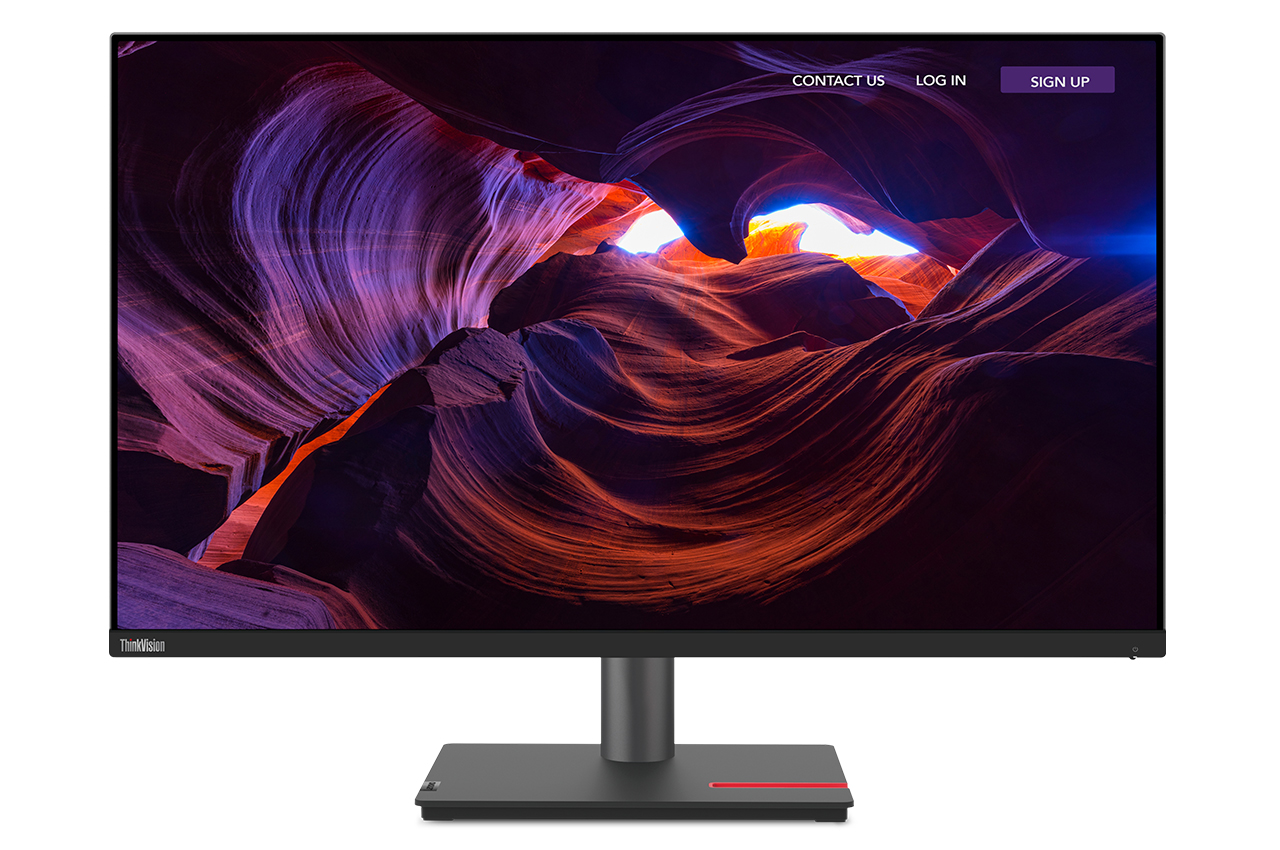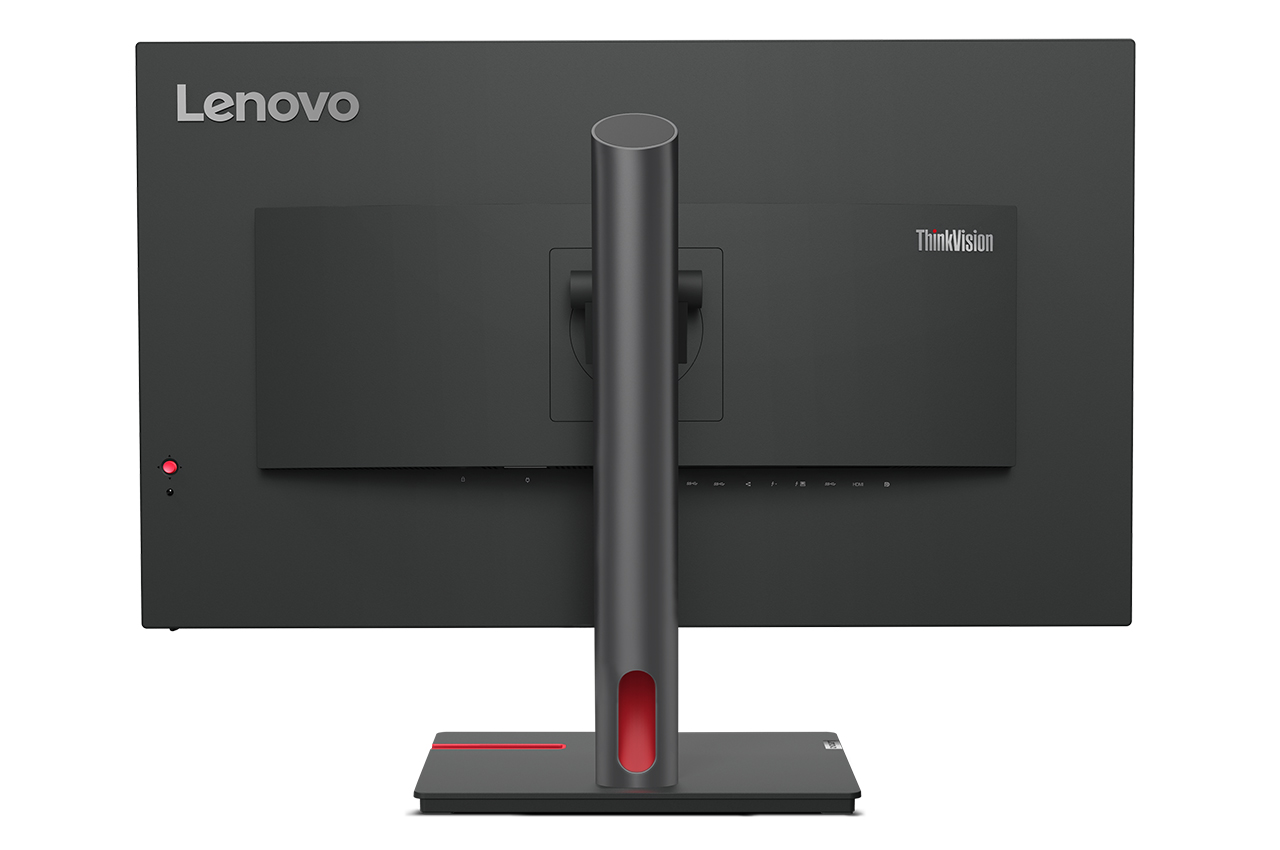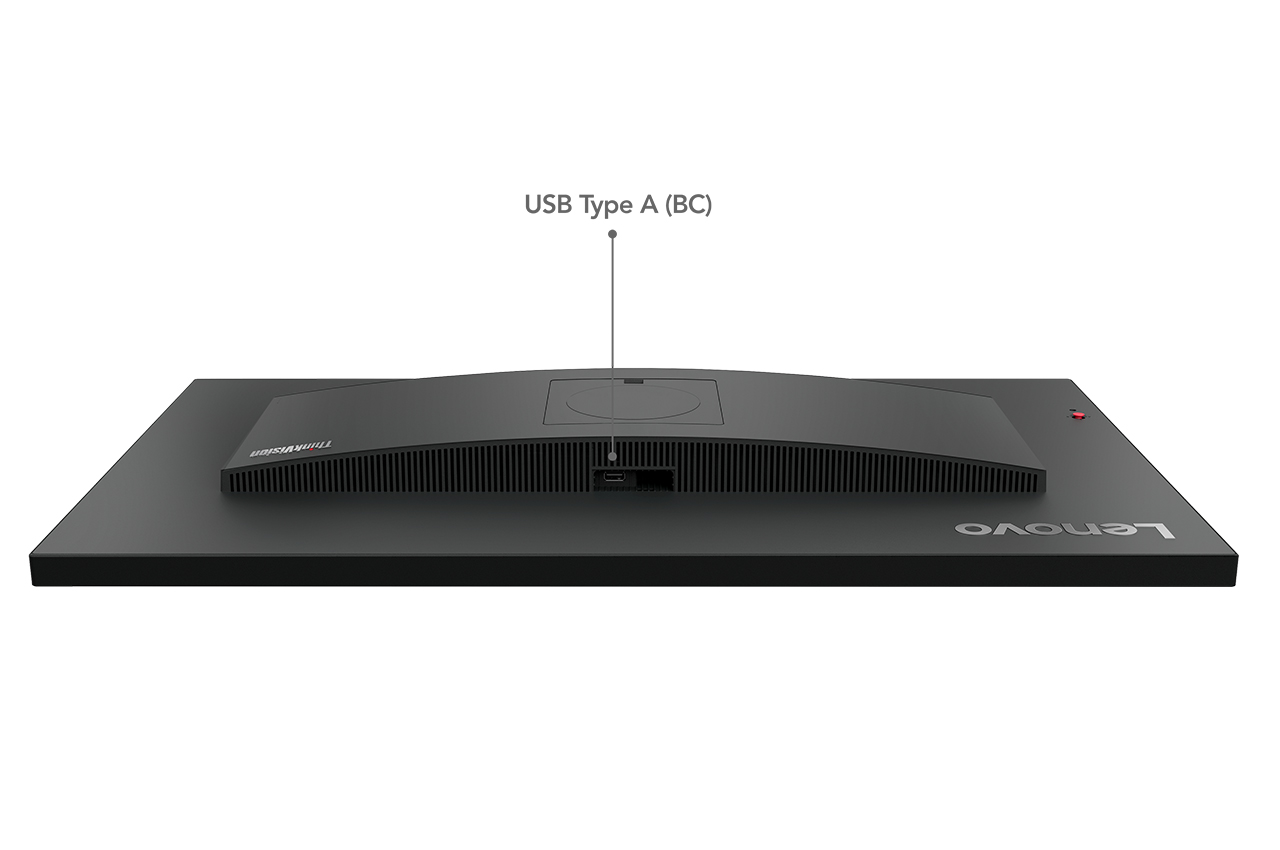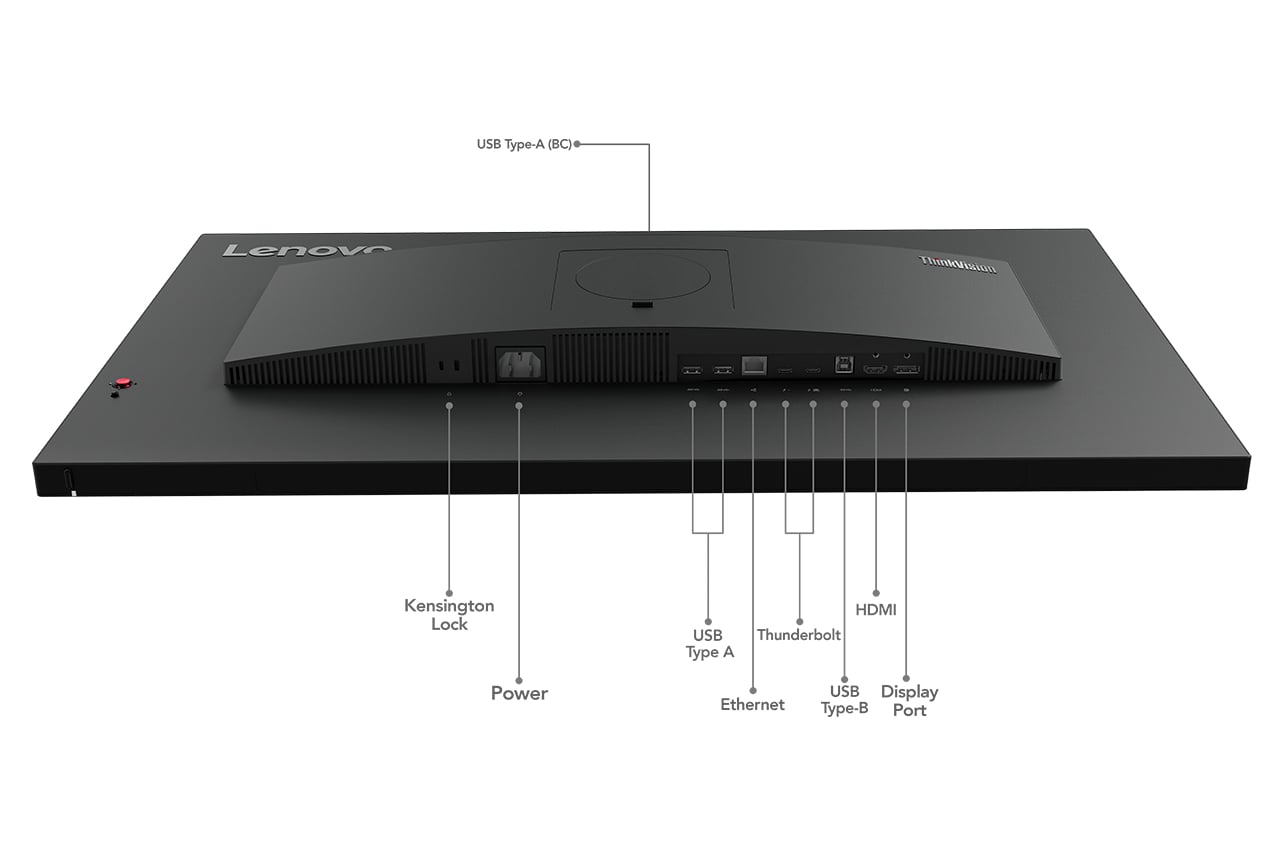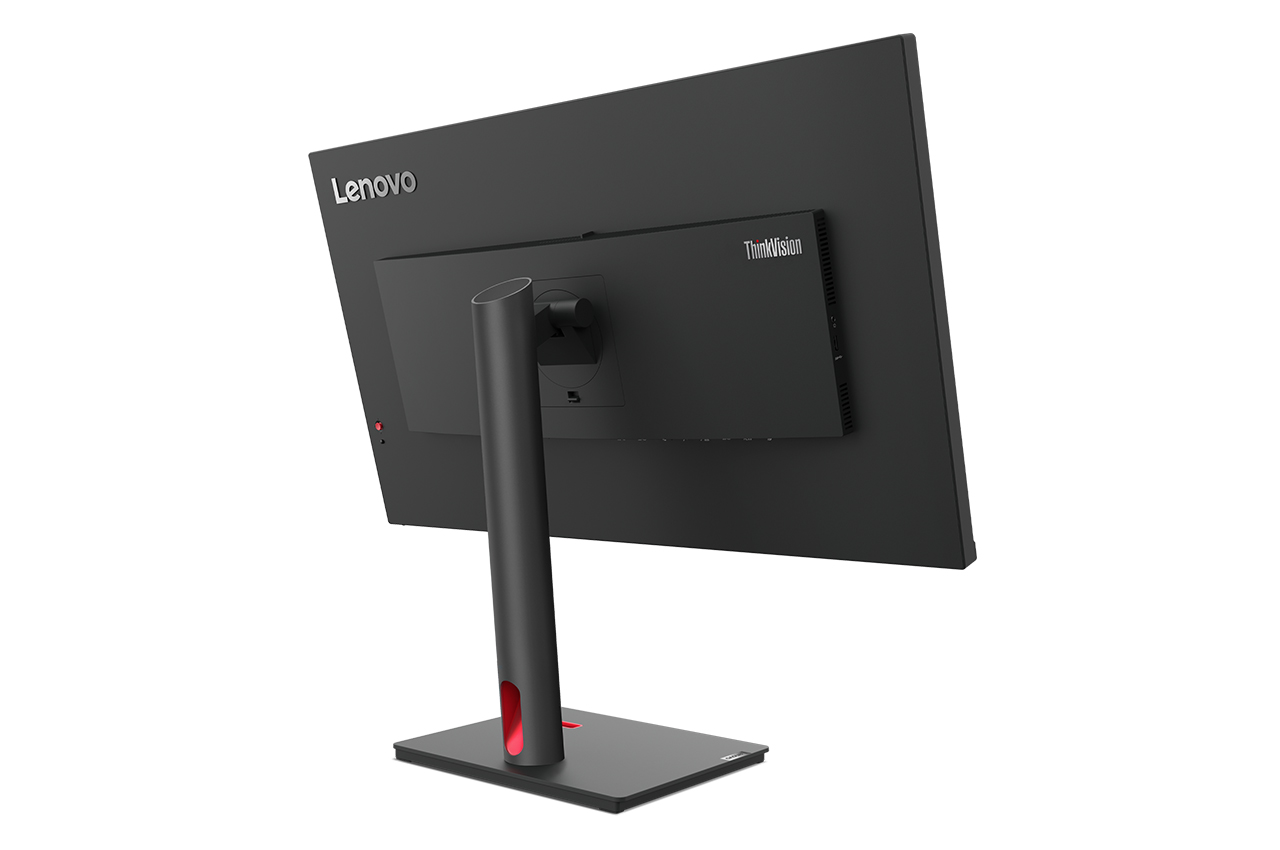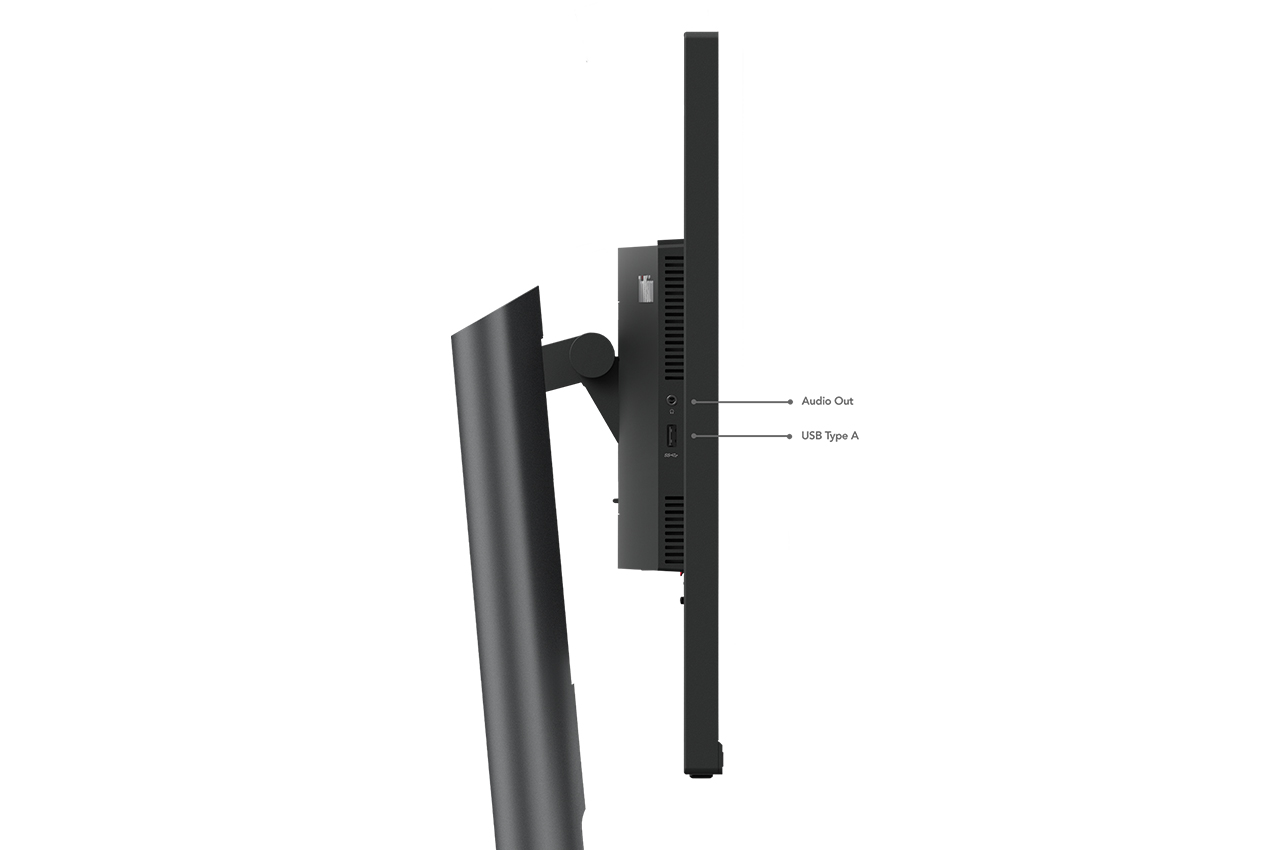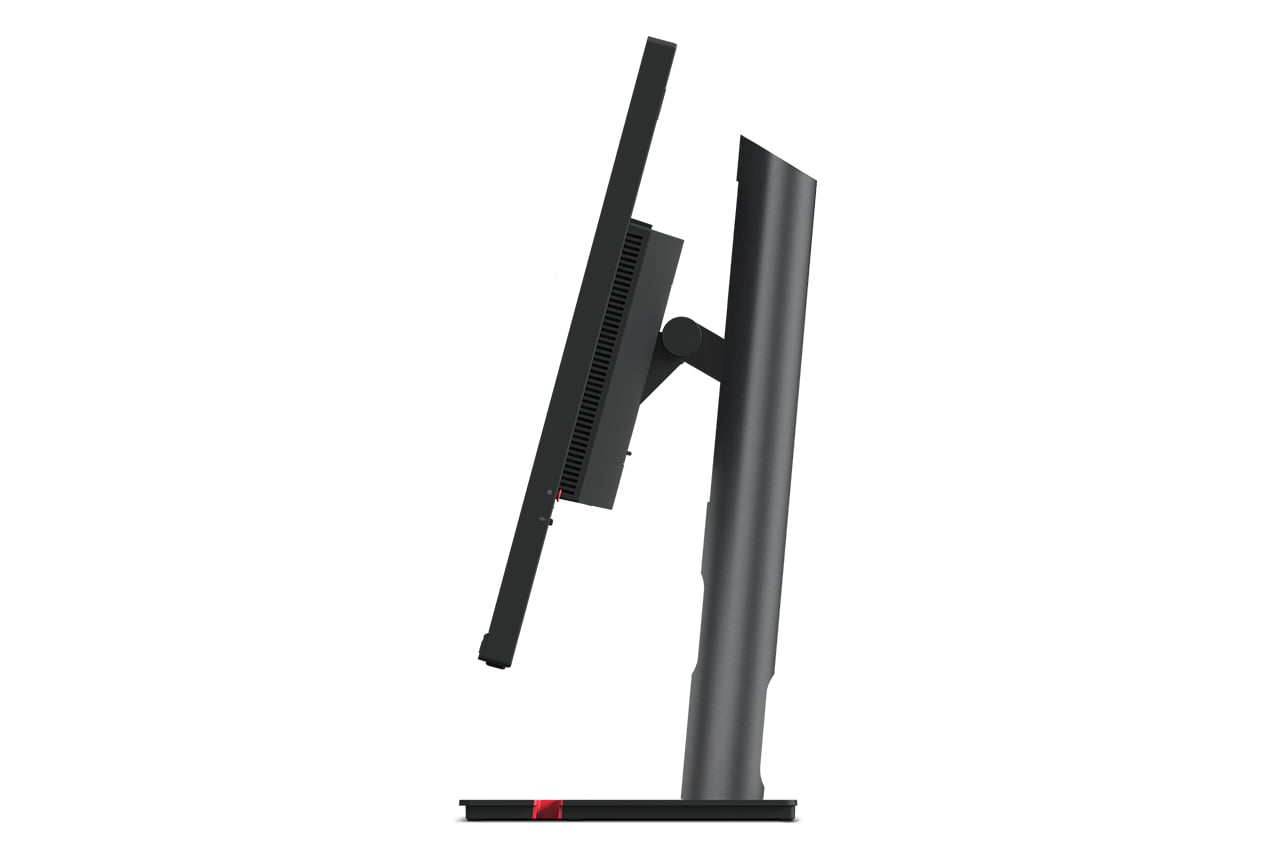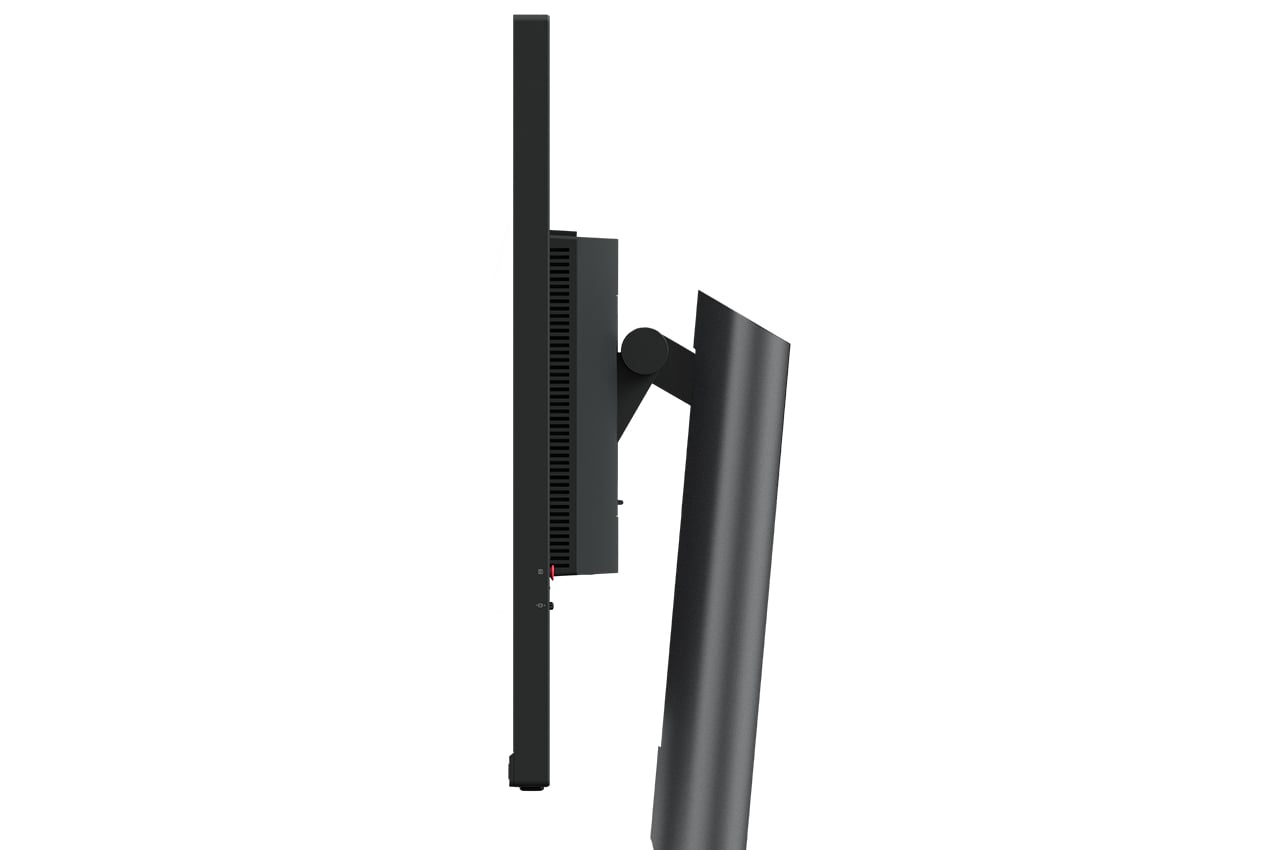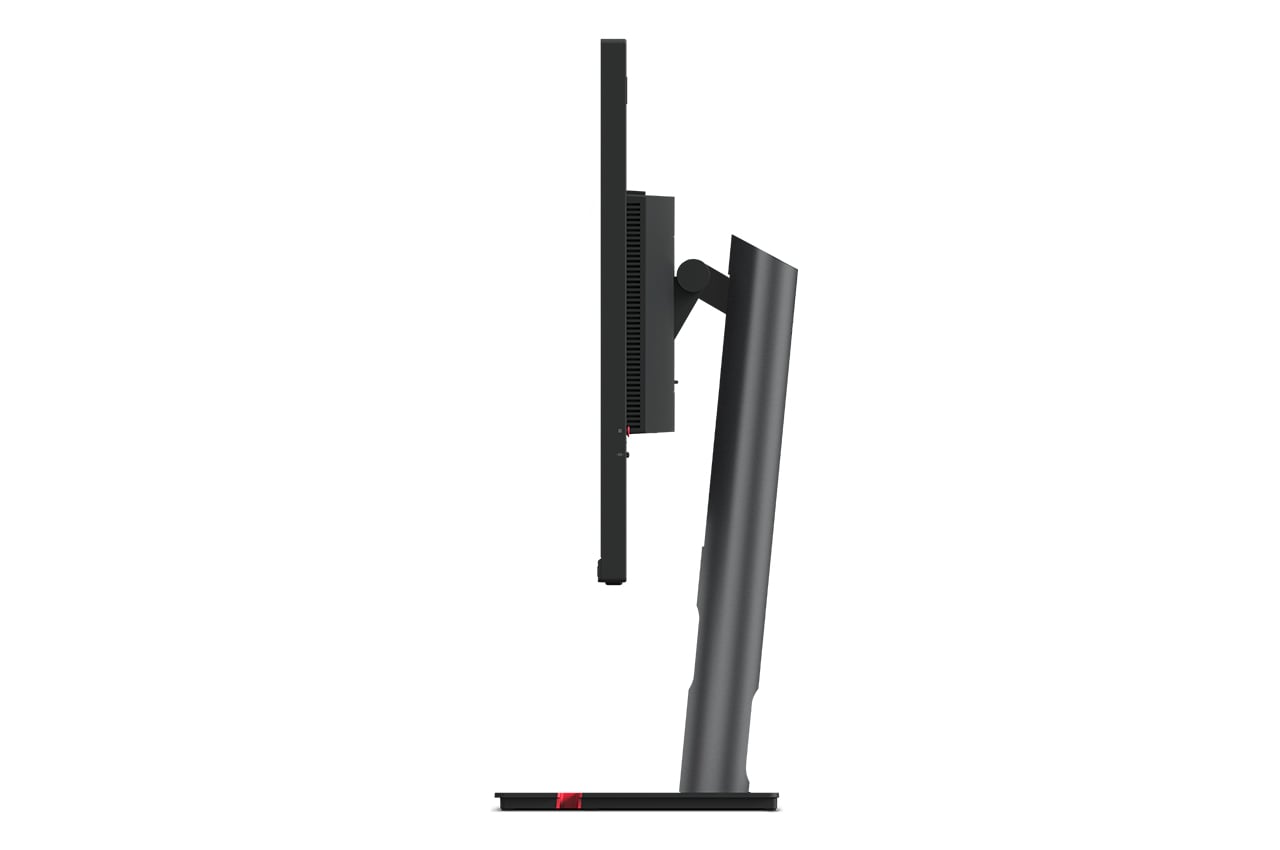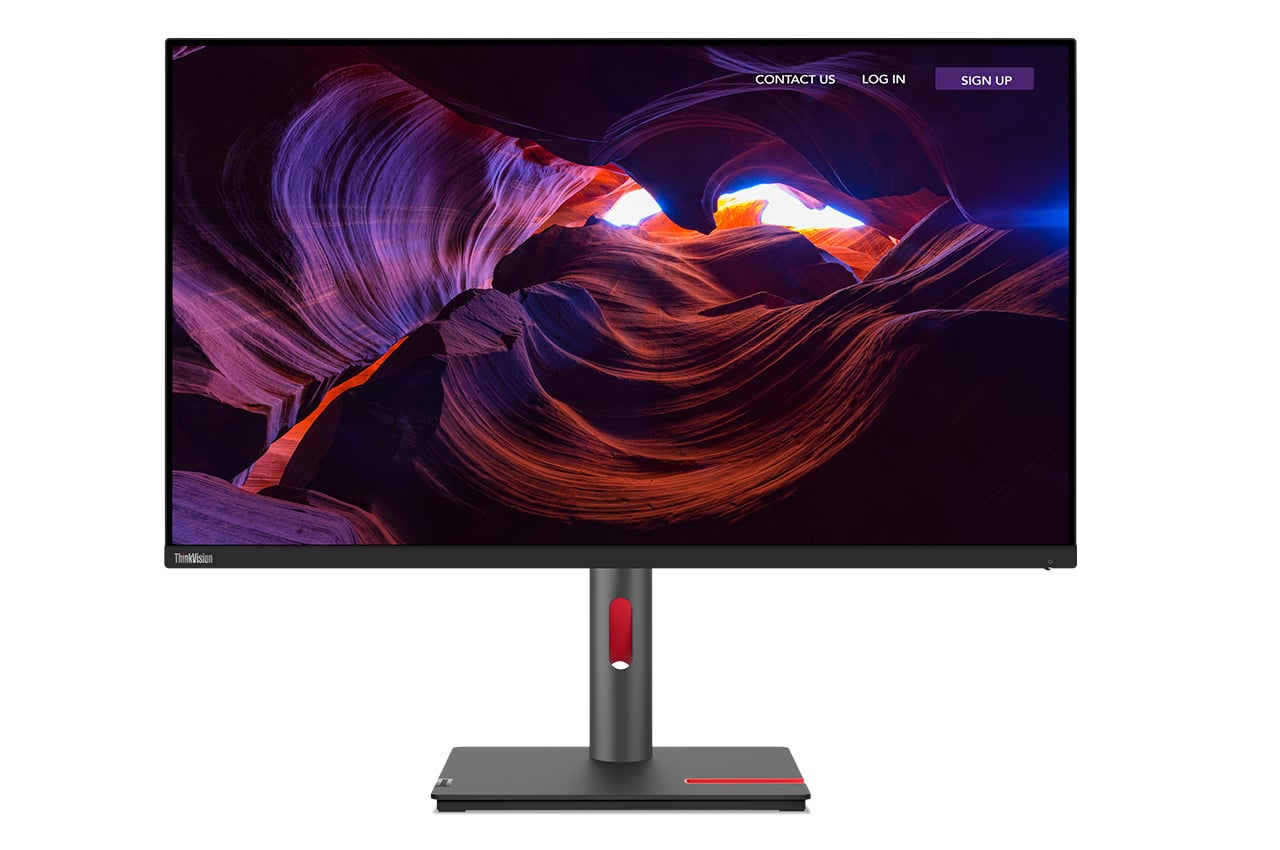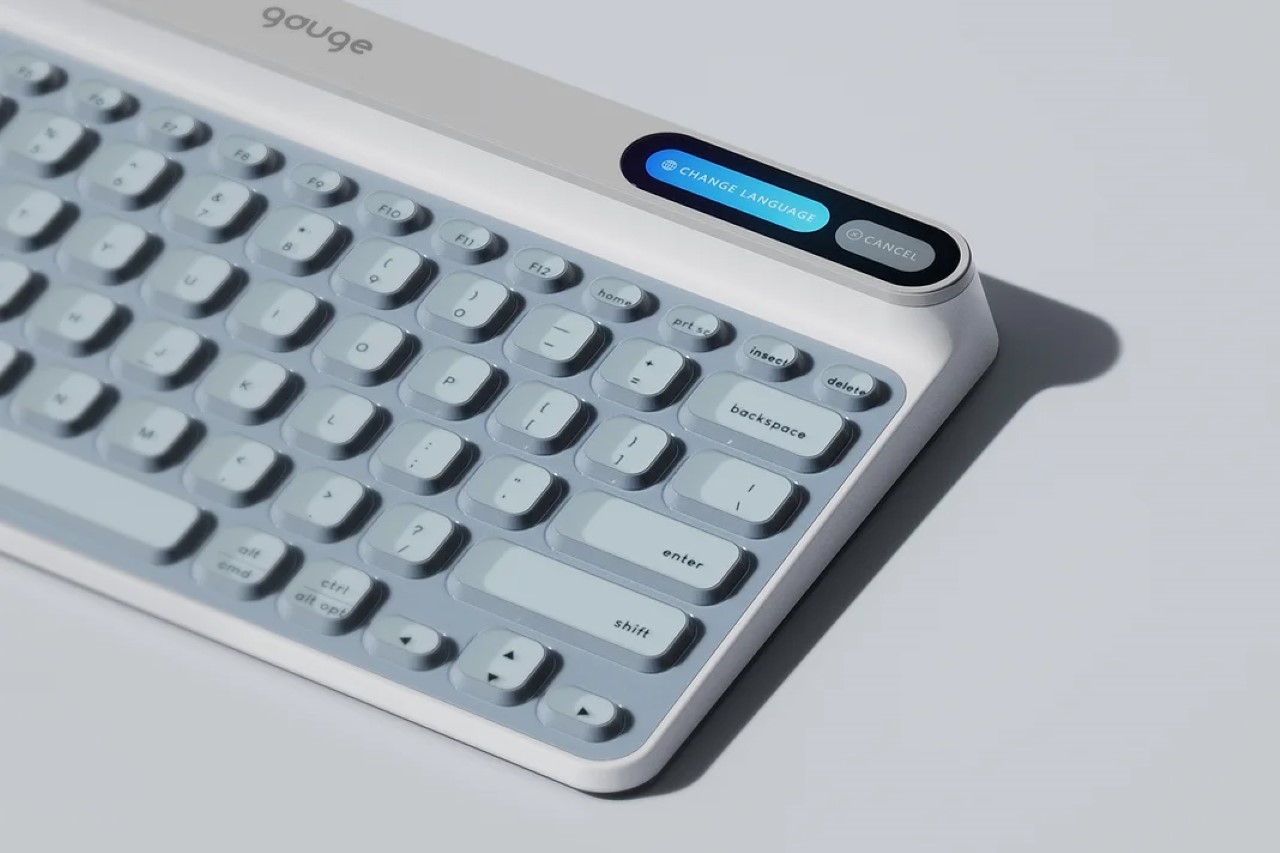
The Gauge keyboard was designed two full years before the iPhone got the Dynamic Island, but conceptually it shows how a well-placed screen can make a pretty sizeable difference to a product’s UI, offering up much more function than the ‘Touch Bar’ Apple put on their MacBooks.
Designed as a truly global keyboard, the Gauge was envisioned as a gadget that enables typing while breaking boundaries of language, culture, and linguistic biases. The keyboard itself comes with electronic ink displays in each key, allowing the entire board’s layout and language to change with a simple adjustment in the settings. You can swap to another language, change to an emoji keyboard, or even add layouts of your own depending on the software or game you’re currently in. The electronic ink keys are supported by that dynamic island on the top right that lets you access keyboard functions, desktop shortcuts, and get notifications on your keyboard at a glance, eliminating the need to look at your phone or watch.
Designer: Designer Dot
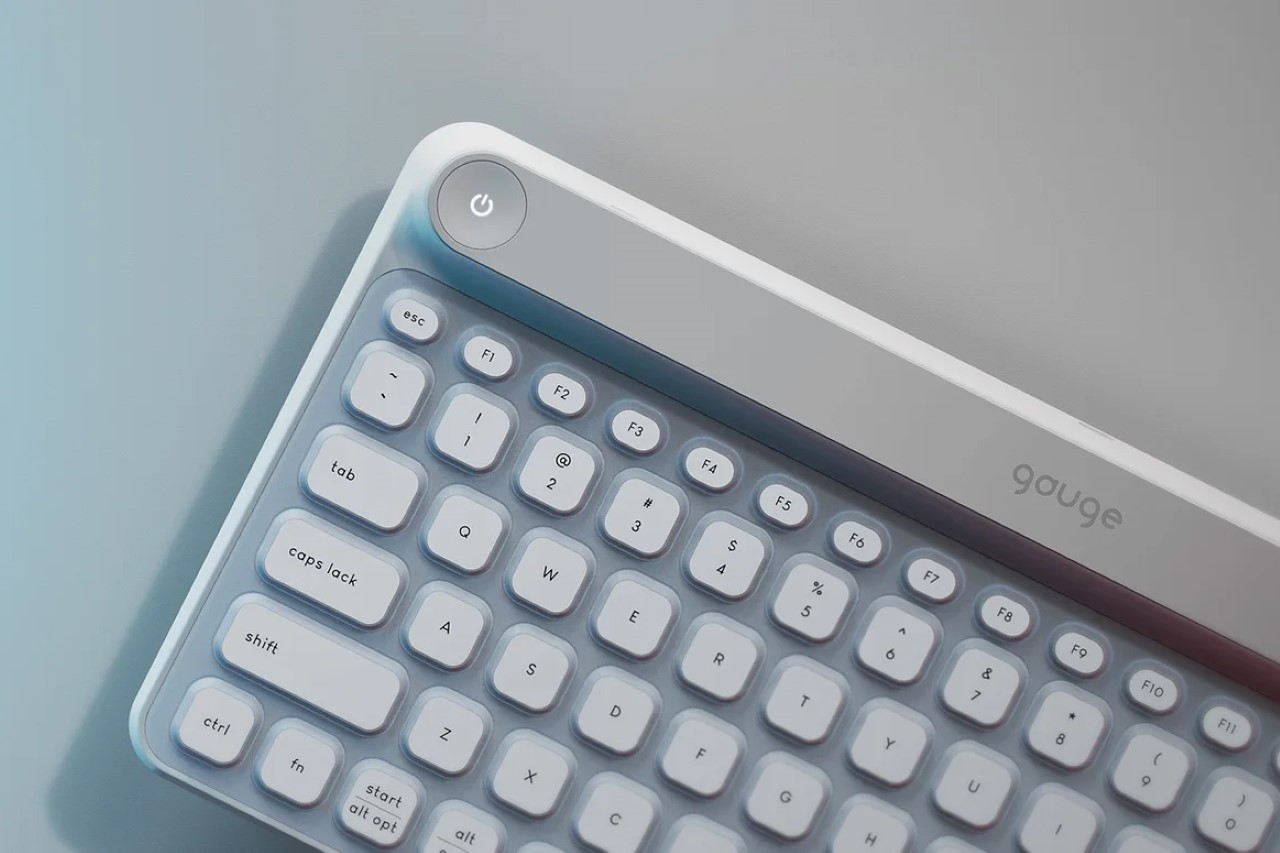
The keyboard is centered around universality, with keys that adapt and adjust to make everyone feel welcome. “In the modern society where various languages are used in one region, conventional keyboards consisting only of specific languages are difficult for a third-language user to use, making them feel discriminated,” says Designer Dot, the creator behind the keyboard concept. The keyboard’s display-based key system is a clever way to help it change layouts on command. Electronic ink offers a high contrast while consuming hardly any power… although it would be impossible to add a backlight to this keyboard.


In all honesty, Gauge’s display is really a static island with a dynamic interior. The island doesn’t change in shape or size like it does on the iPhone 14 Pro, but it itself is dynamic. It functions as a touch bar, widget, and notification center all at once, giving you a secondary screen to look at when your main screen is busy with information. The dynamic island can function as a touch bar, letting you access an app tray, or can even help display information like alerts, weather updates, or other information like flight information as shown in the GIF above.
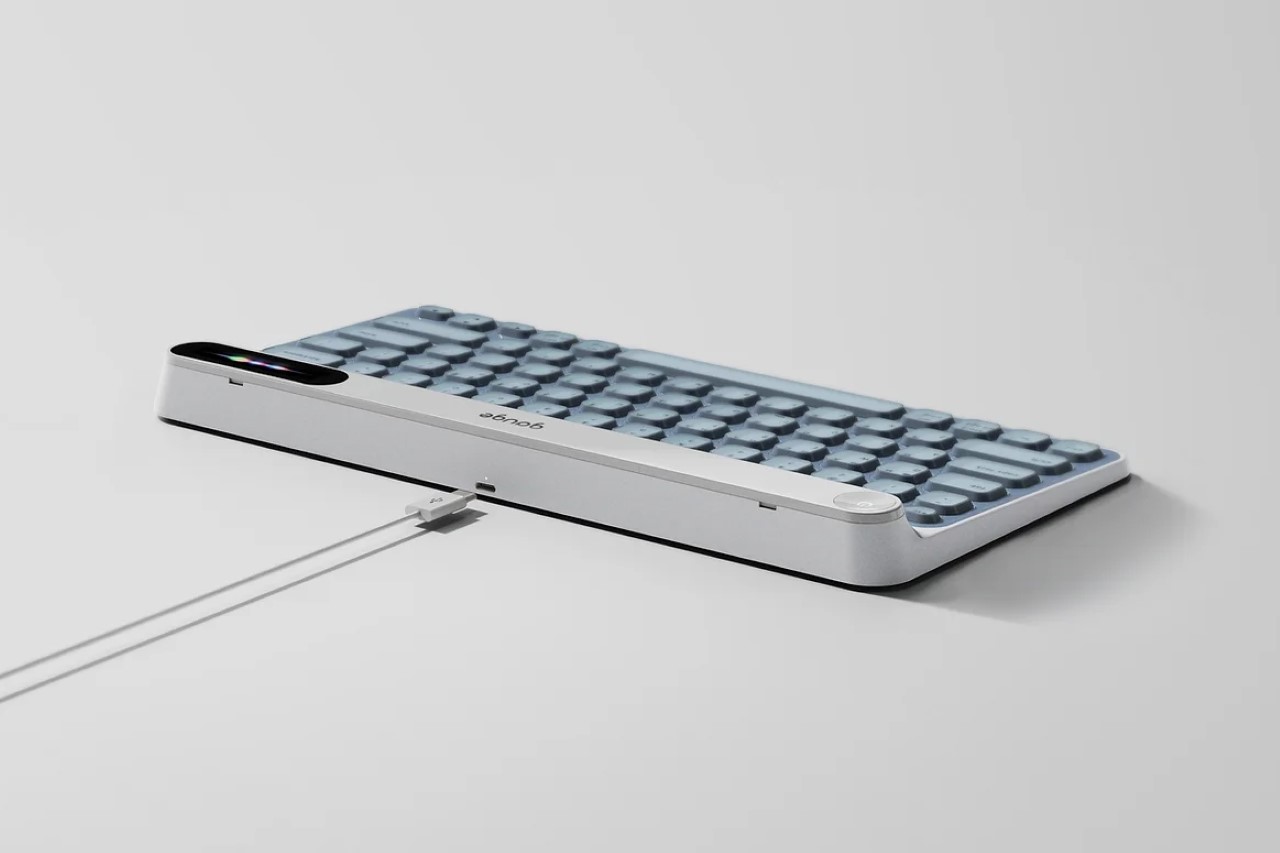
The rest of the keyboard’s design feels fairly standard. It’s tilted at a slight angle, offering ergonomic support, while the keys themselves sit within a silicone enclosure that helps dampen the noise created while typing. The keyboard also has silicone feet that keep it from slipping around, and a USB-C on the back helps charge the device, which otherwise is designed to be entirely wireless.
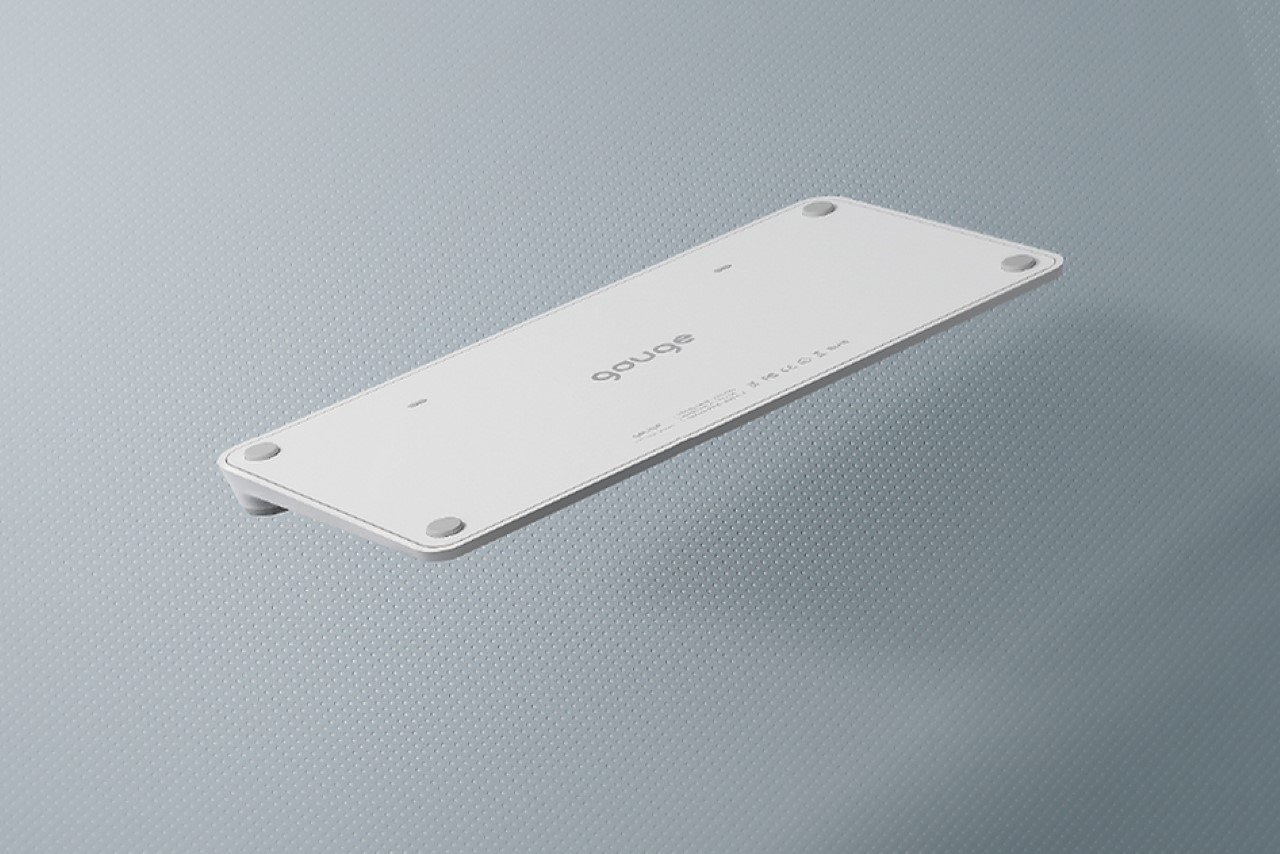
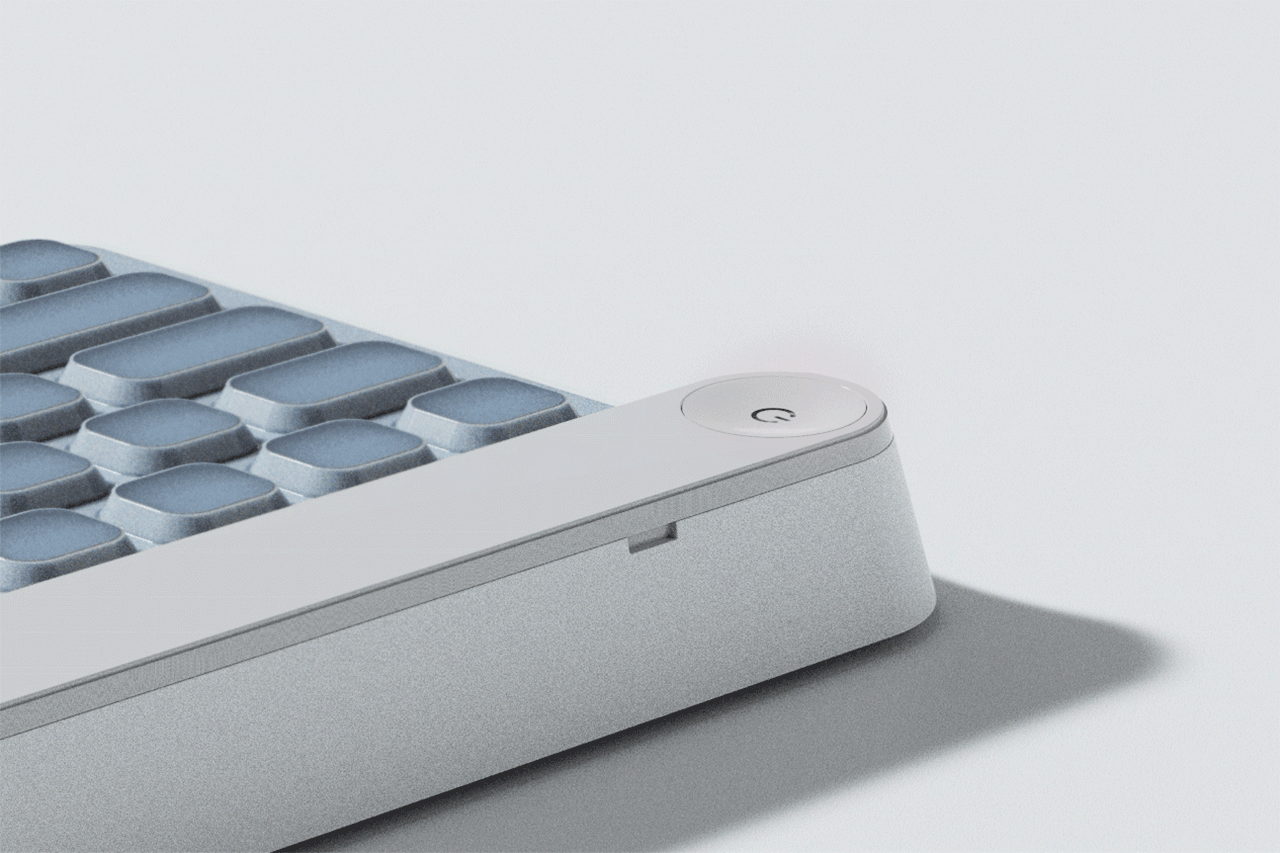
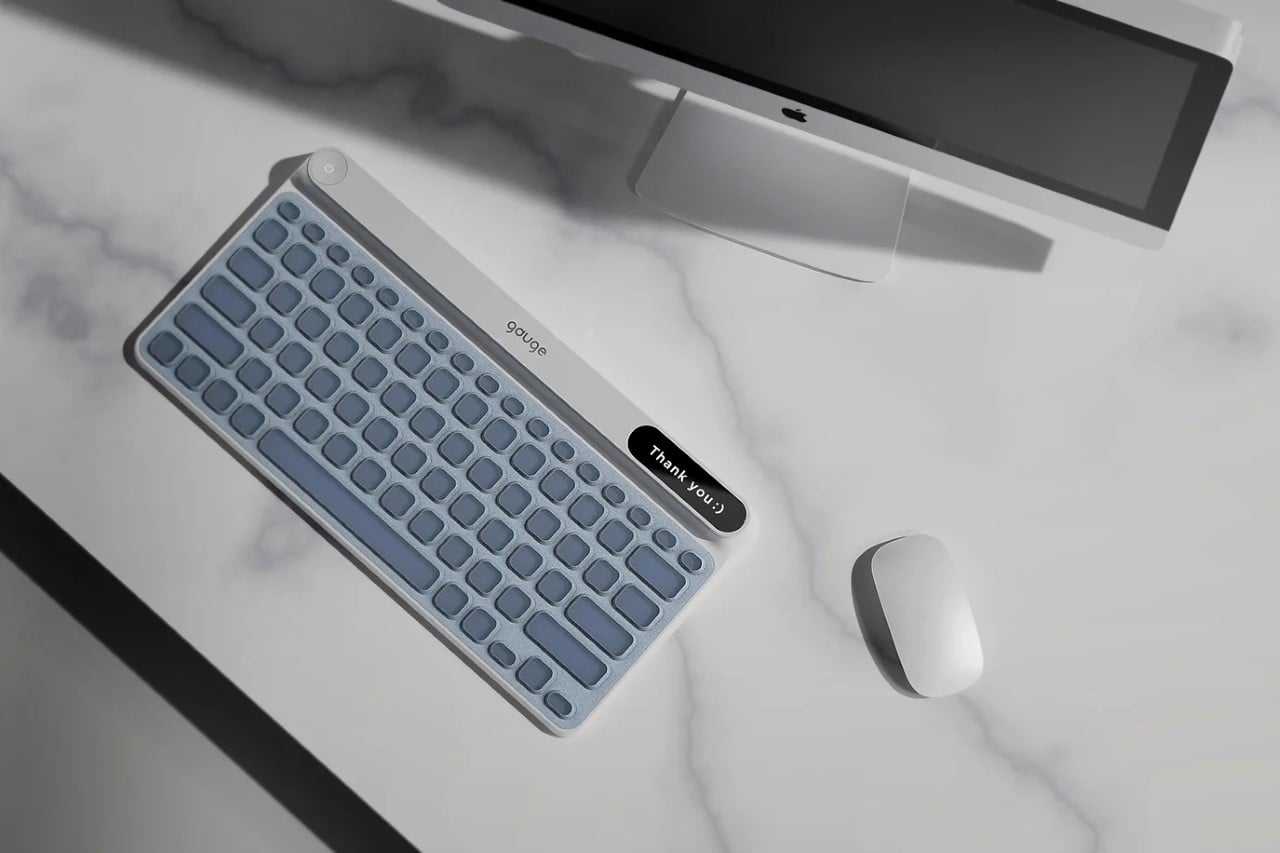
The post This keyboard comes with its own ‘Dynamic Island’ and electronic ink keys that change languages first appeared on Yanko Design.
